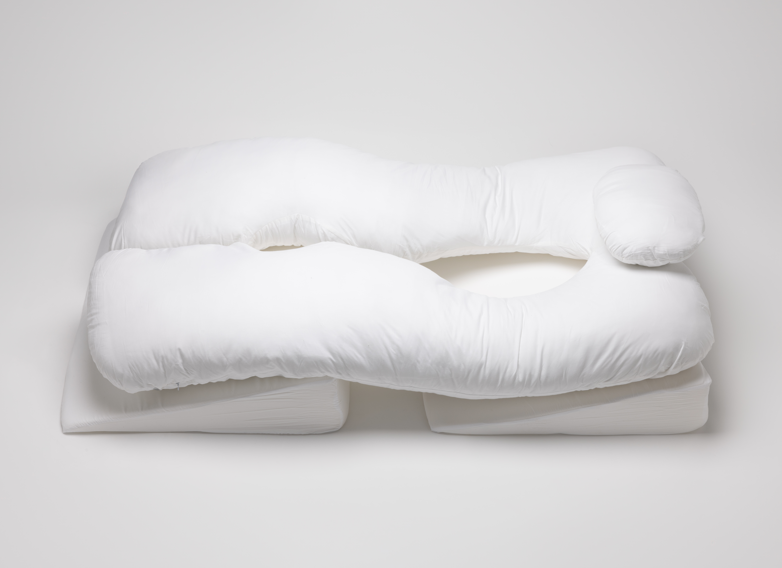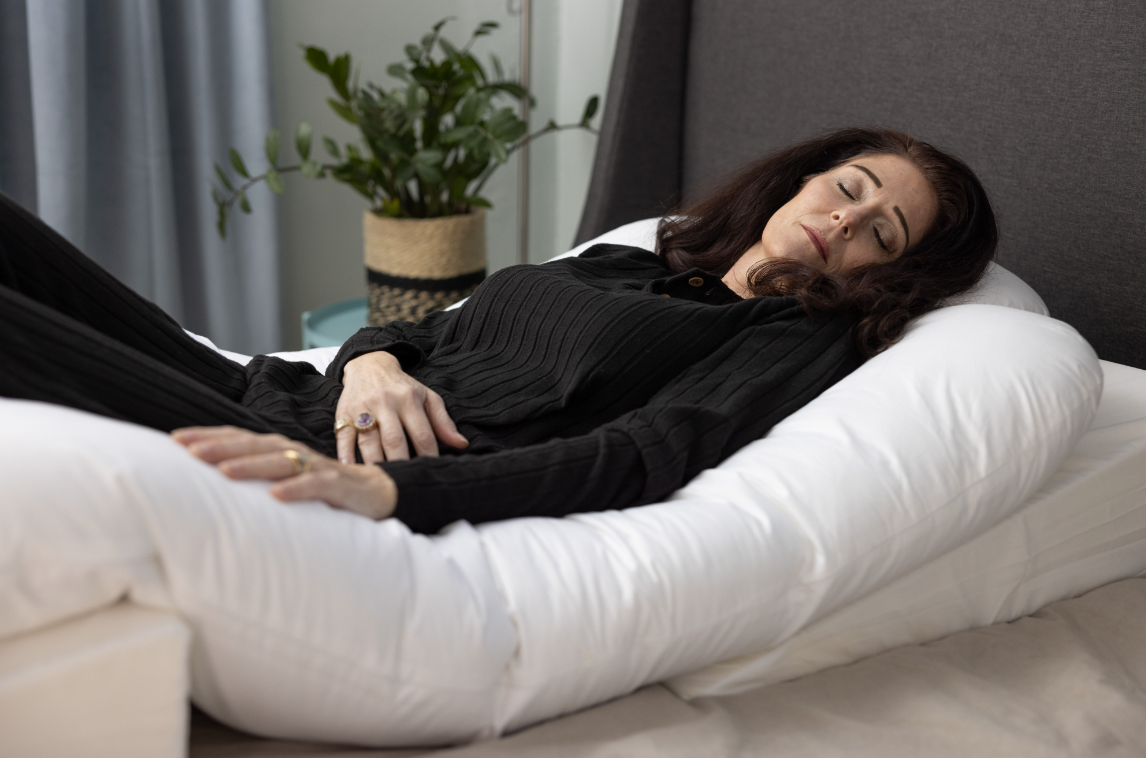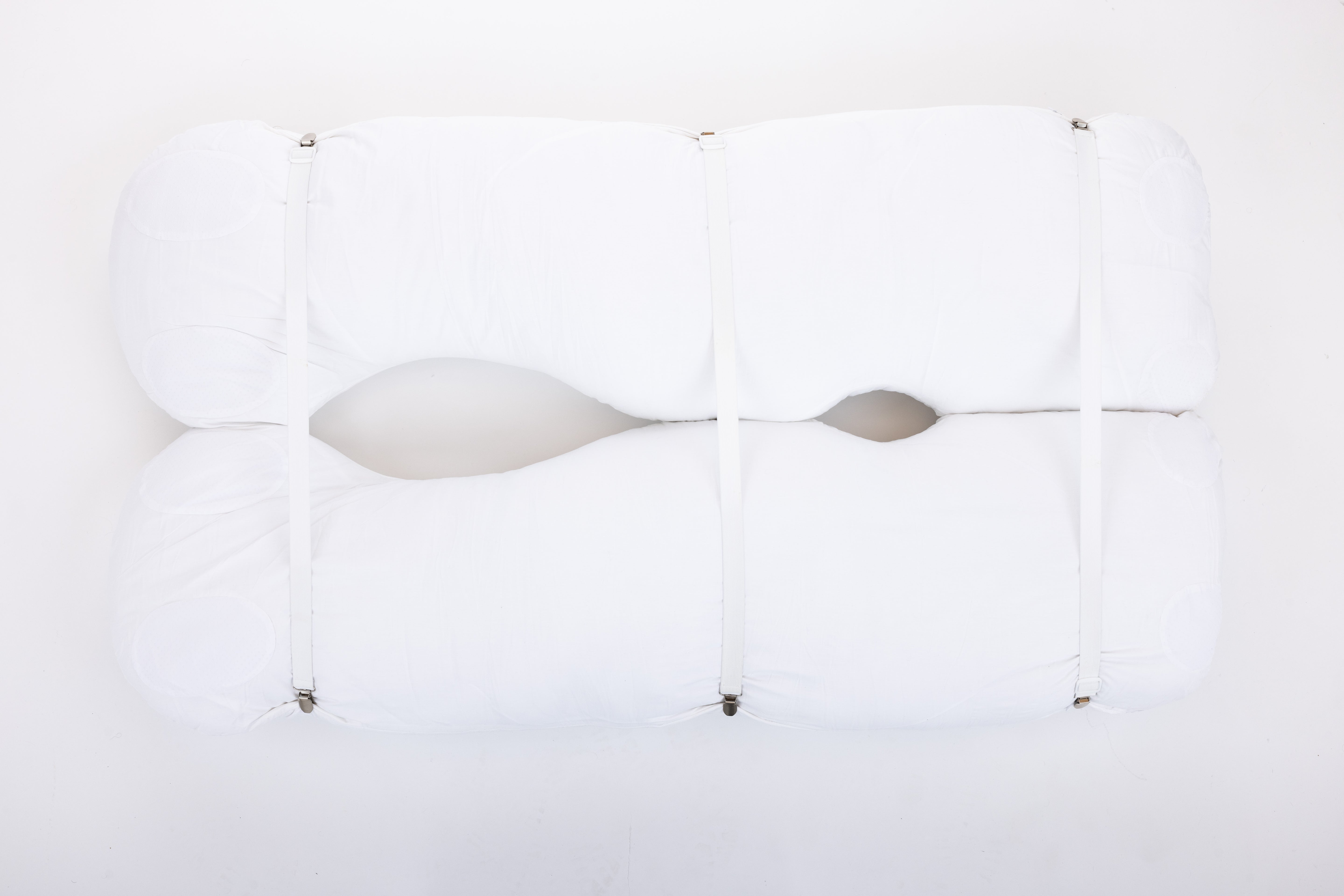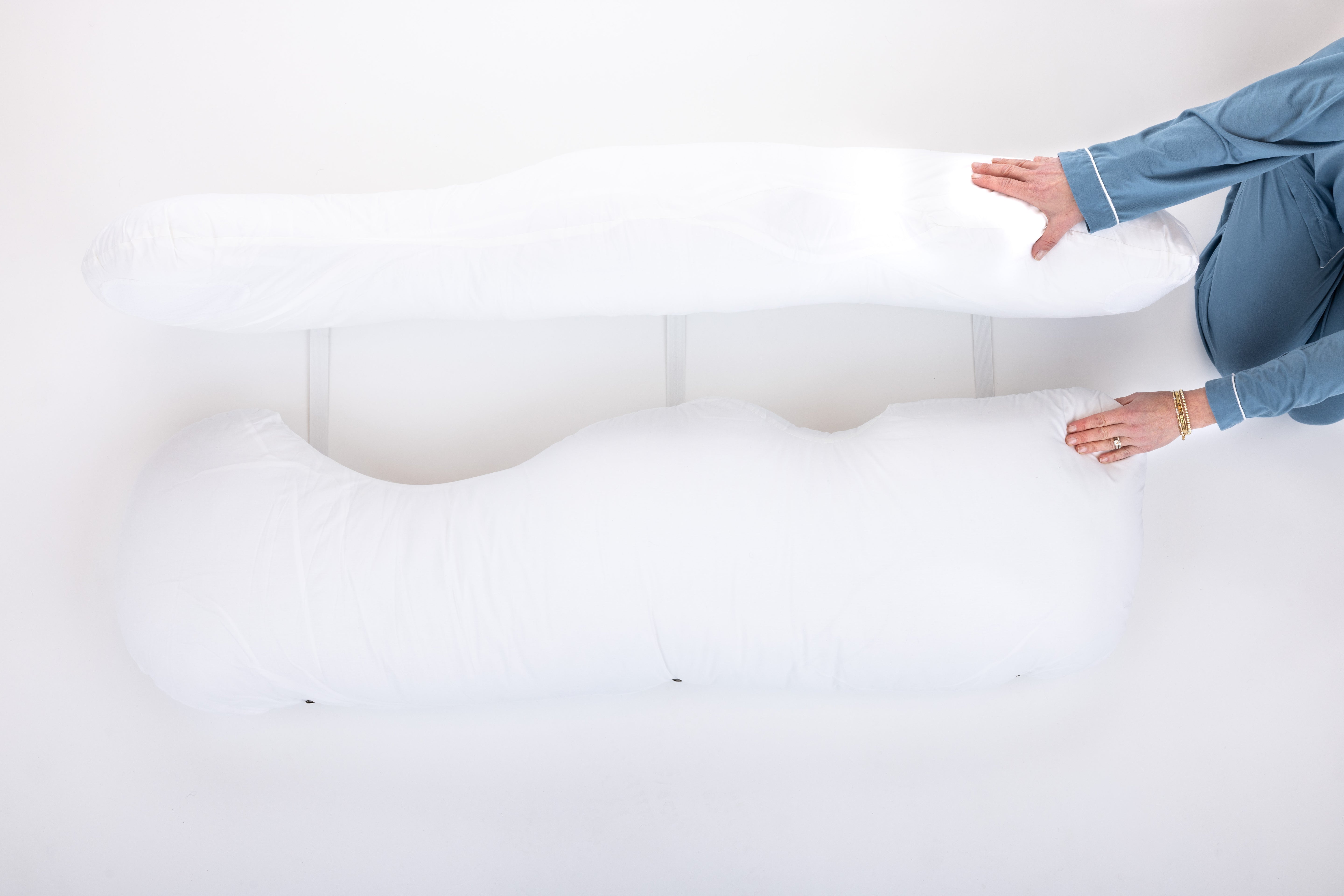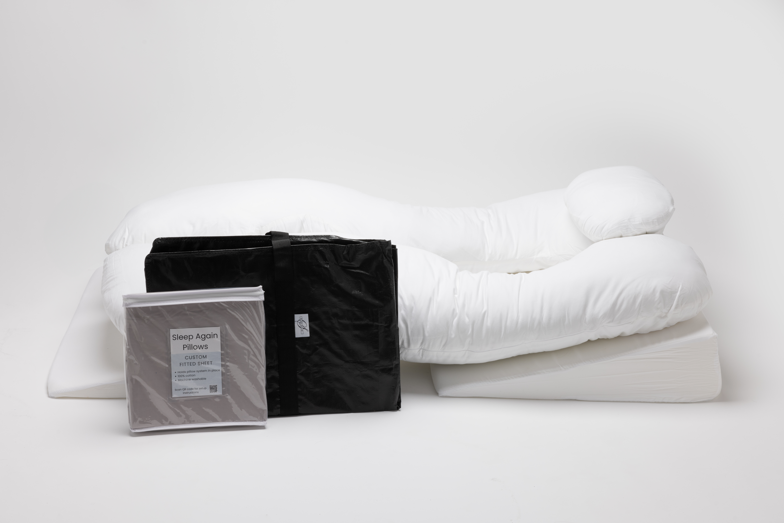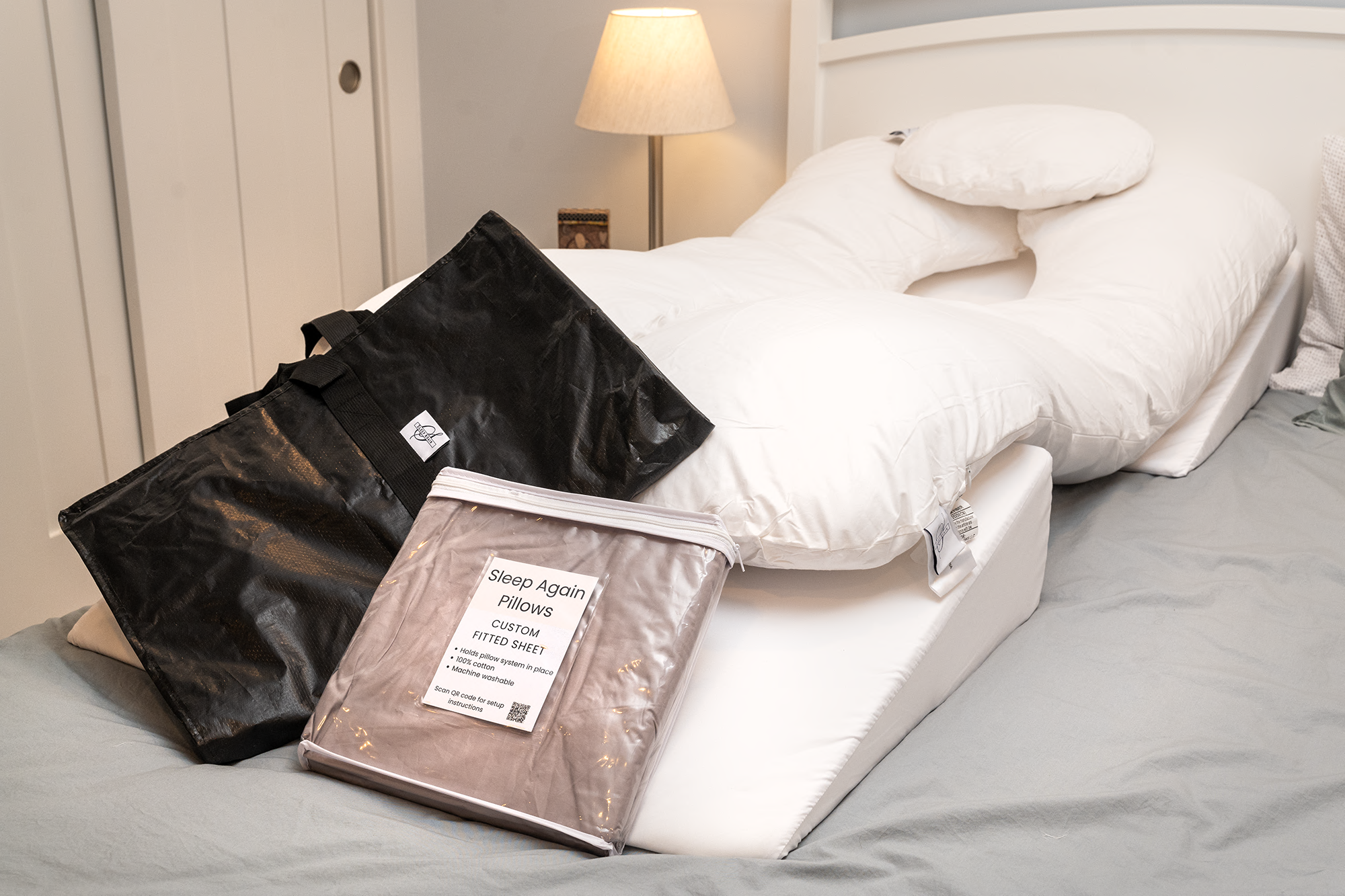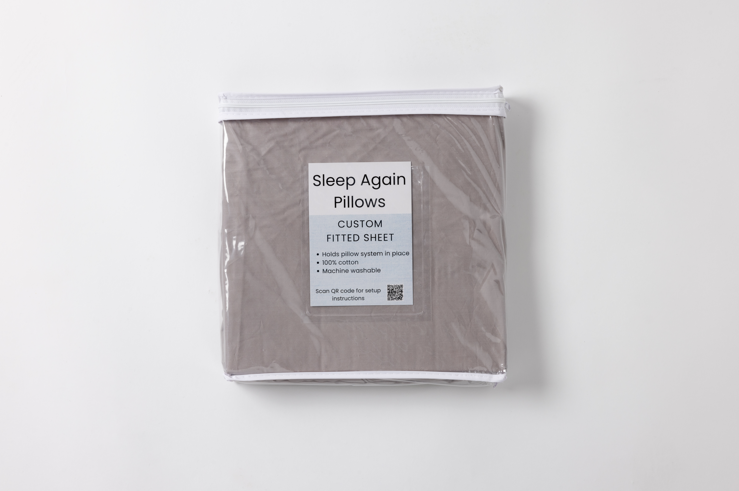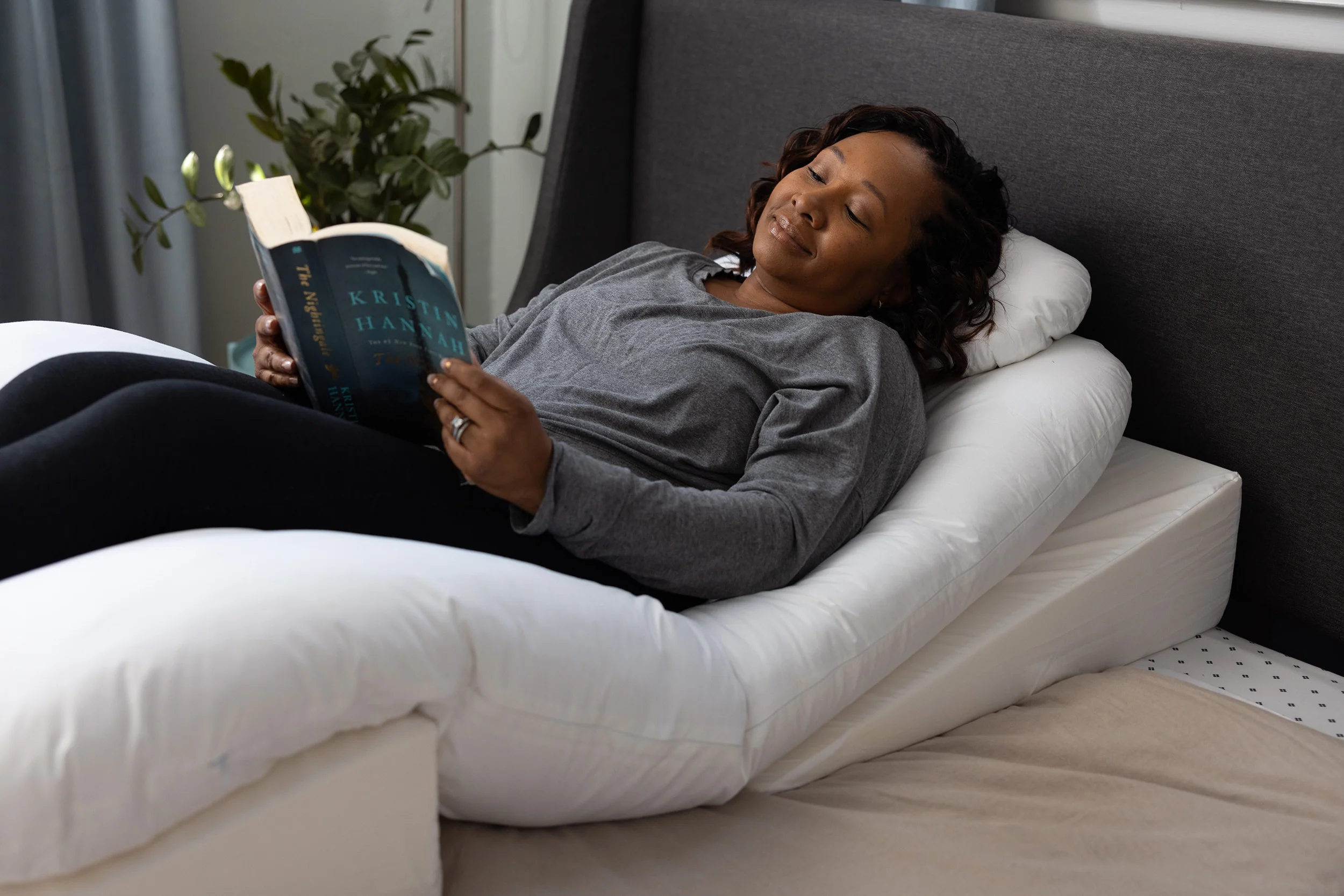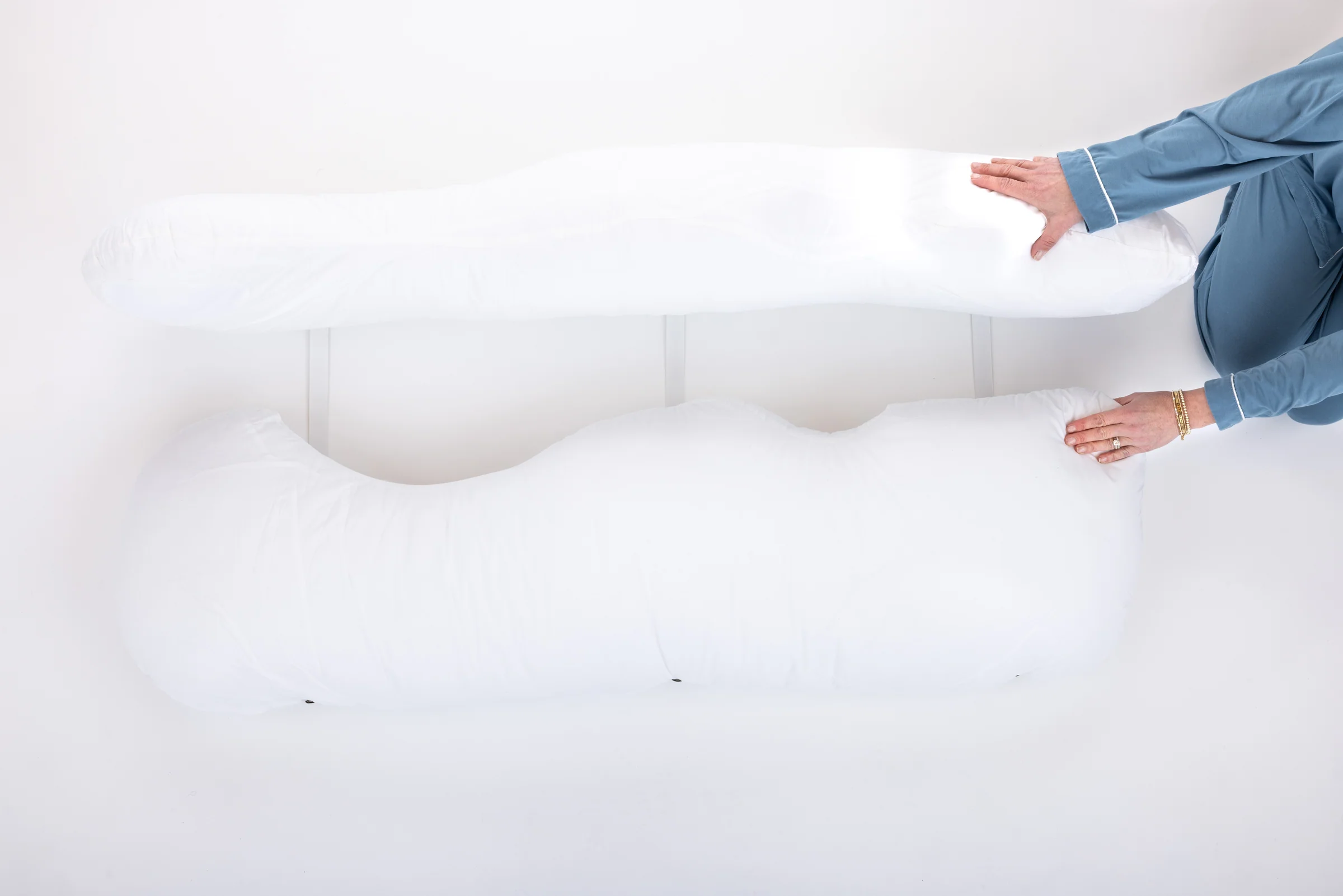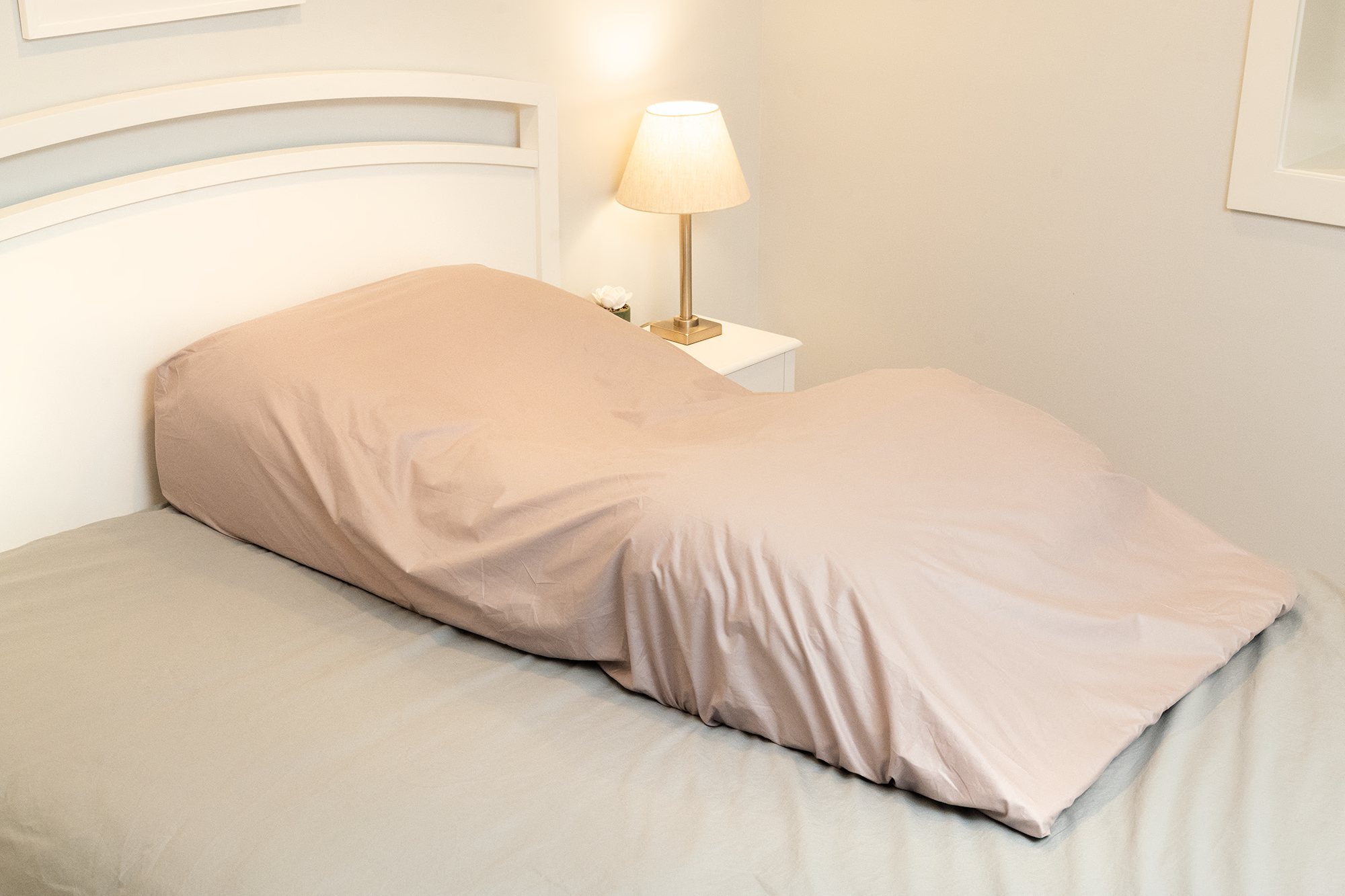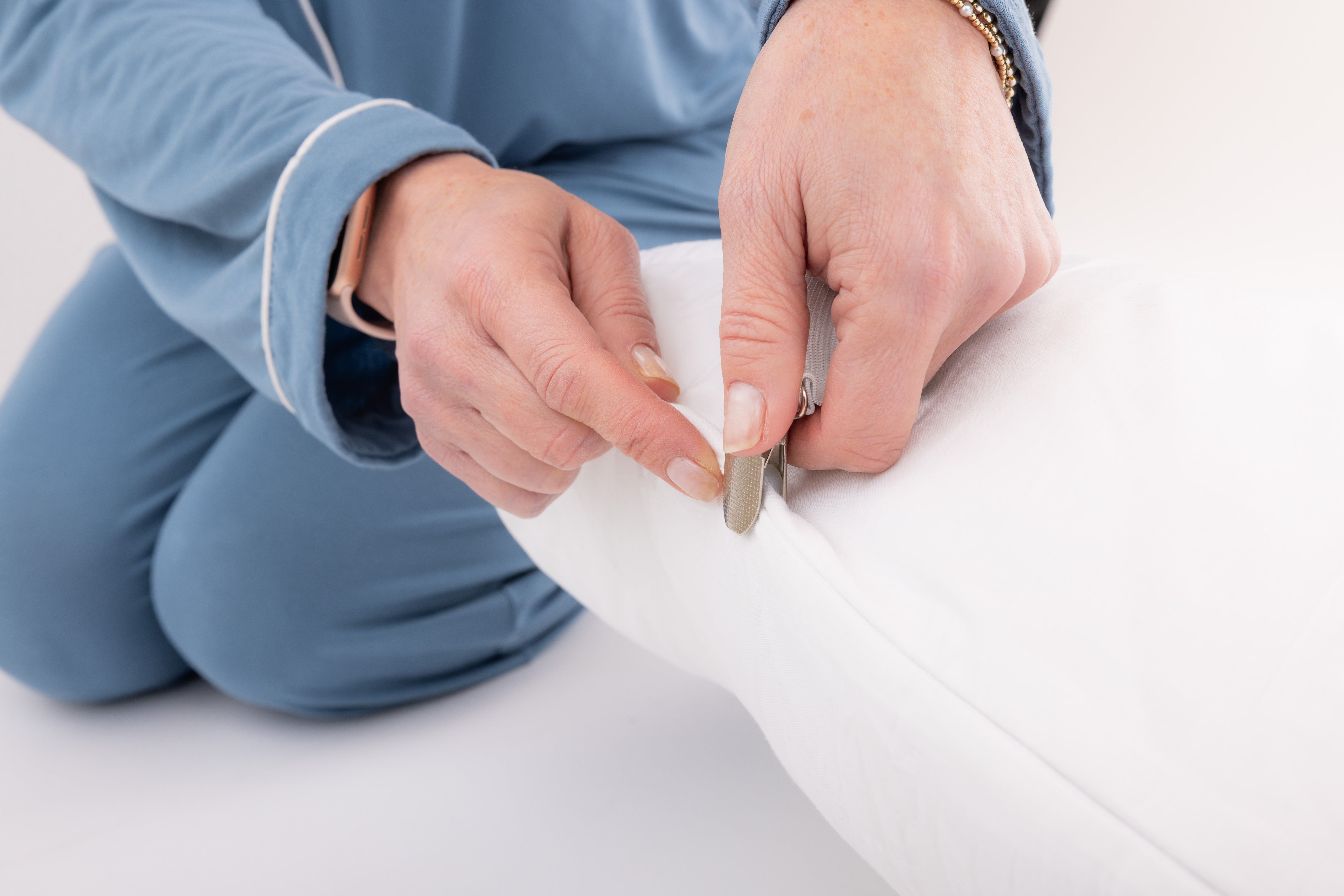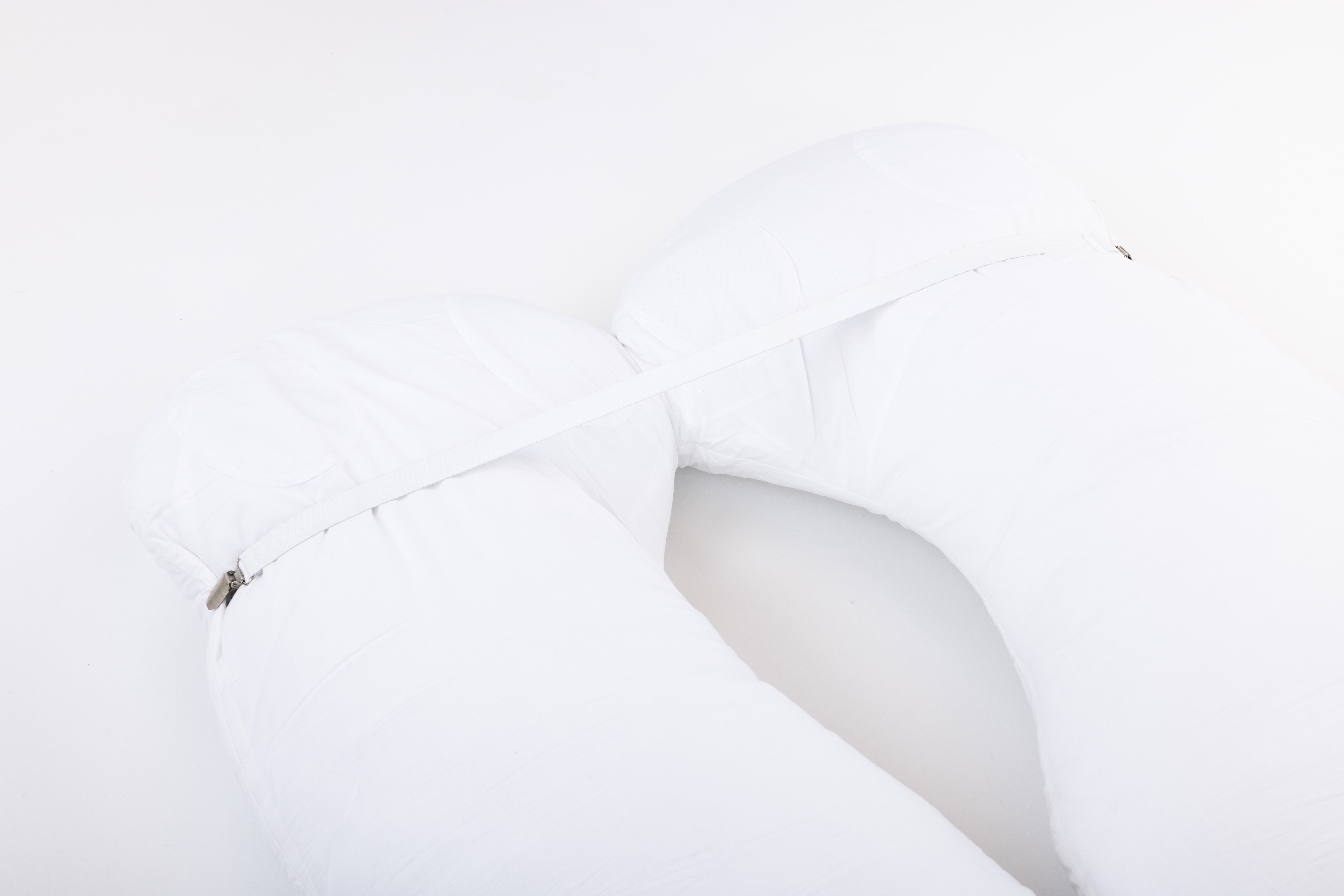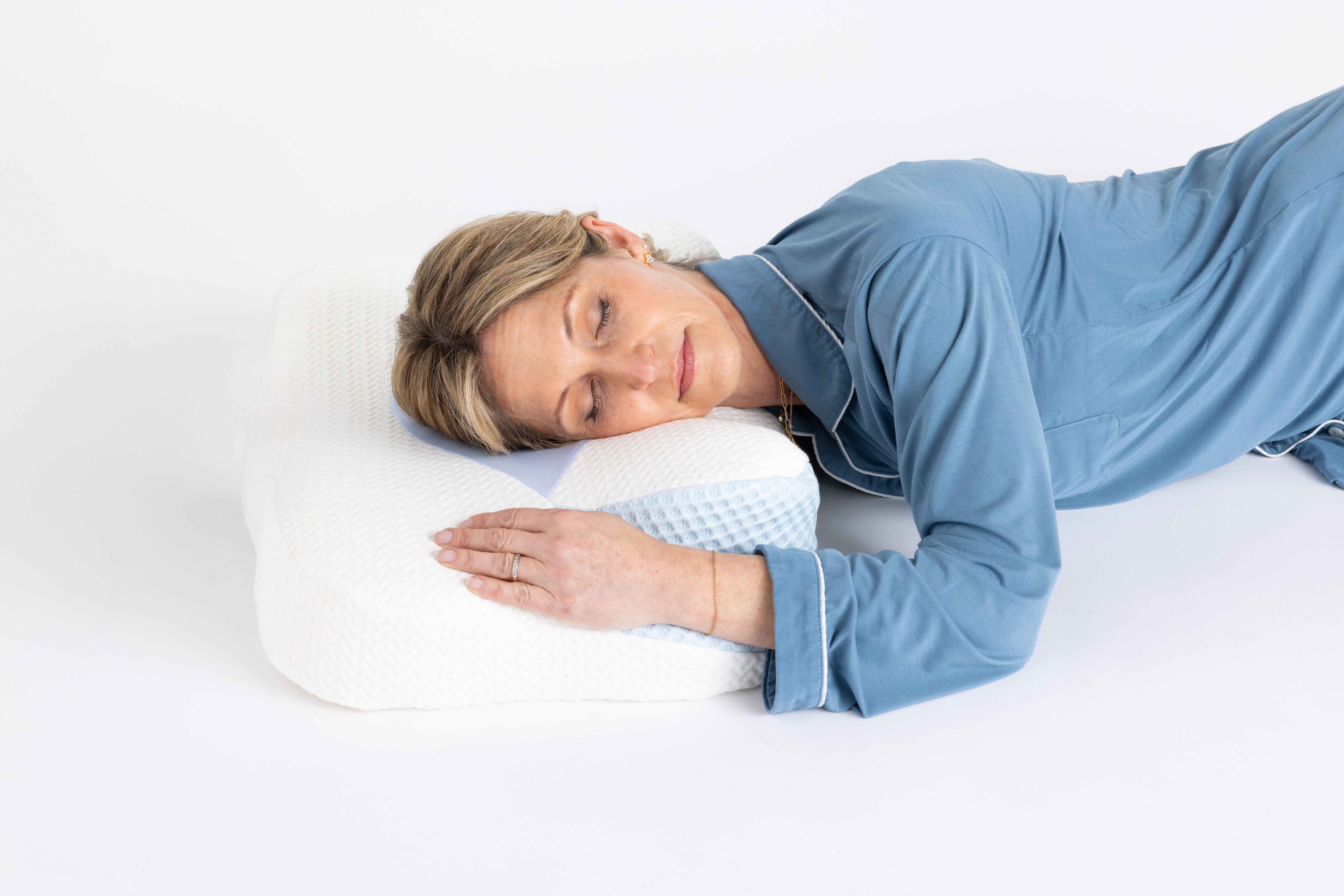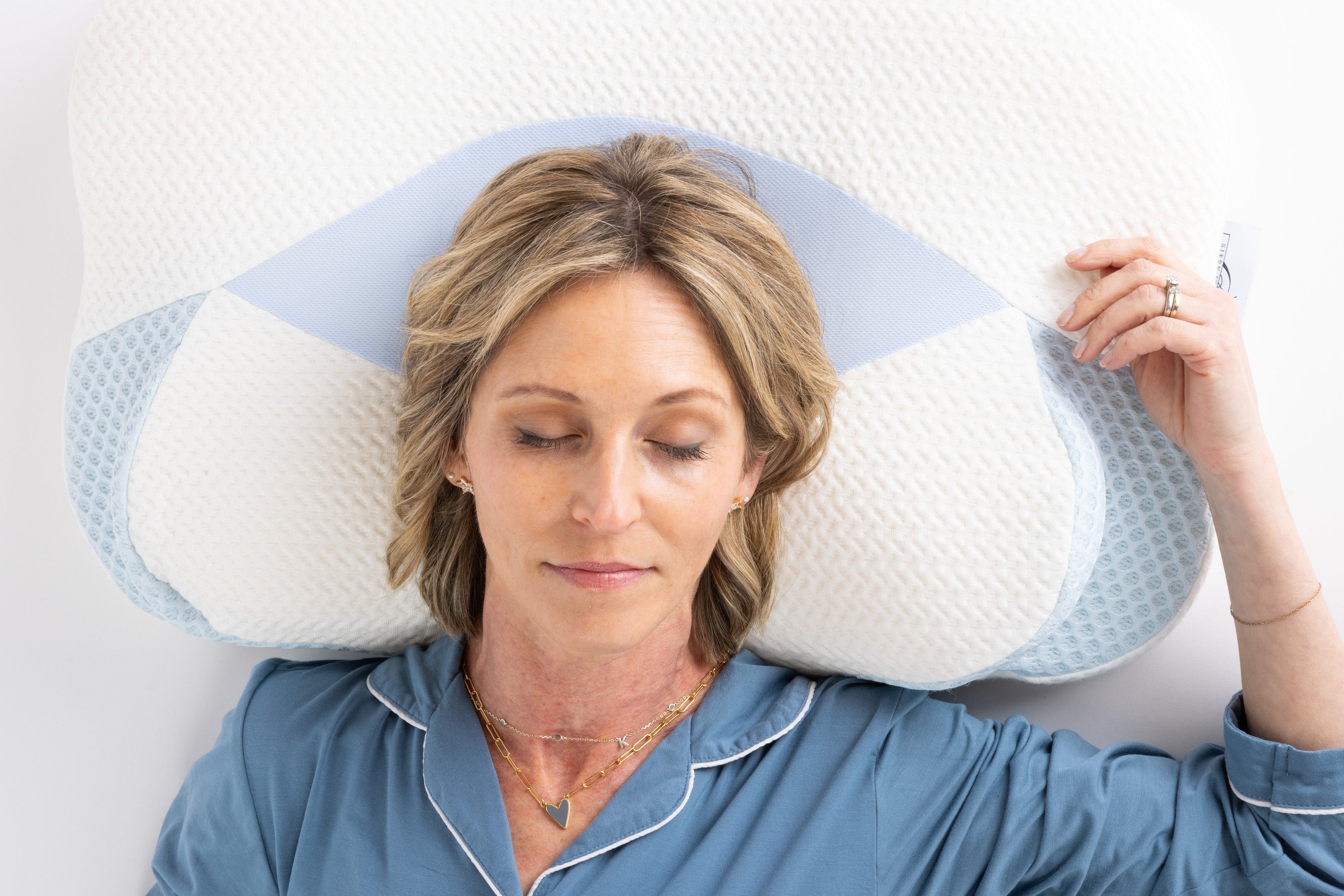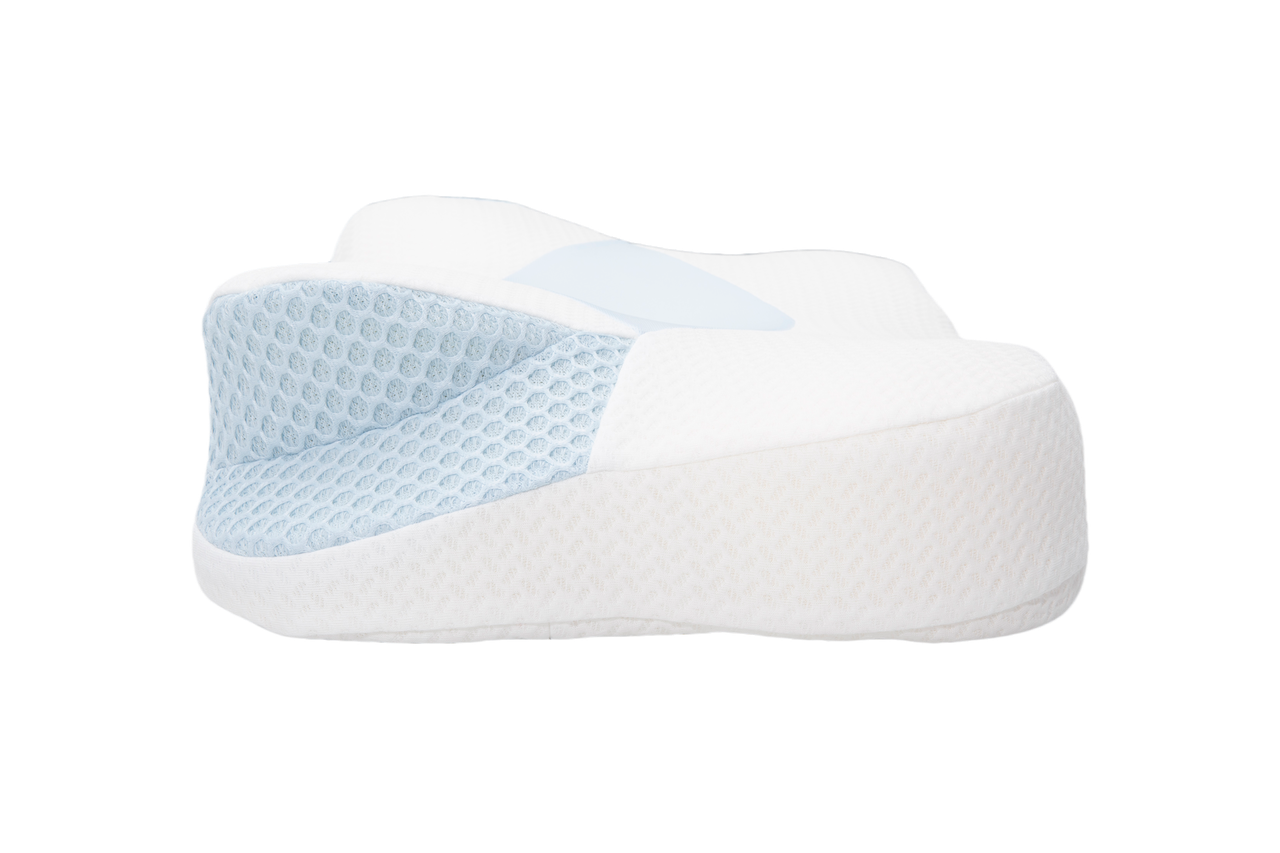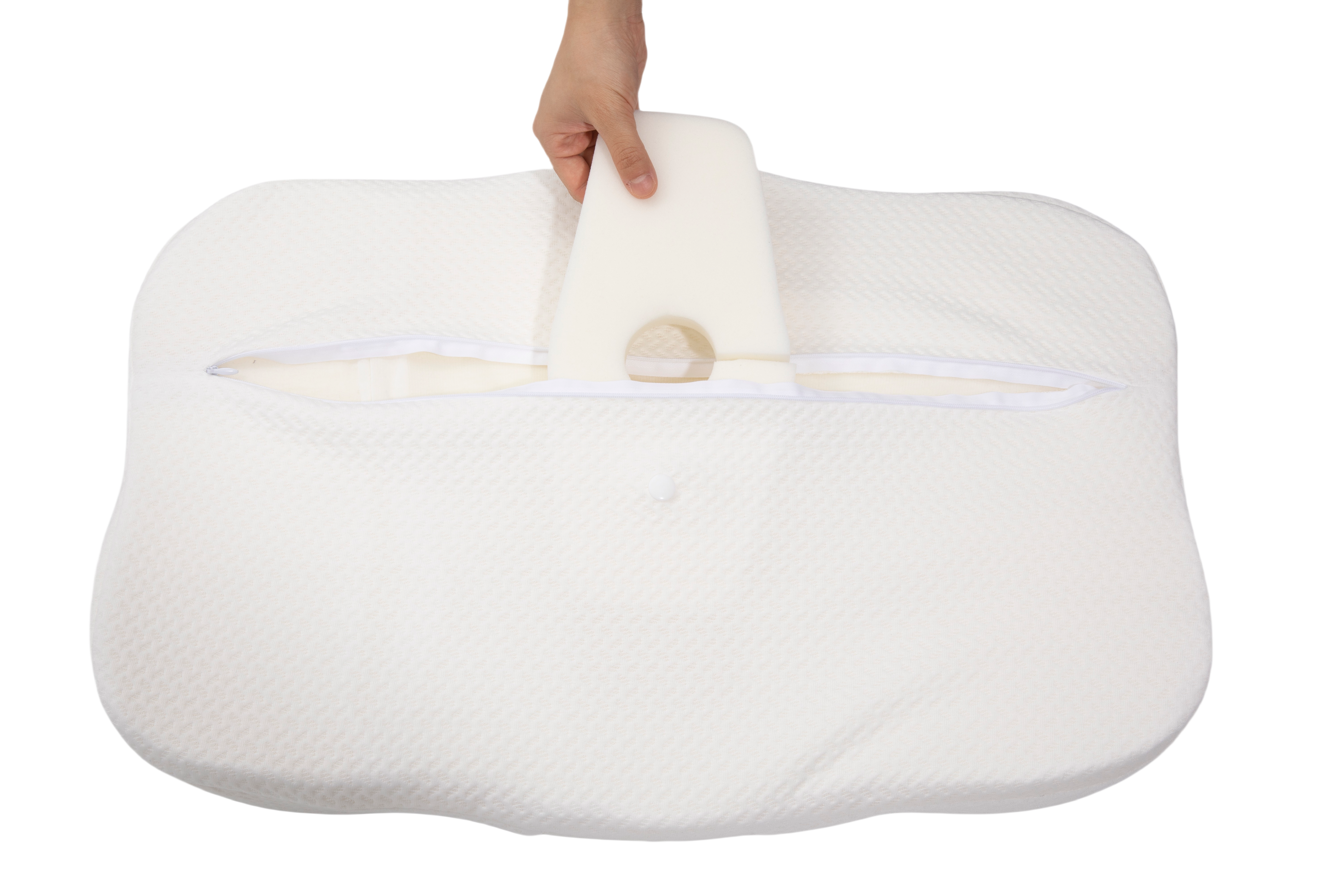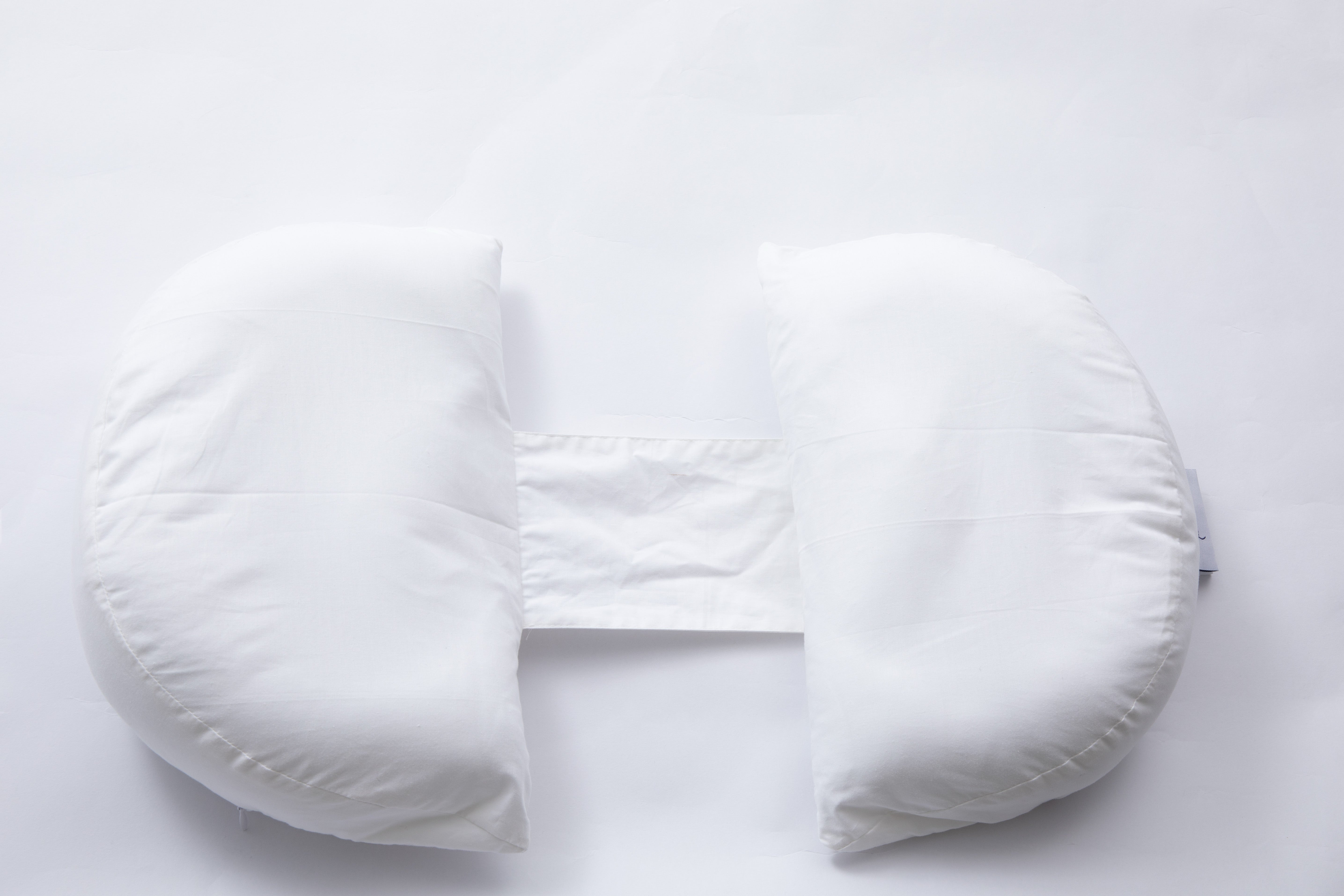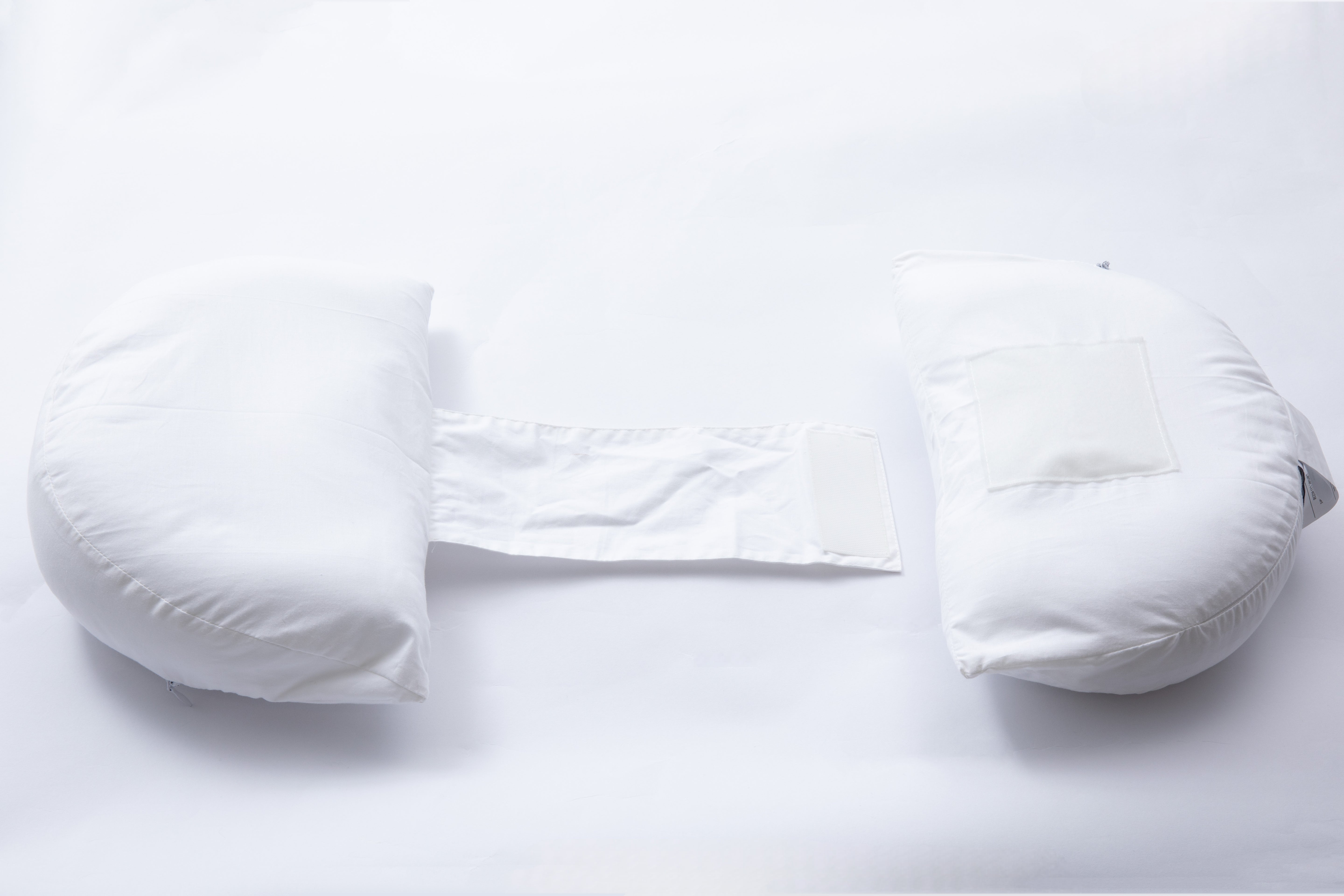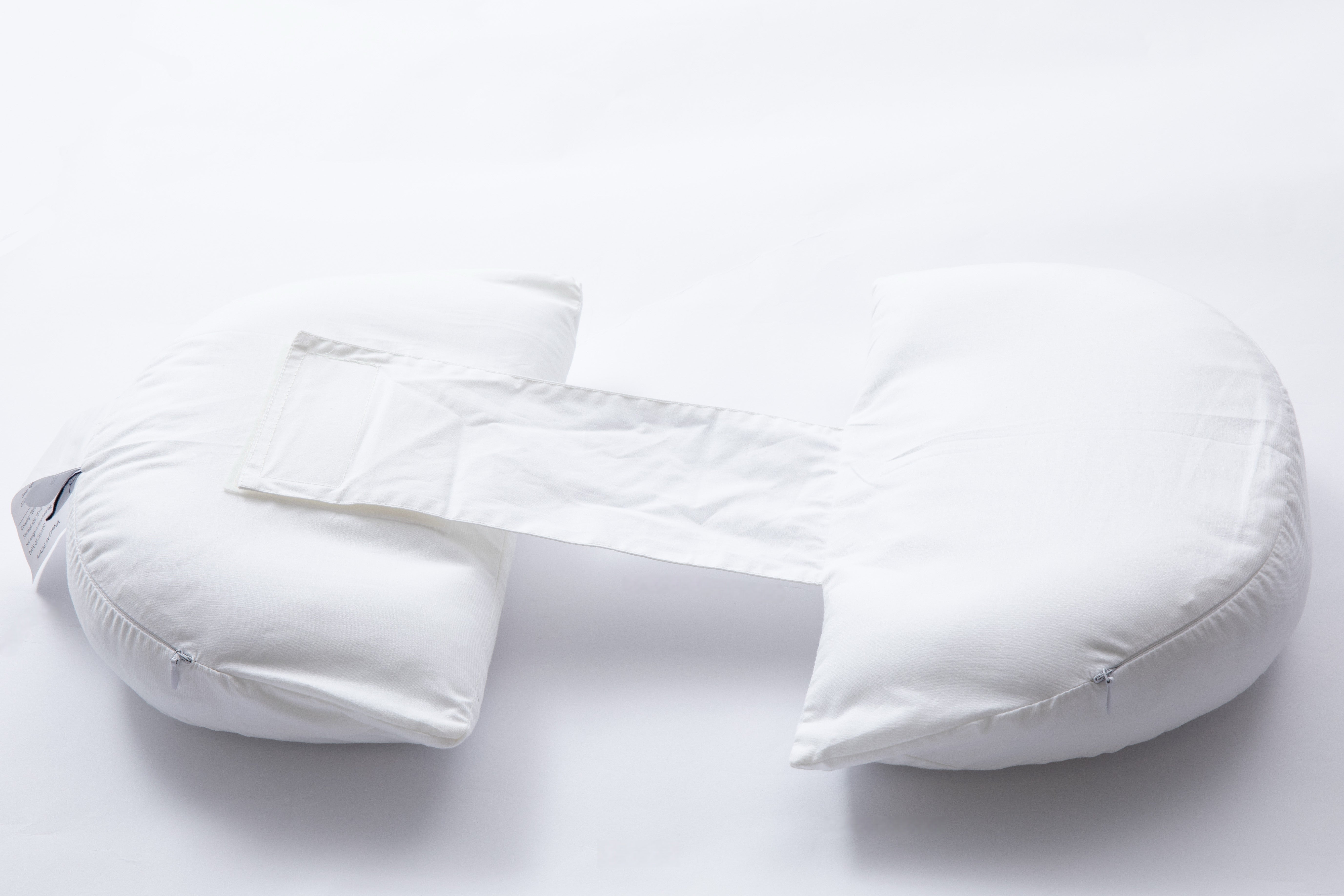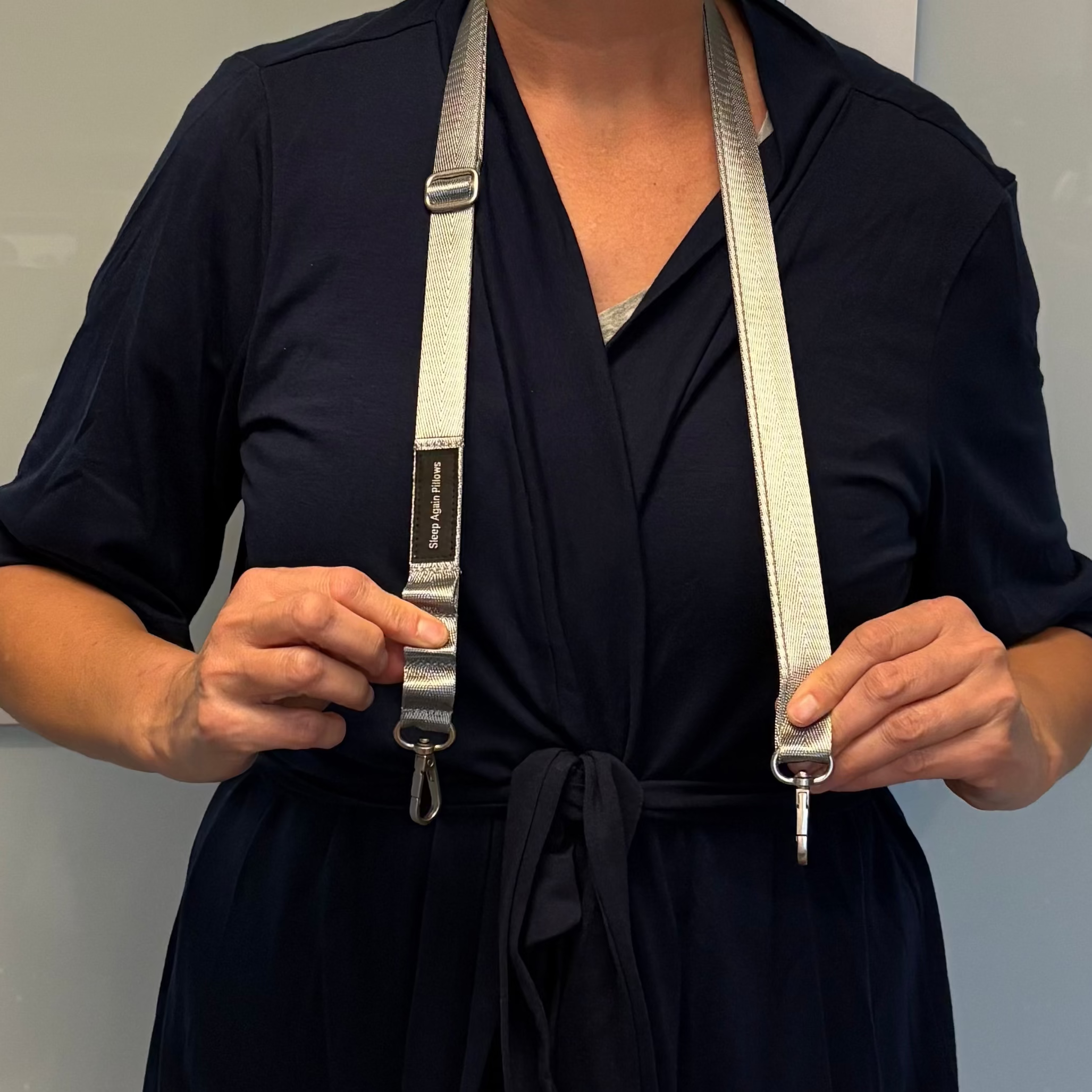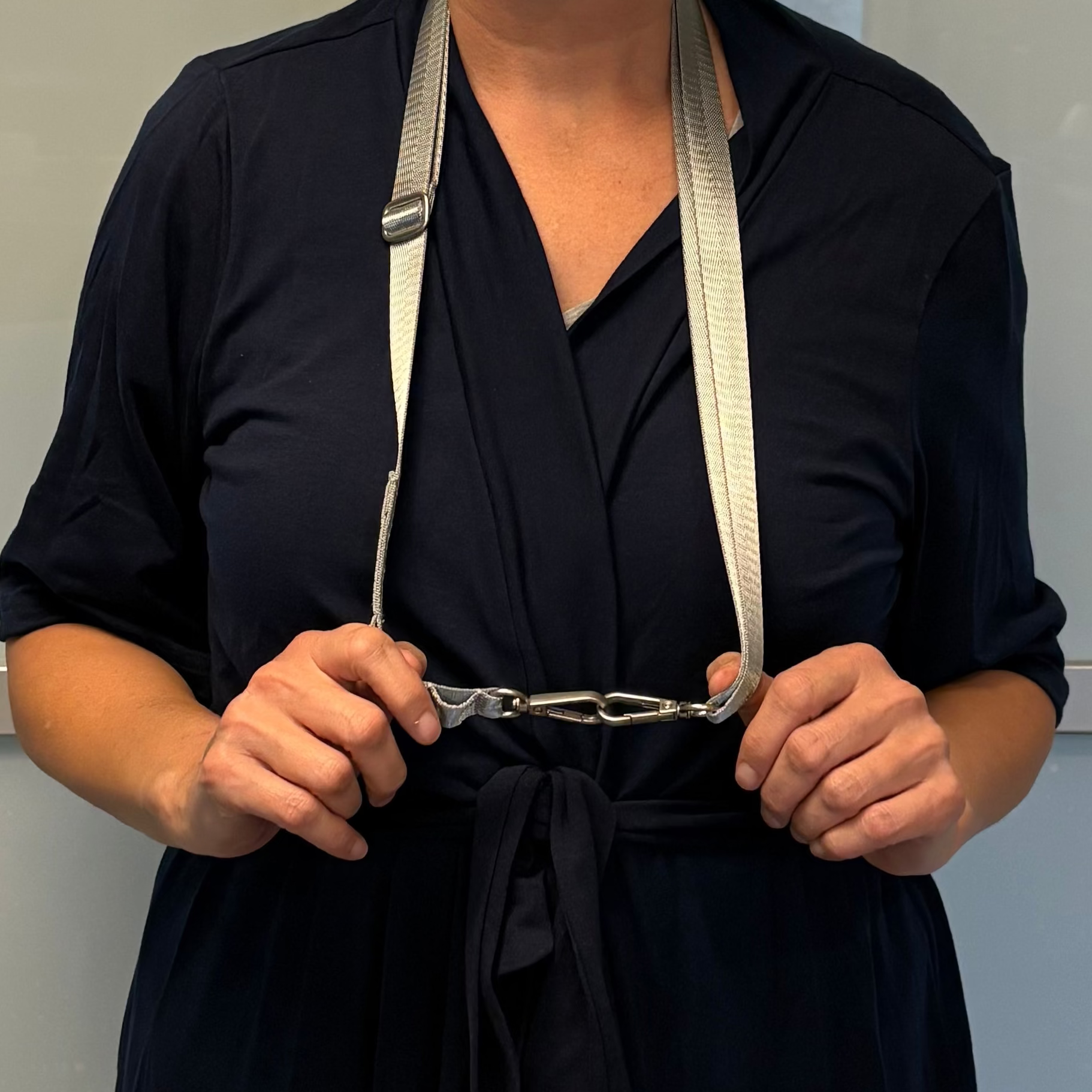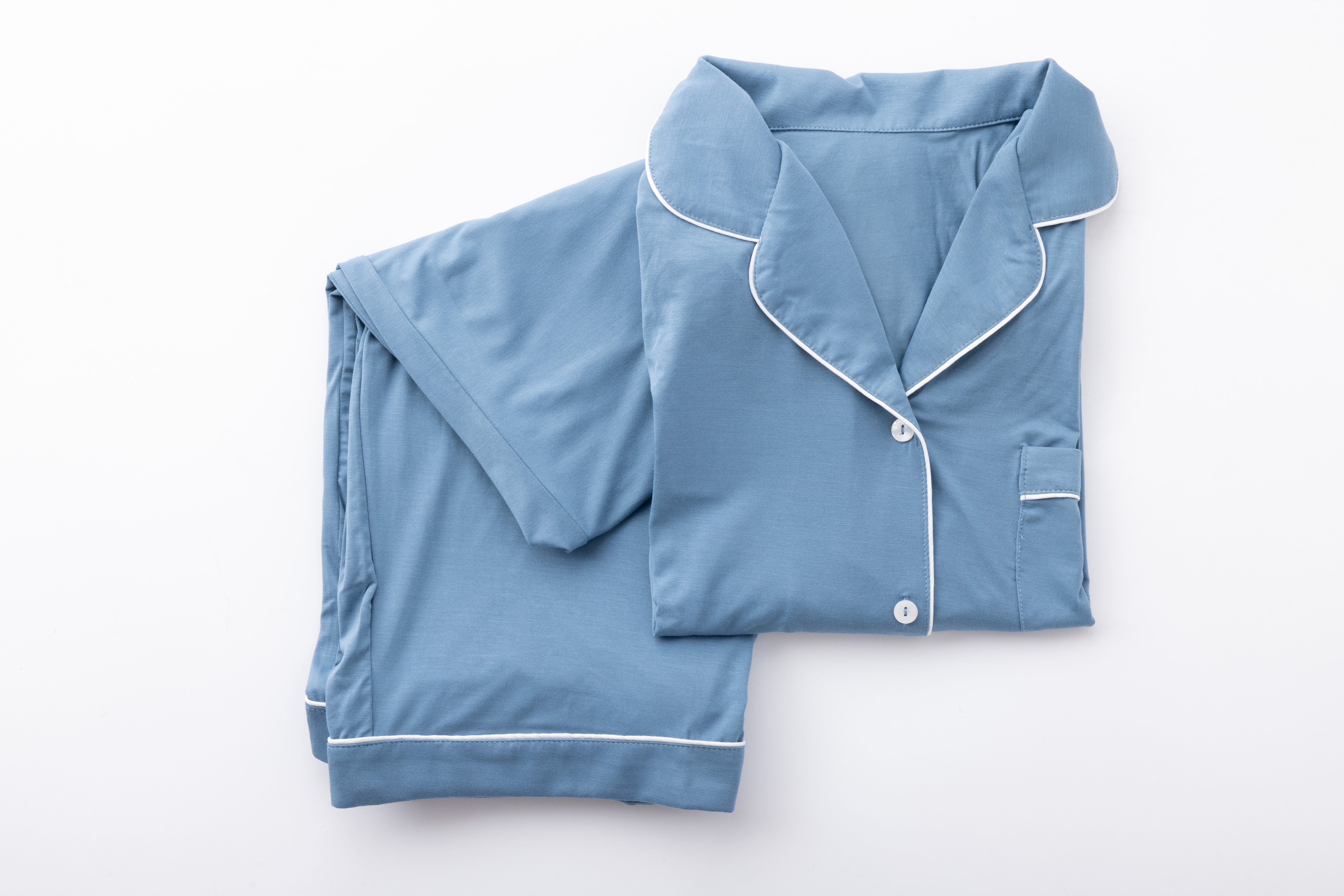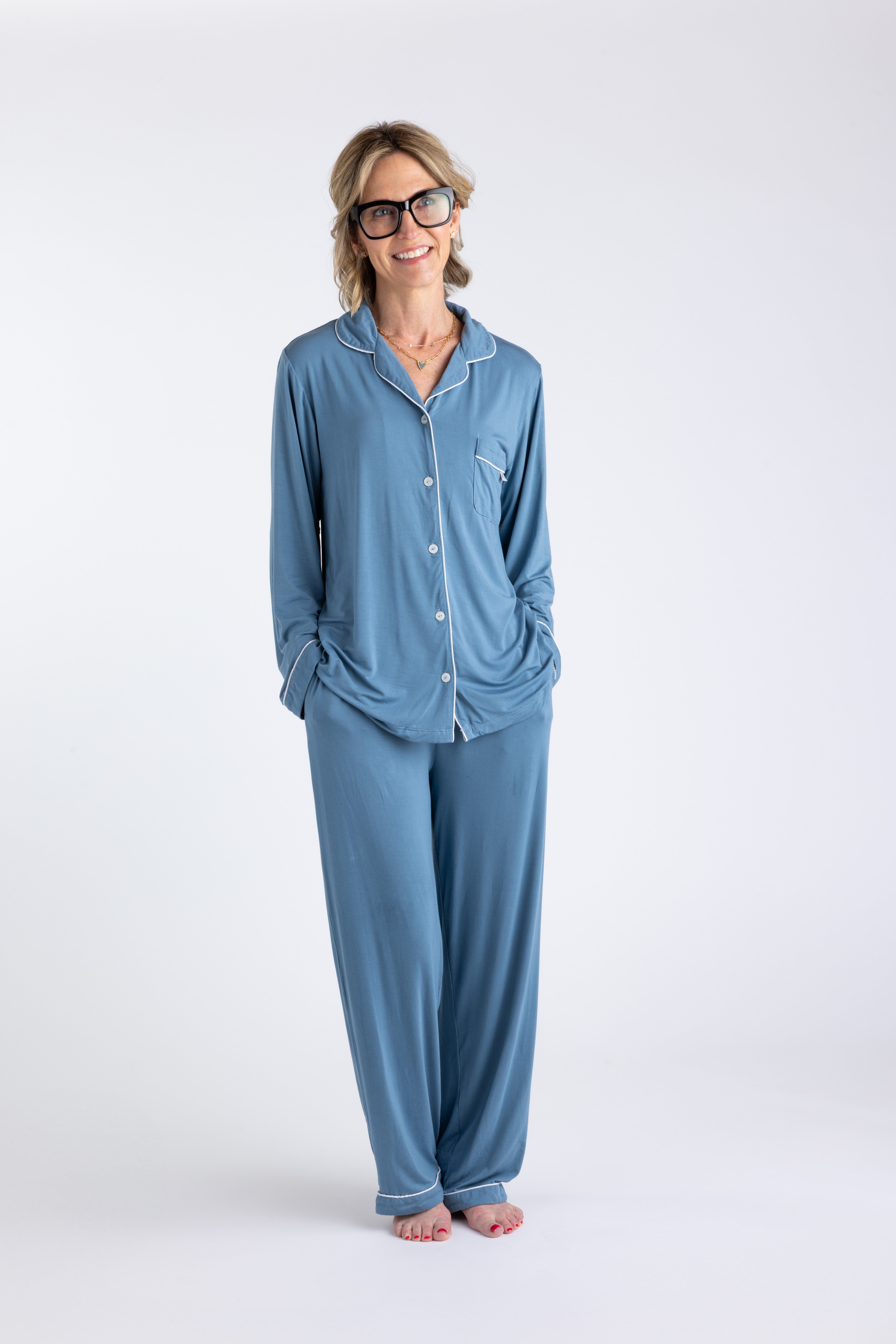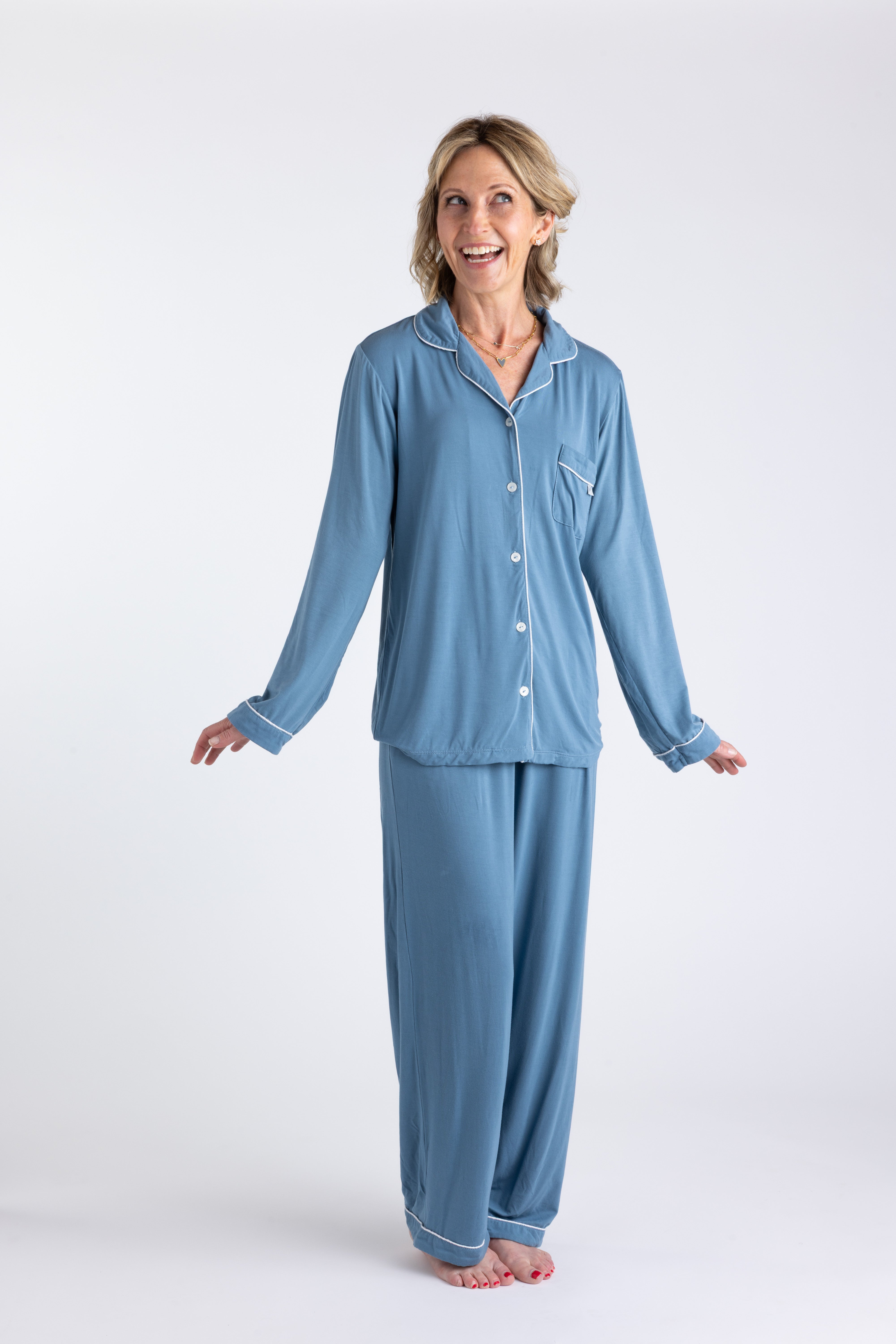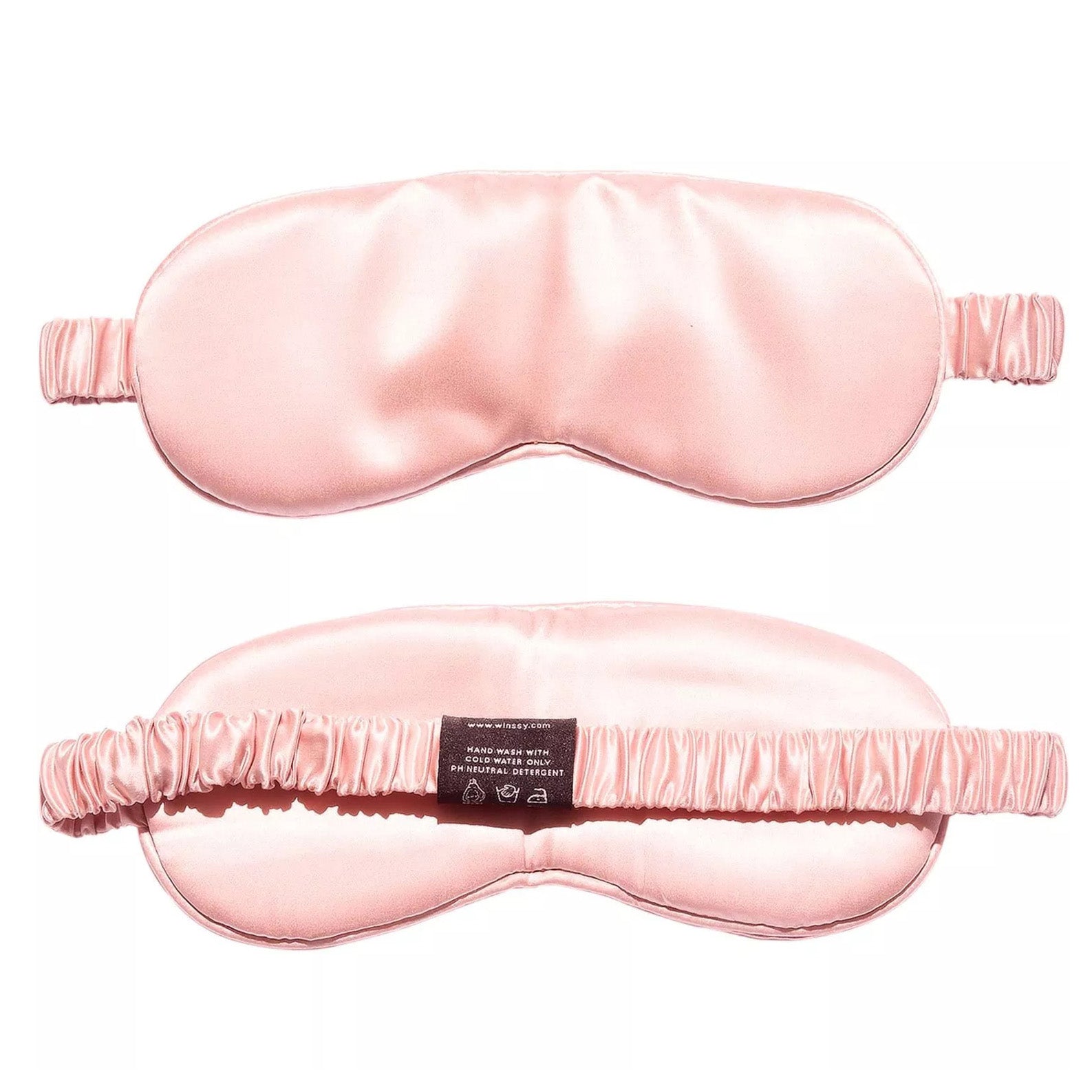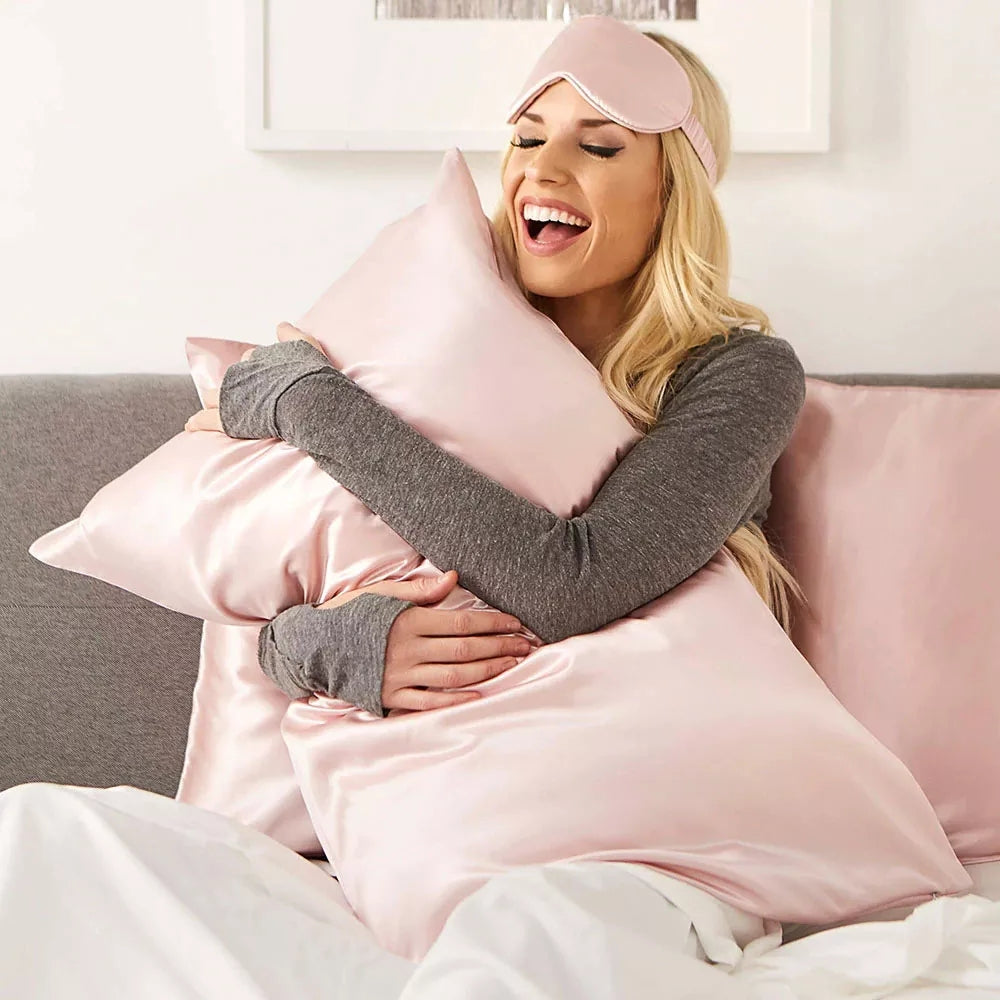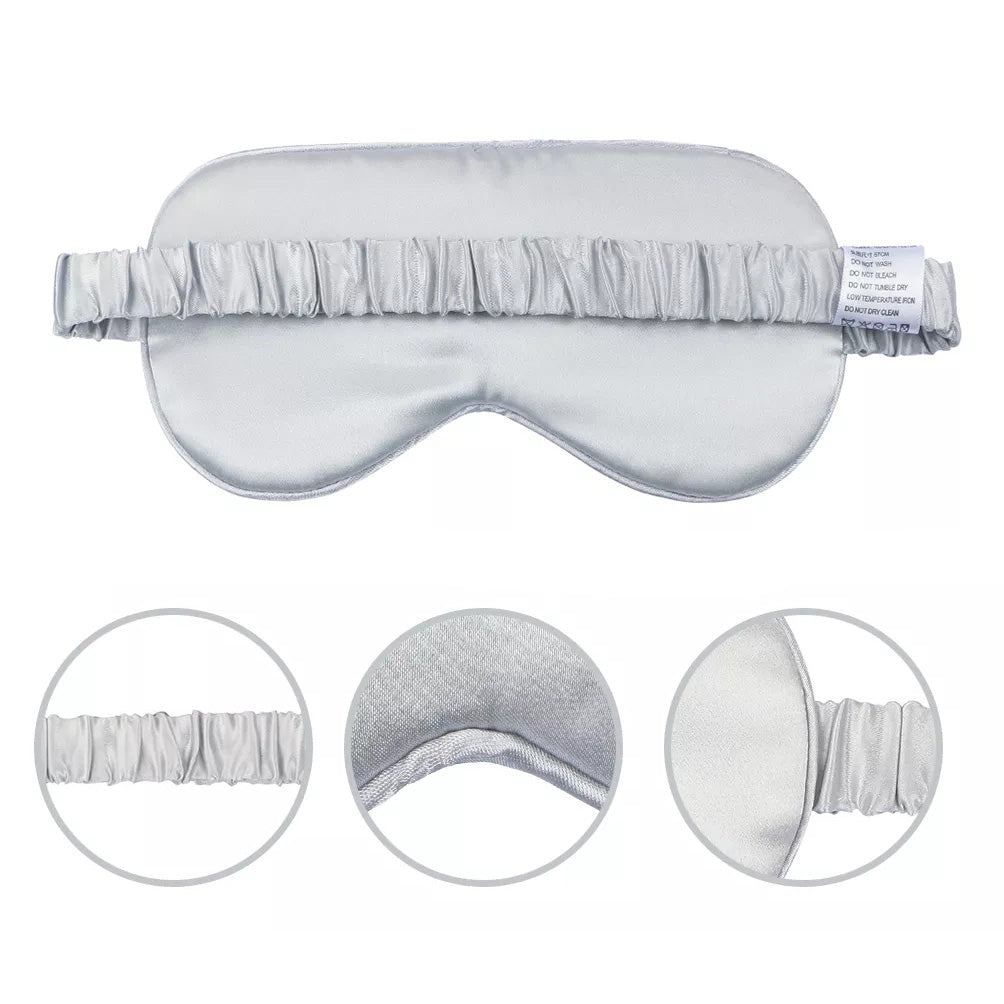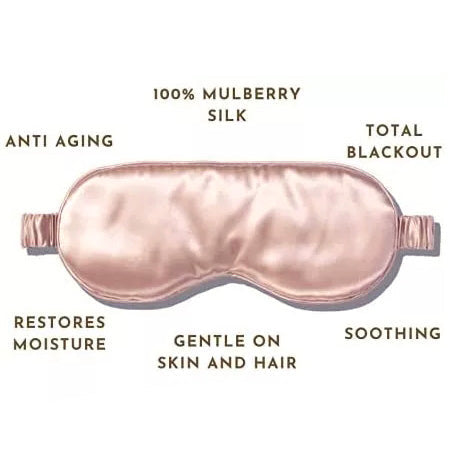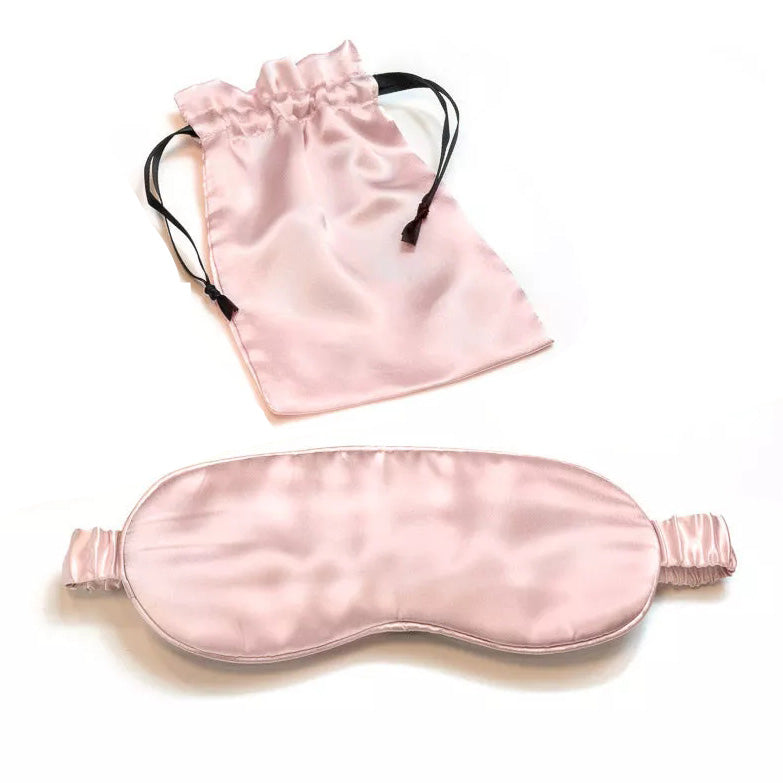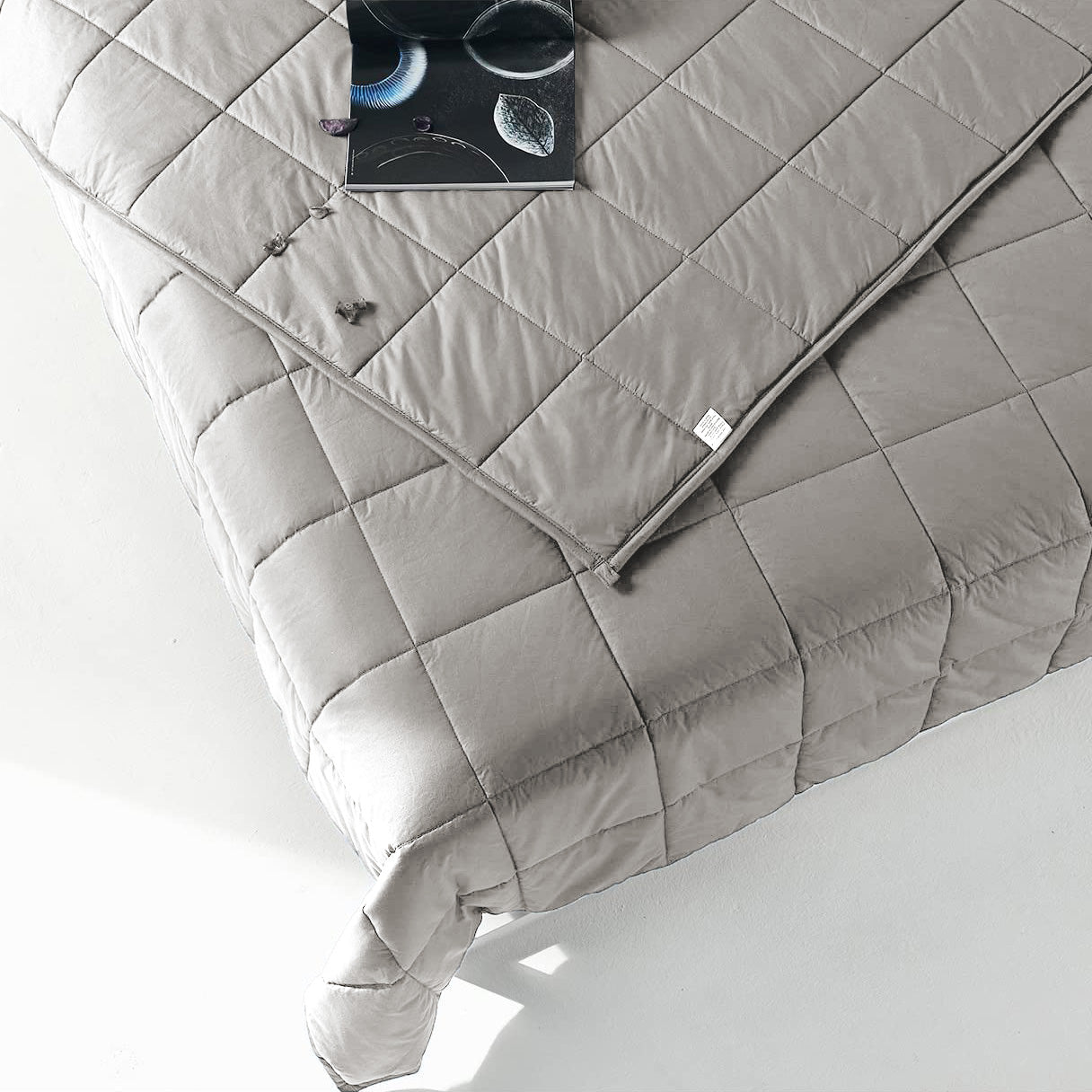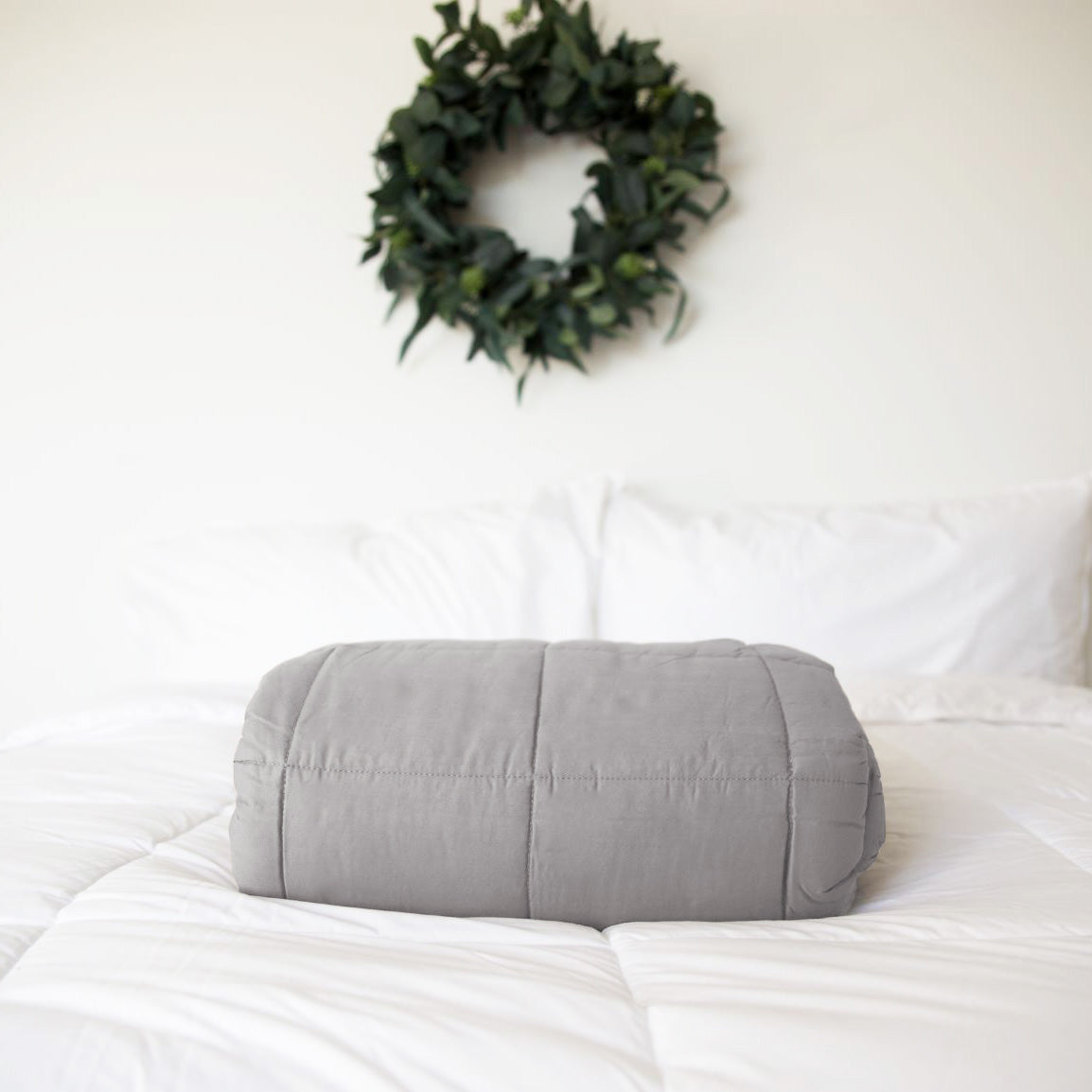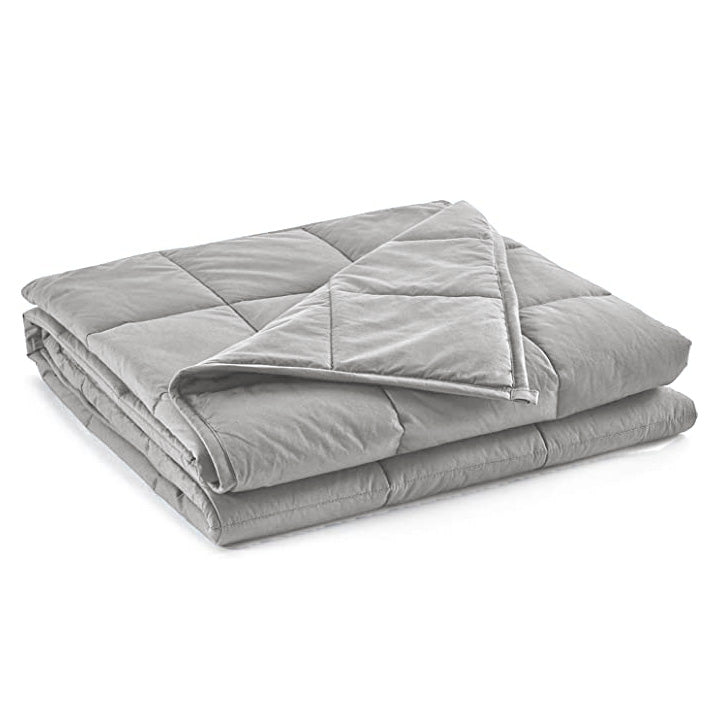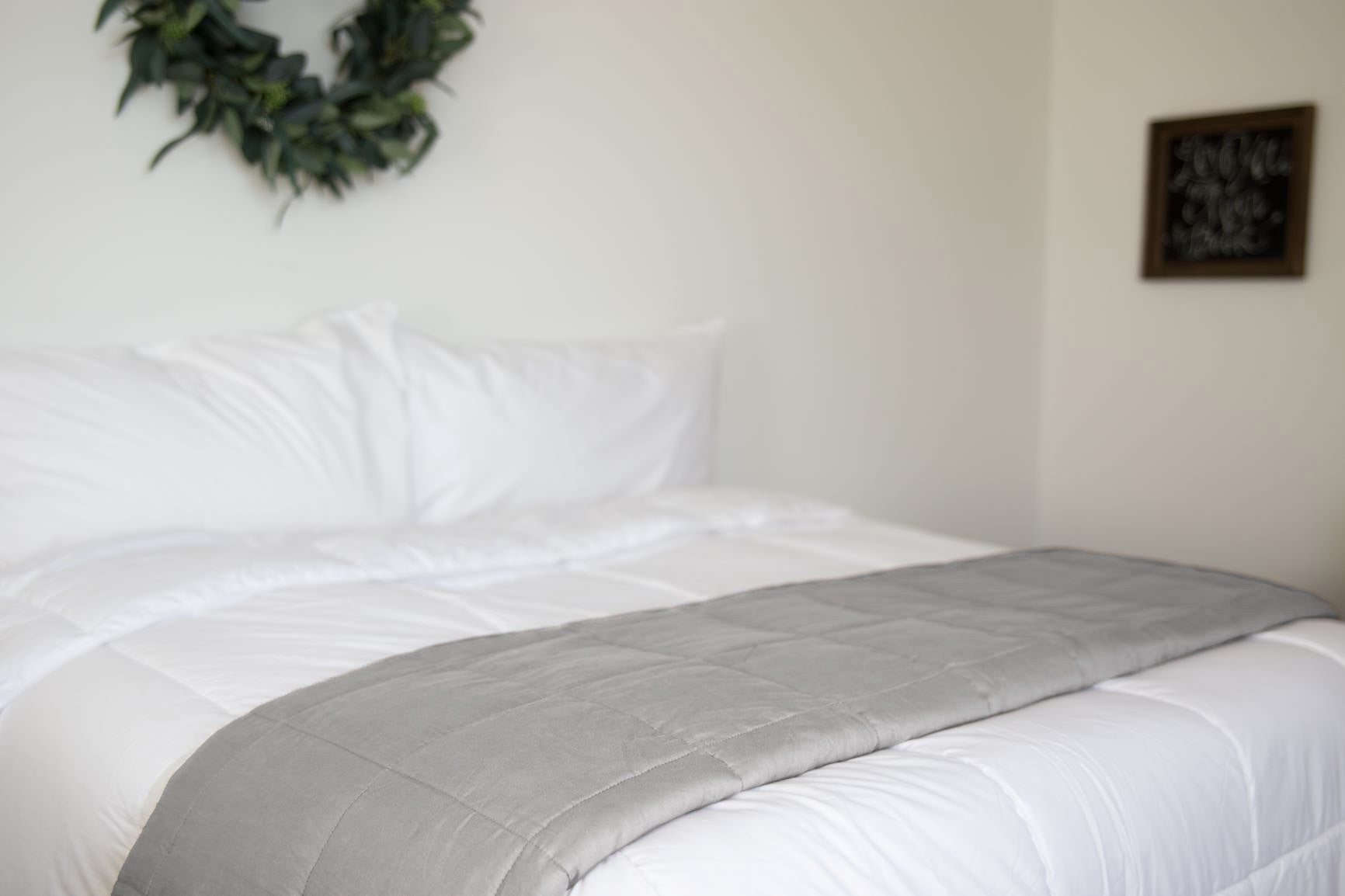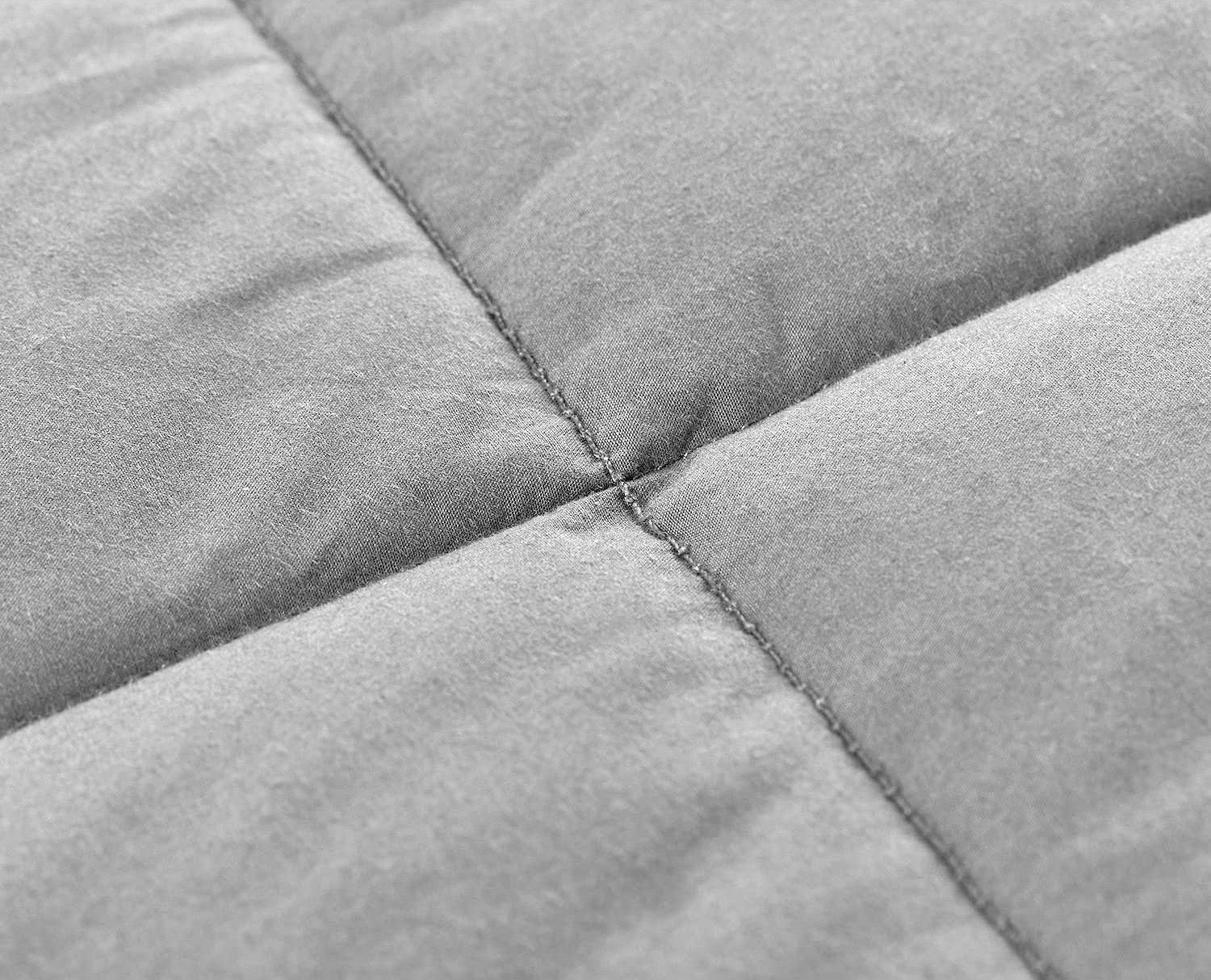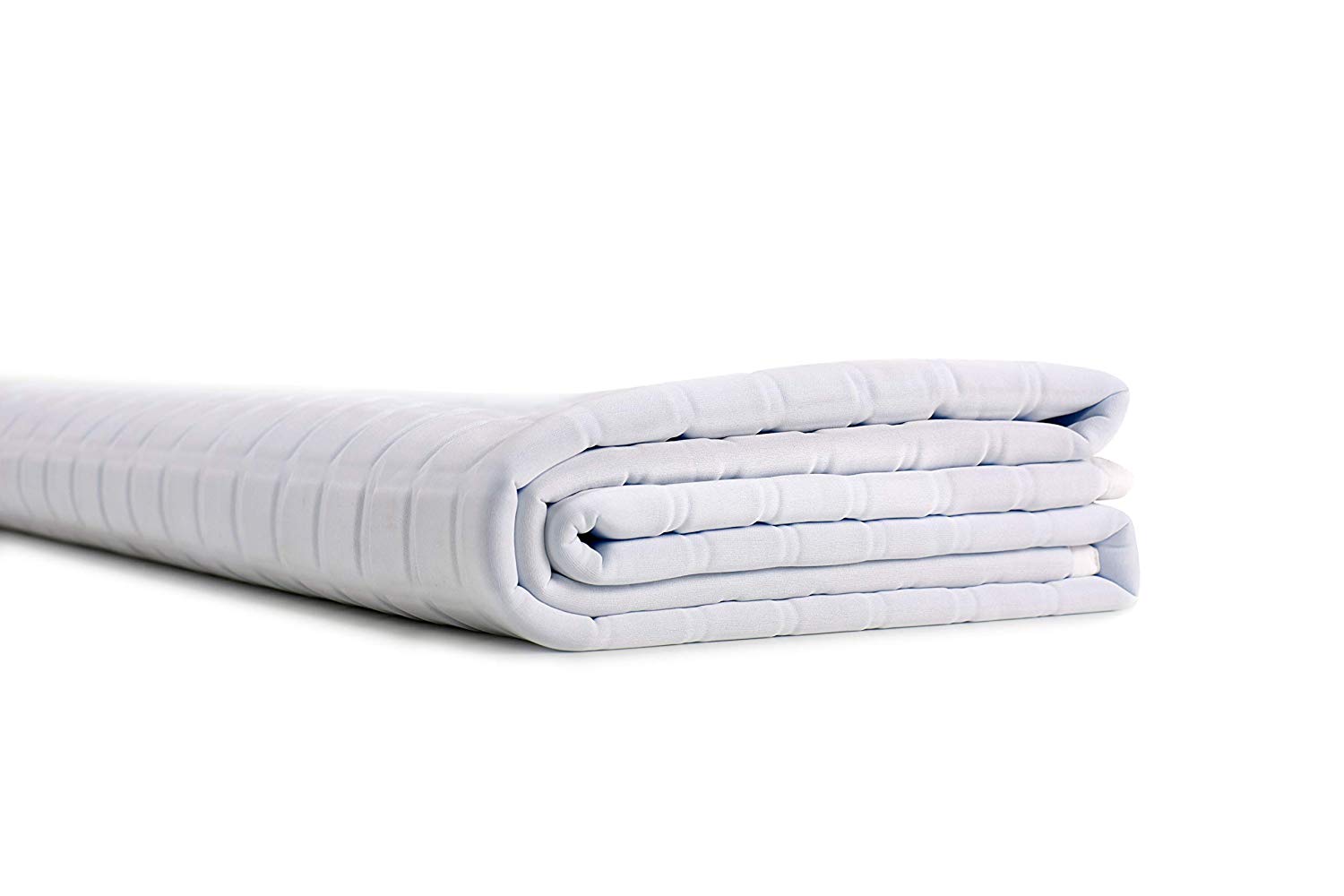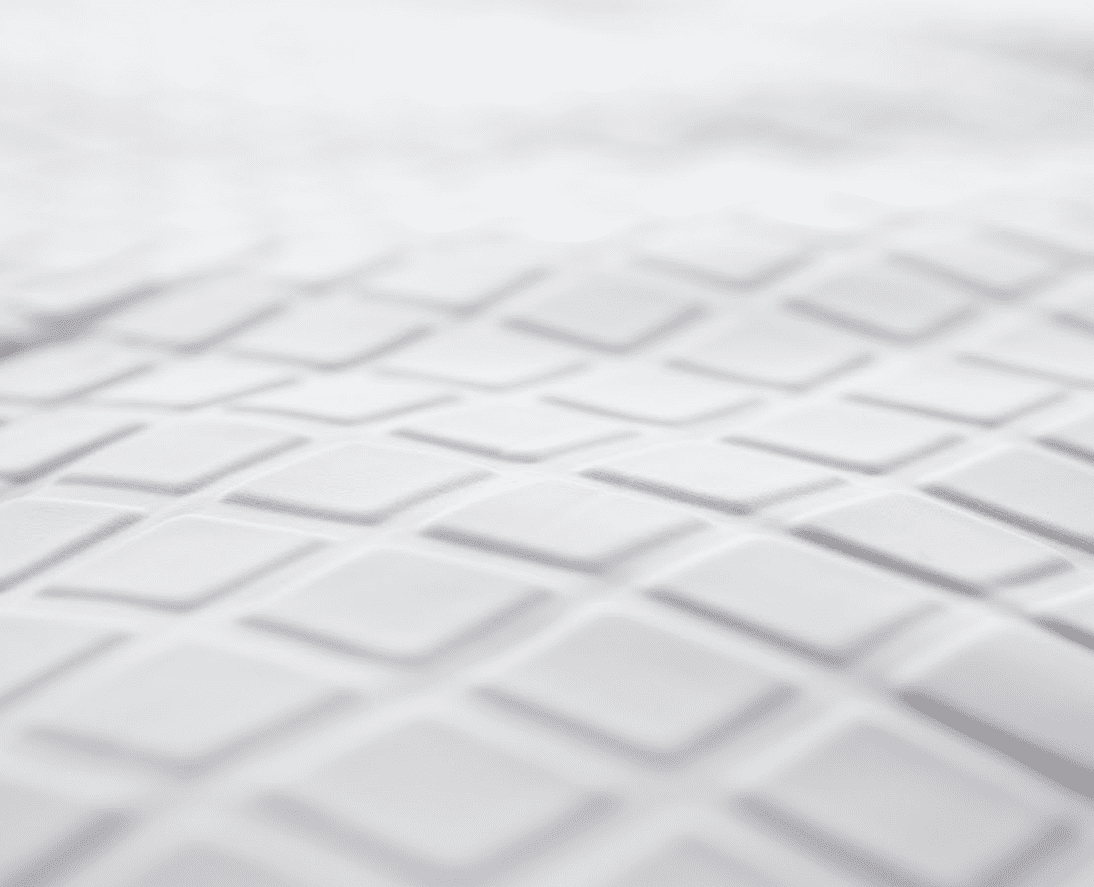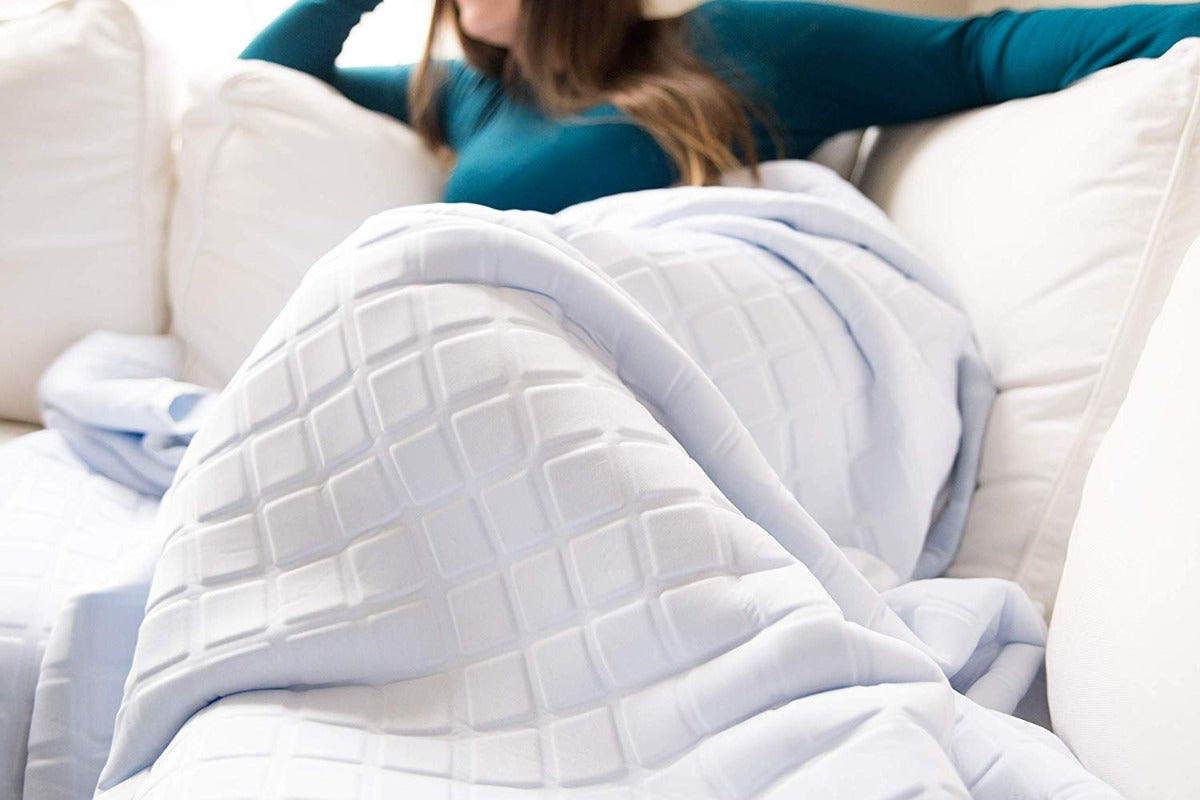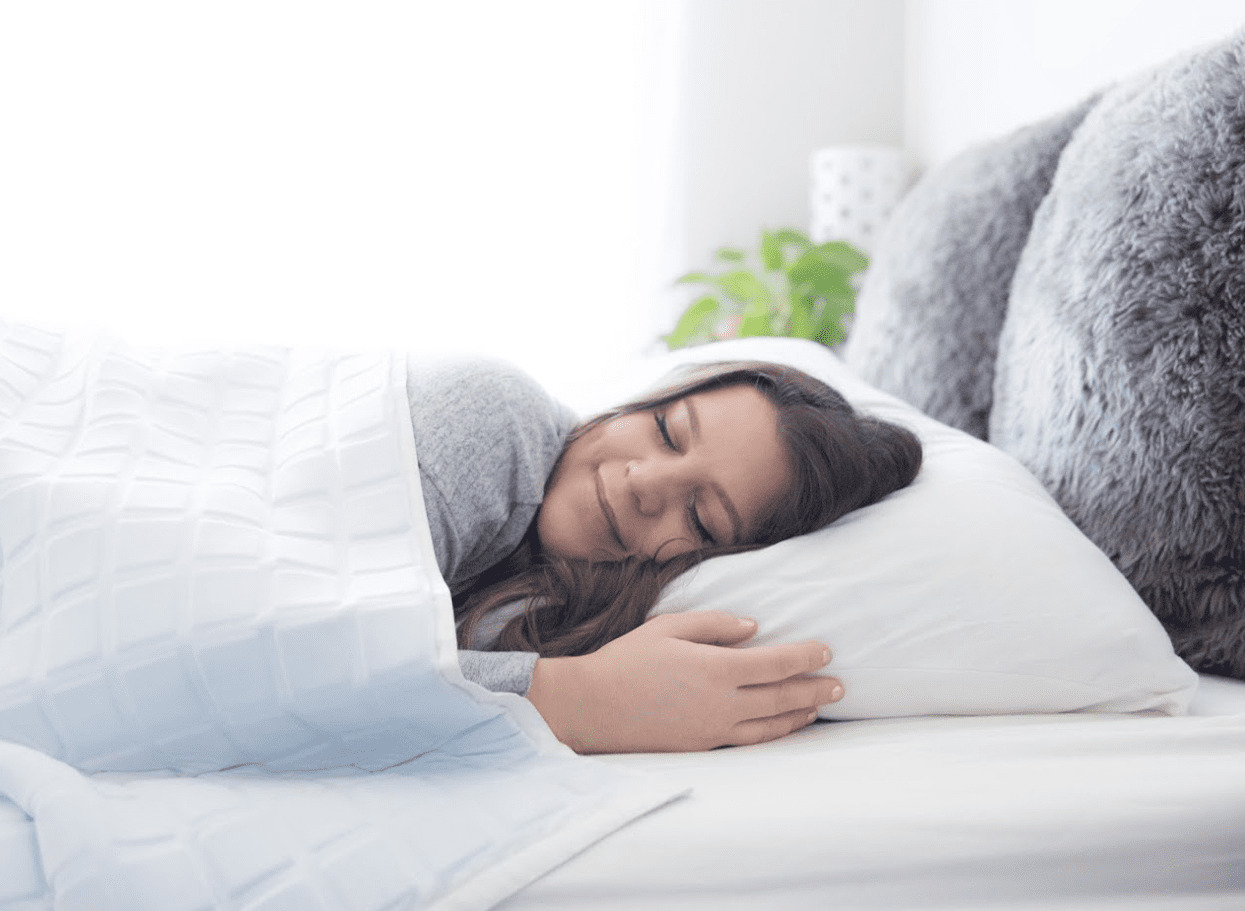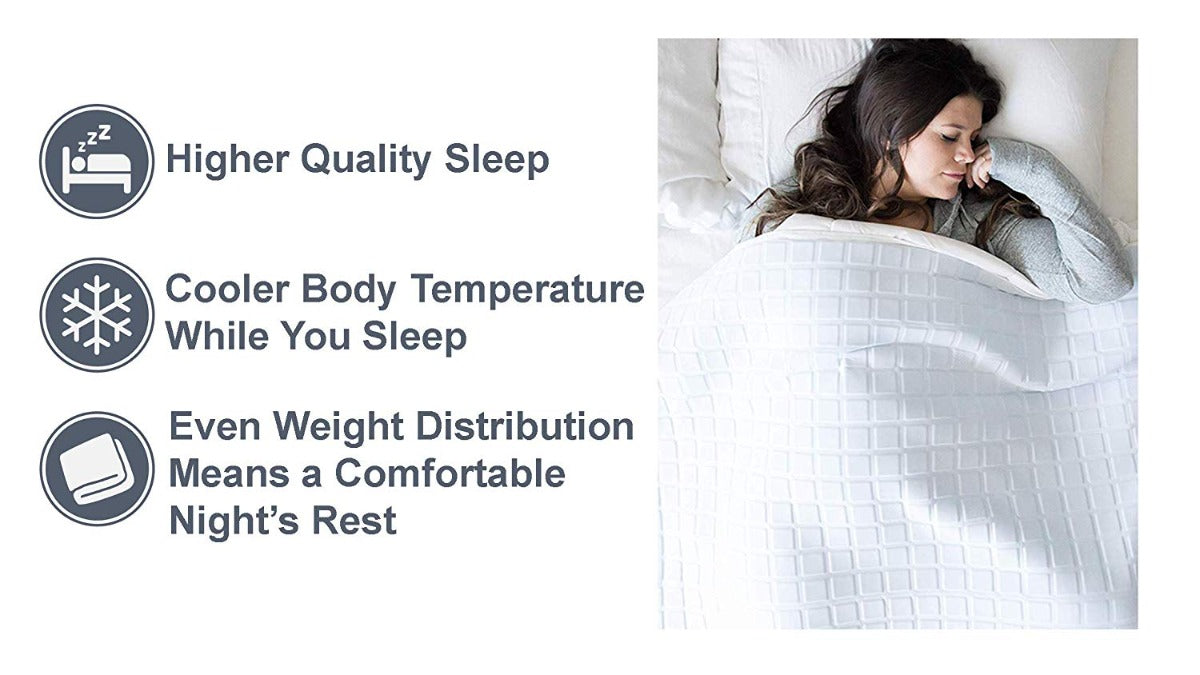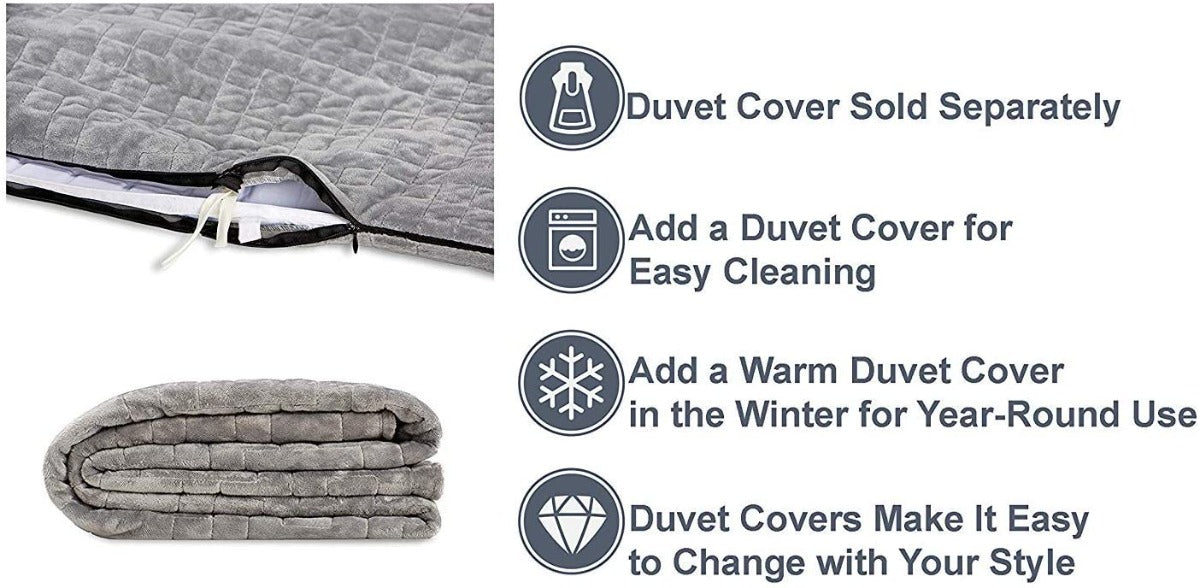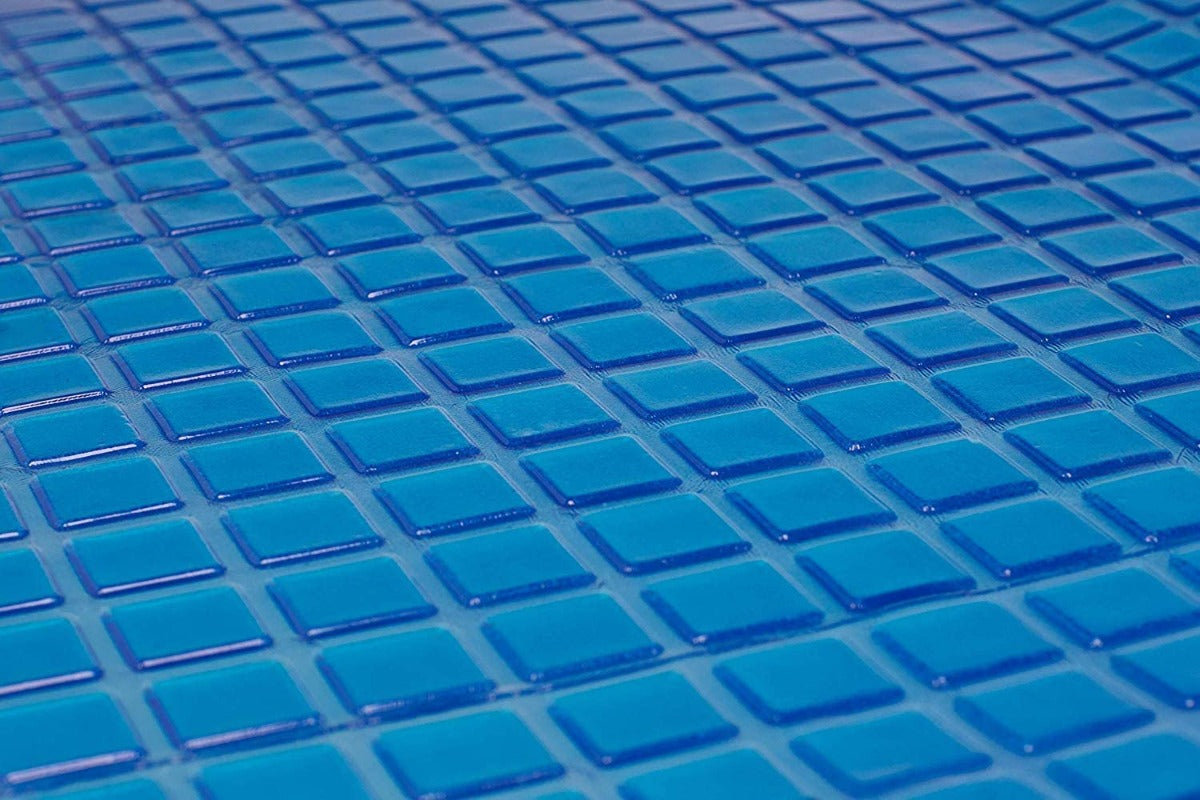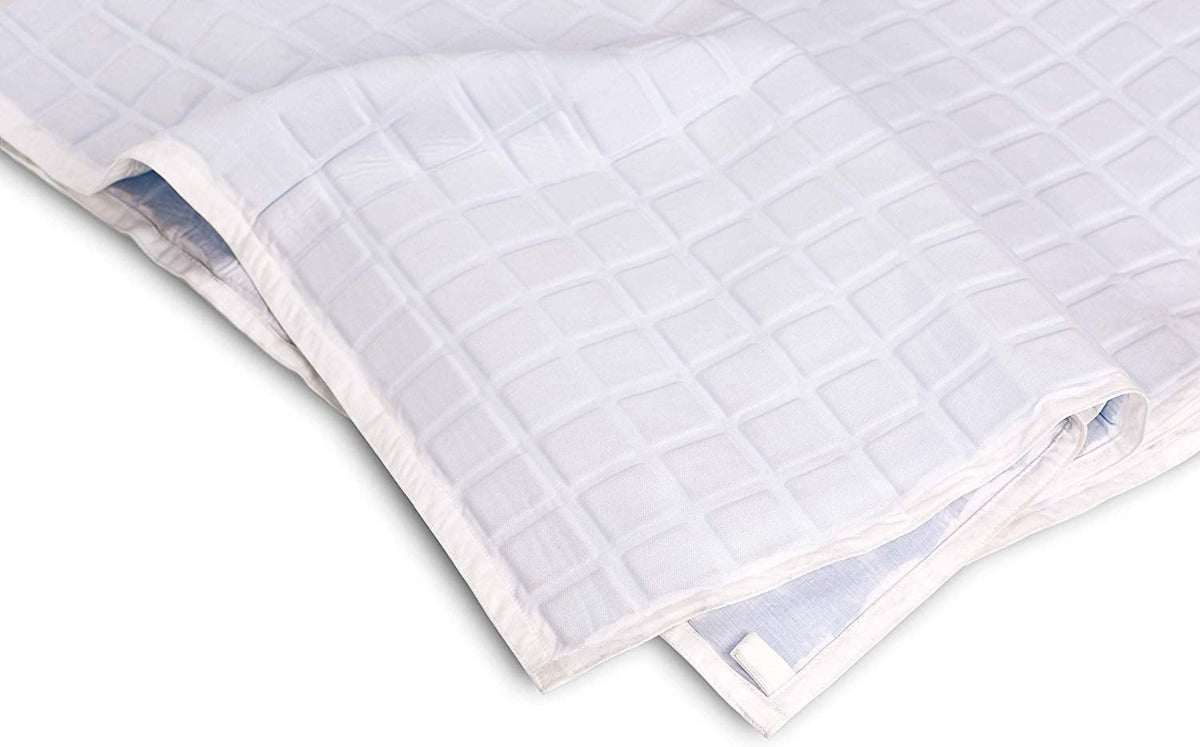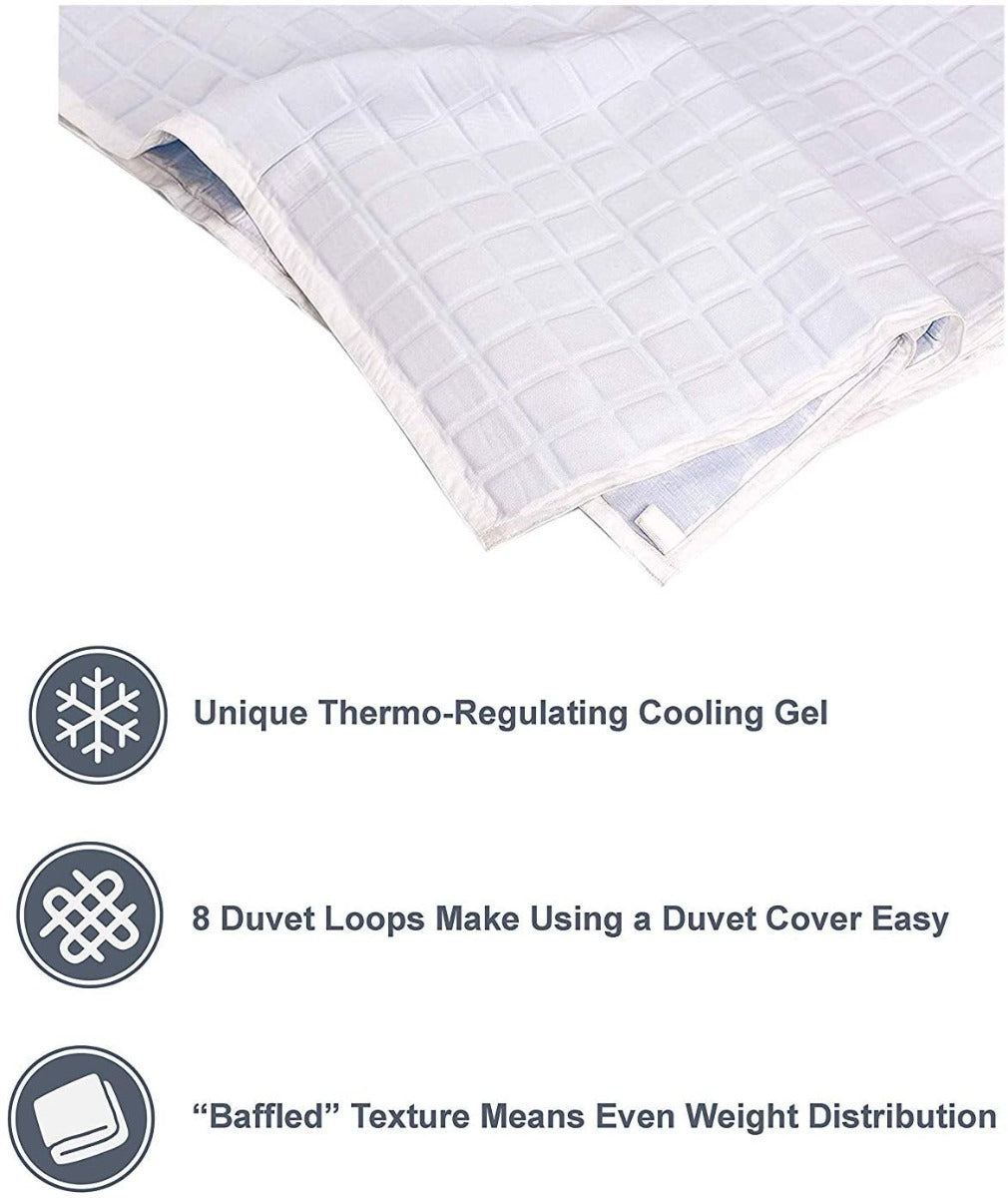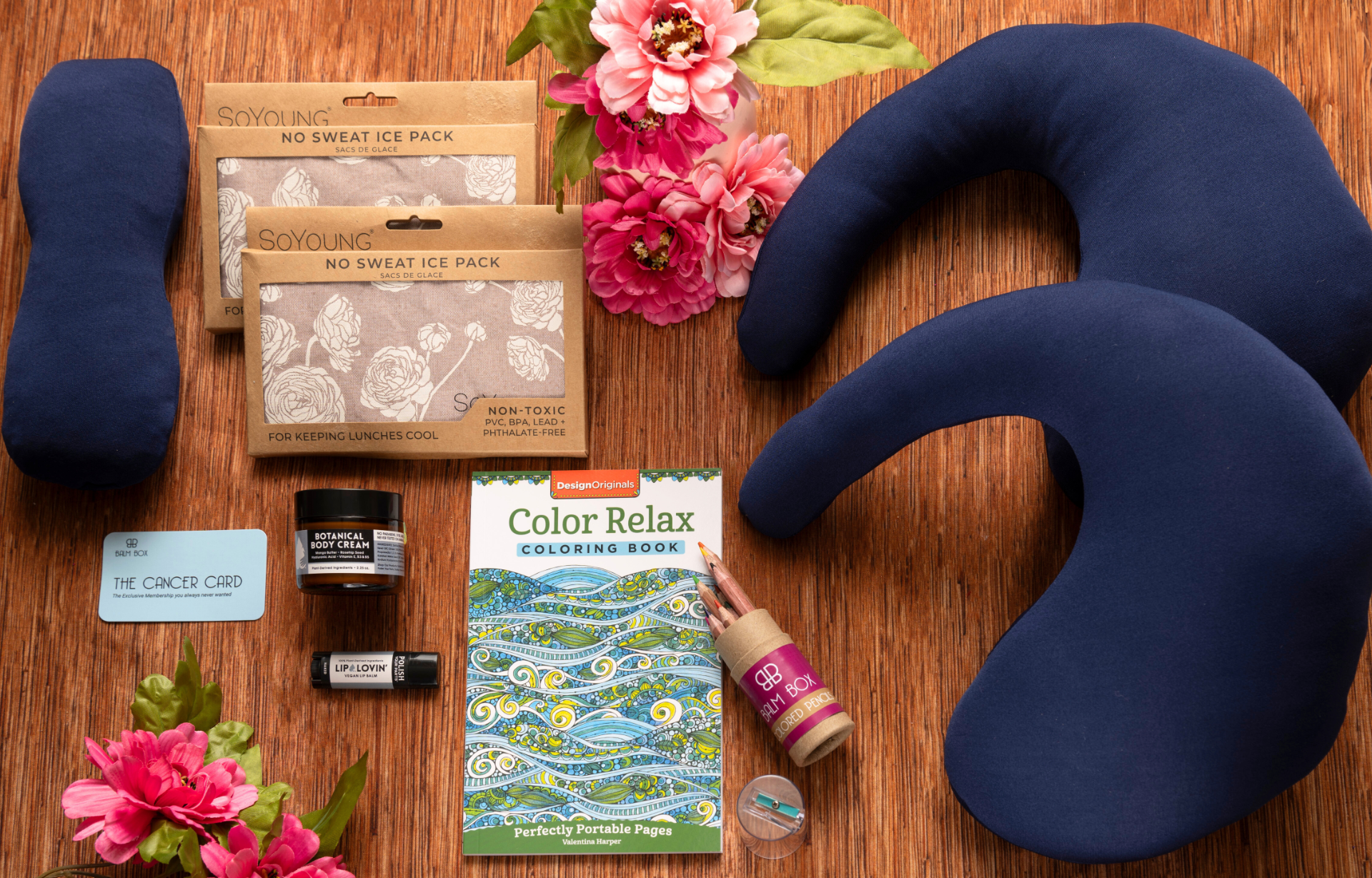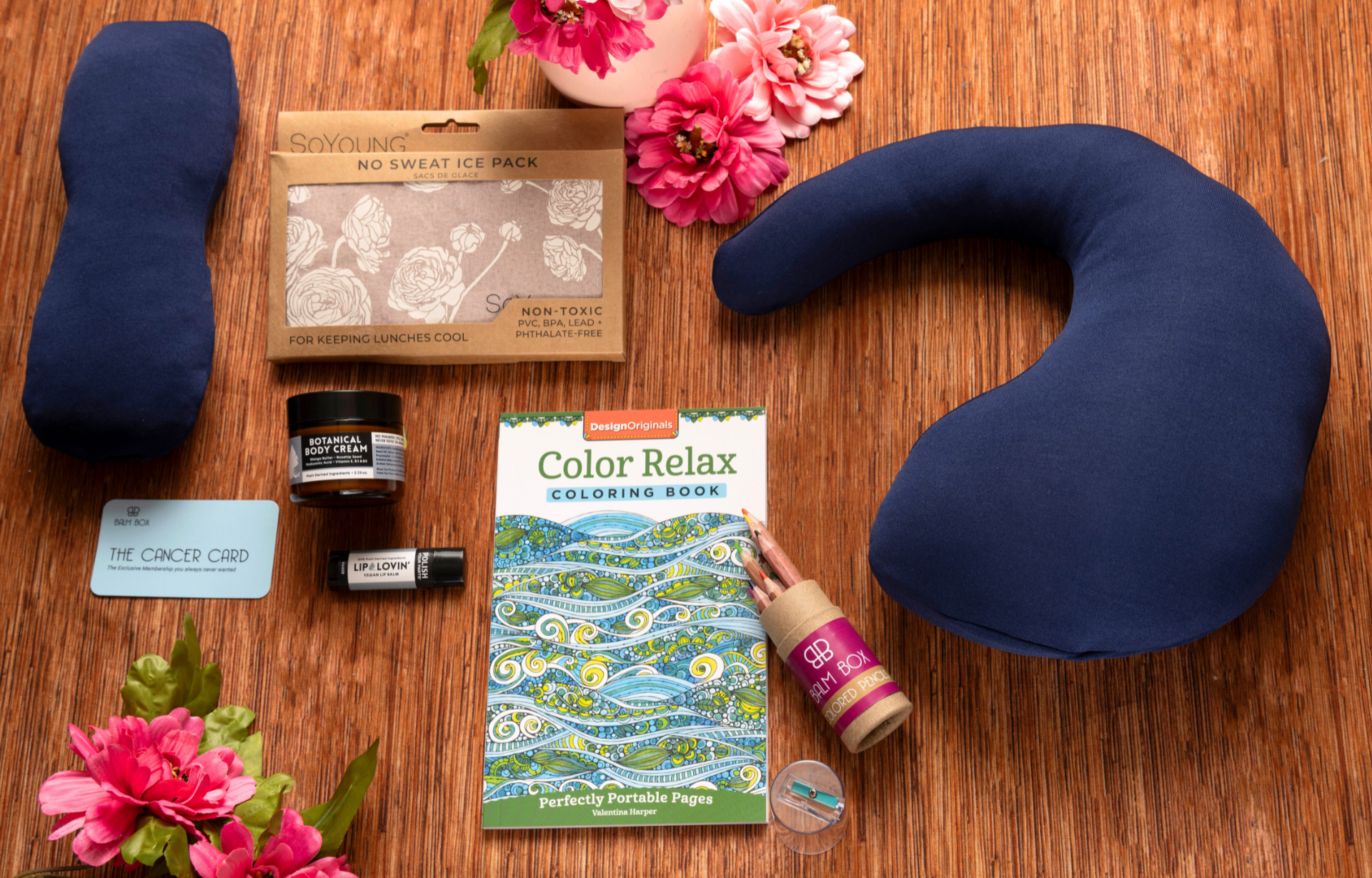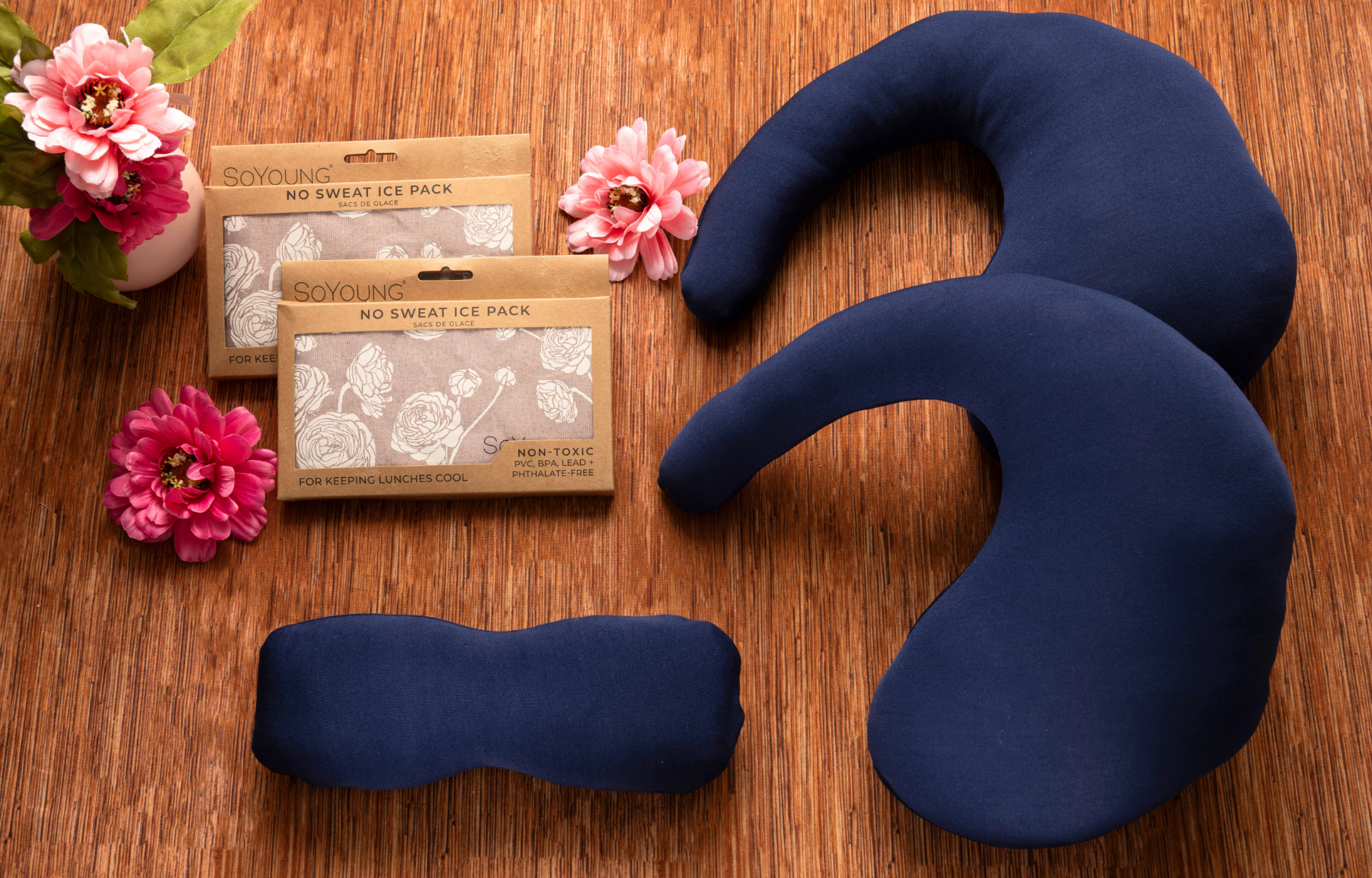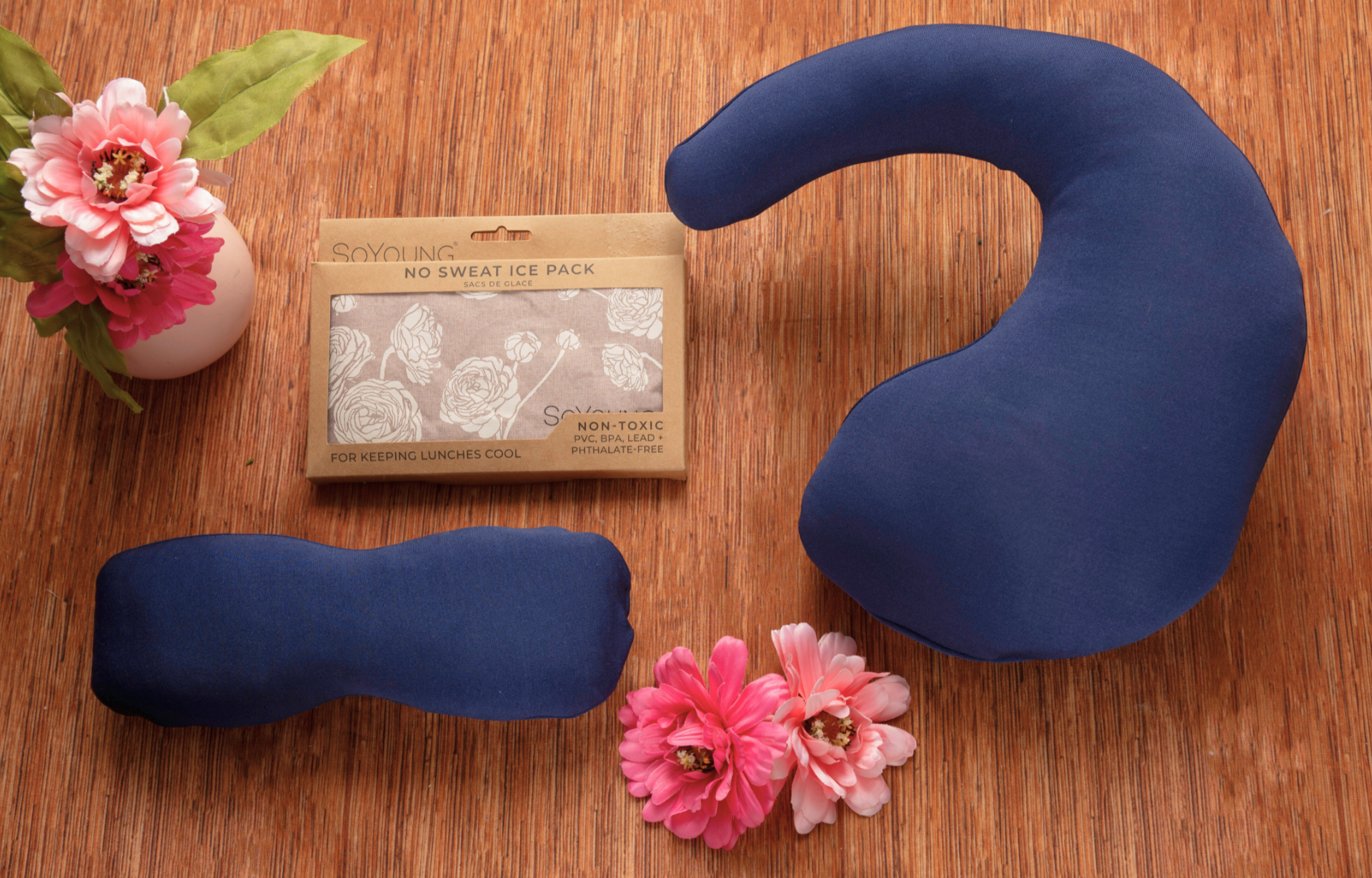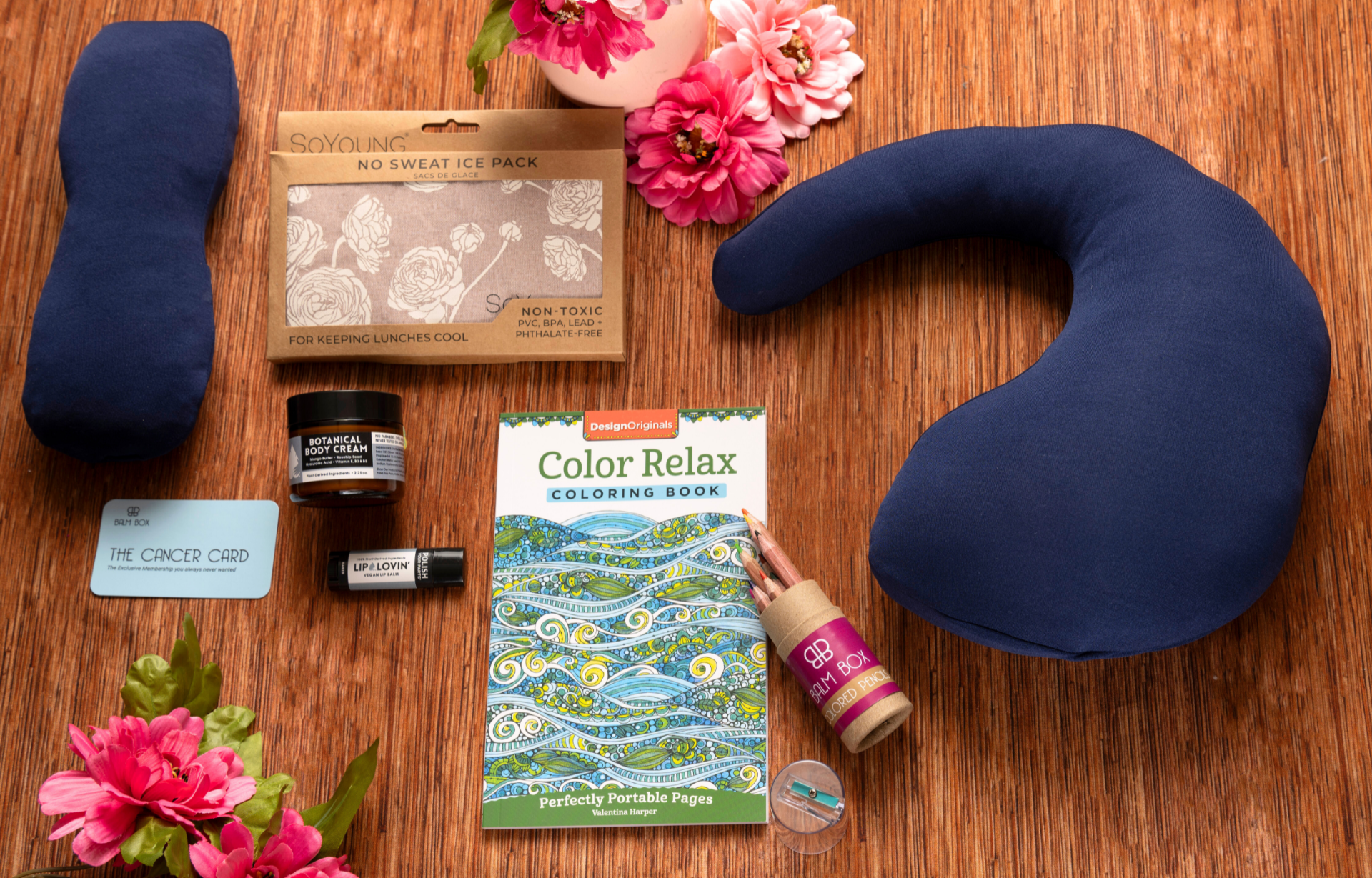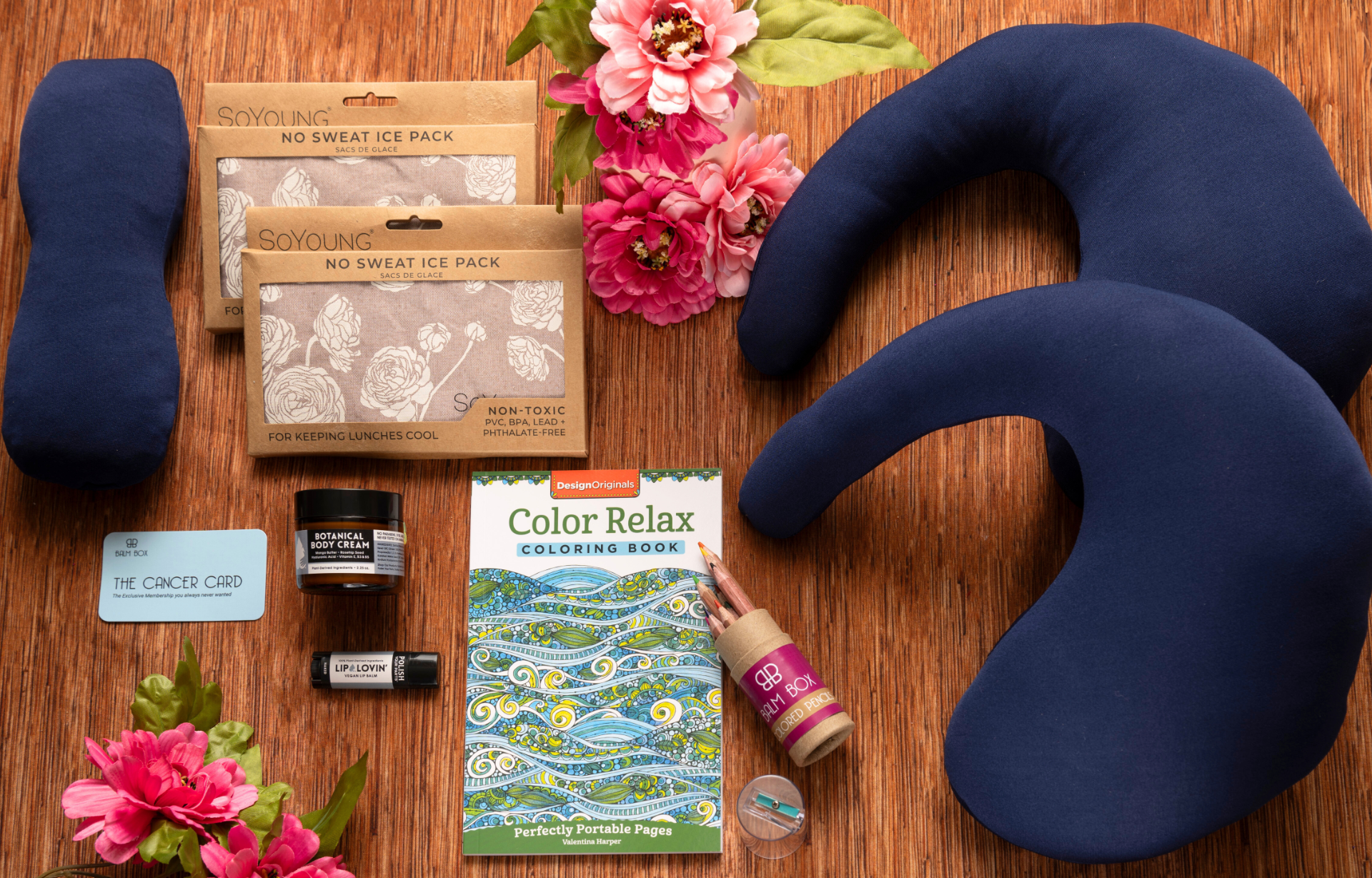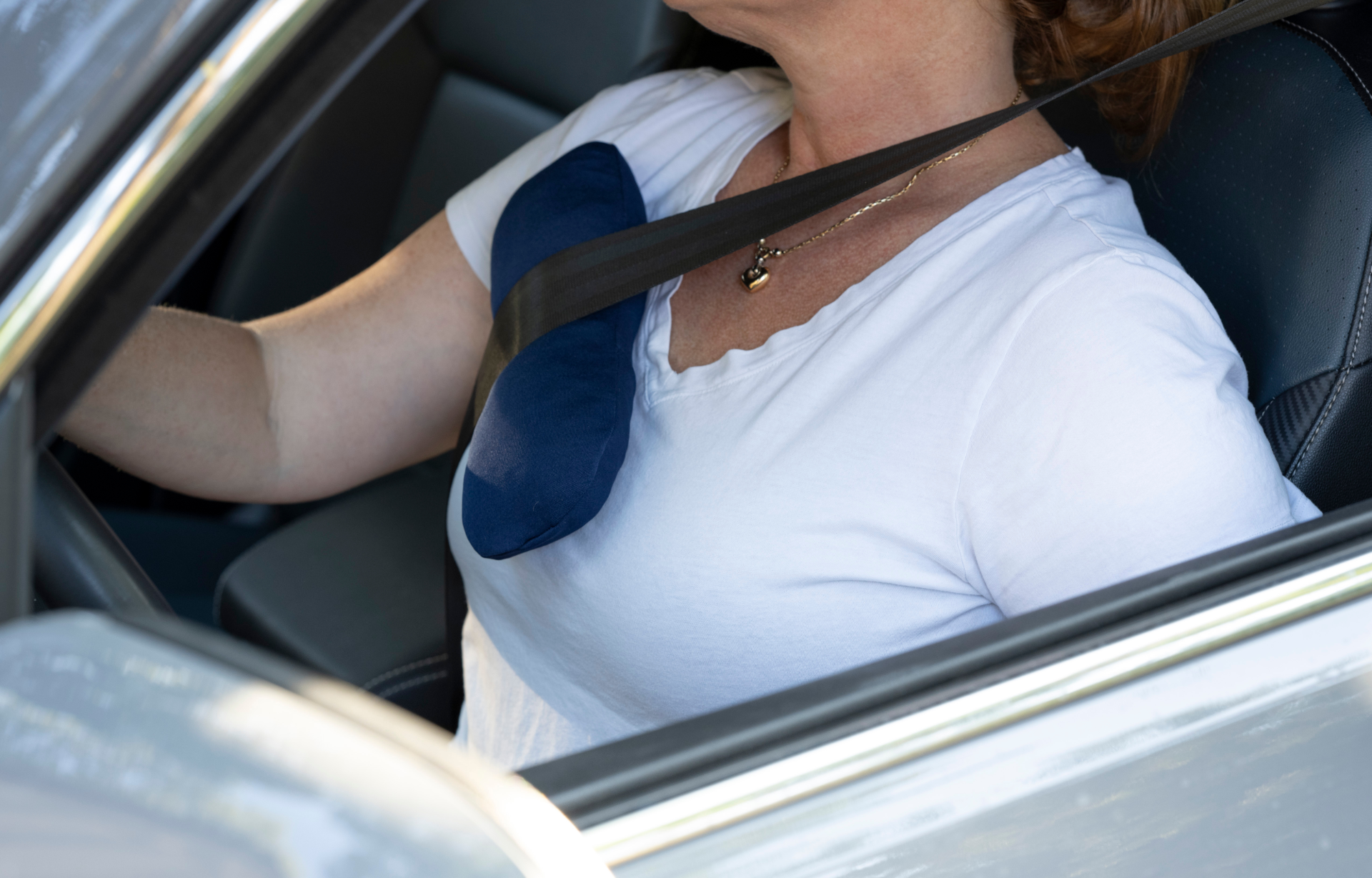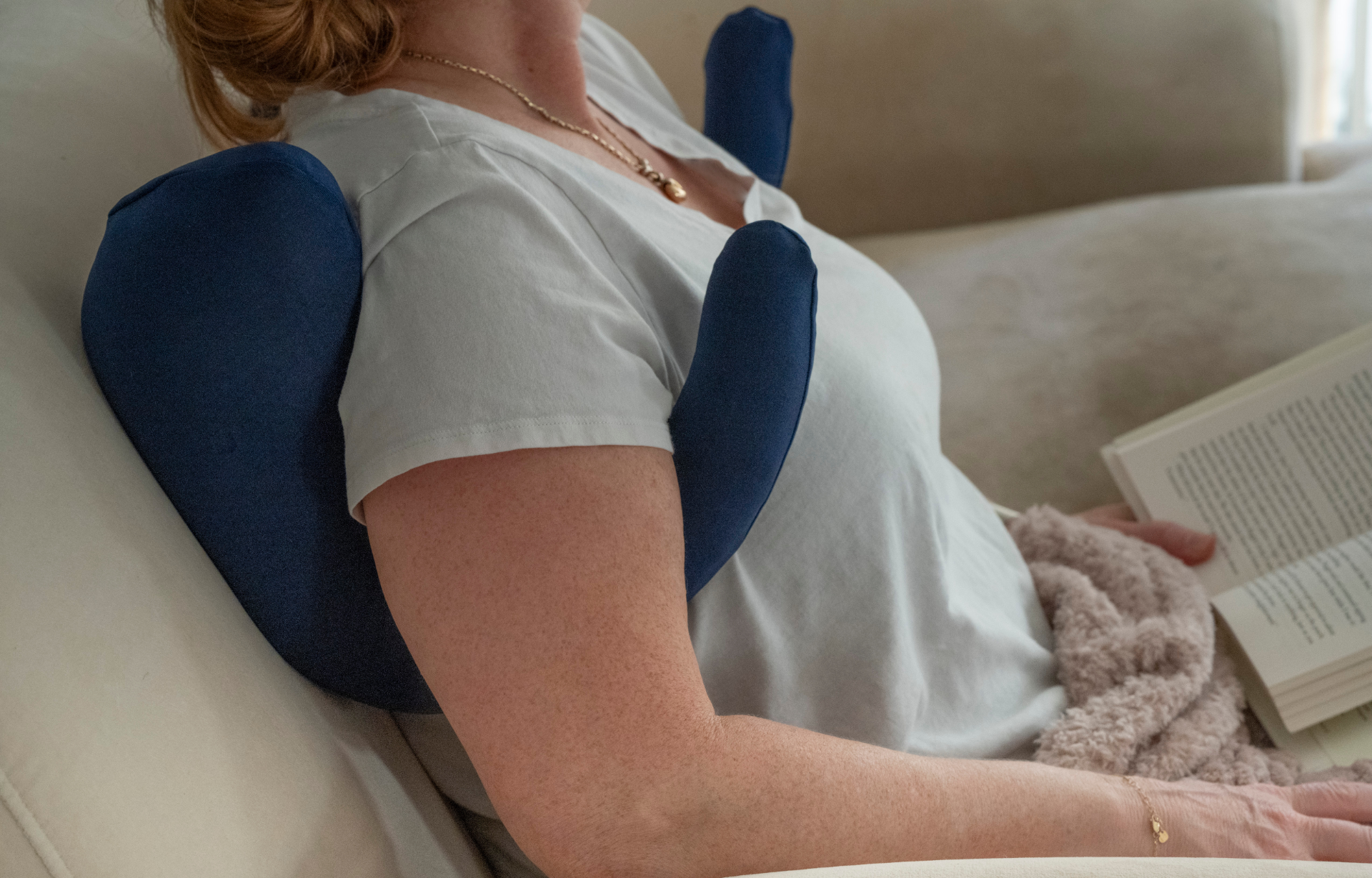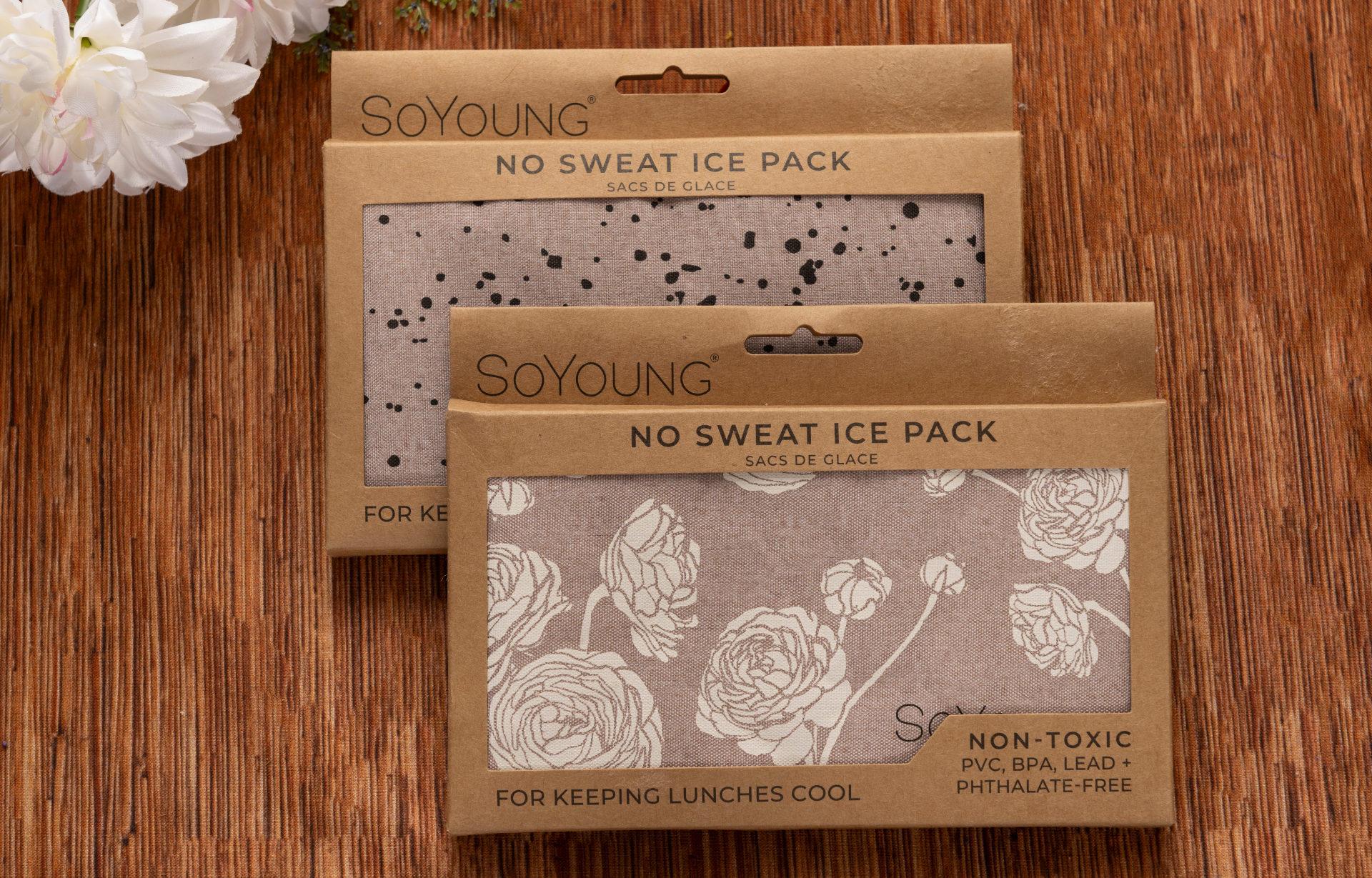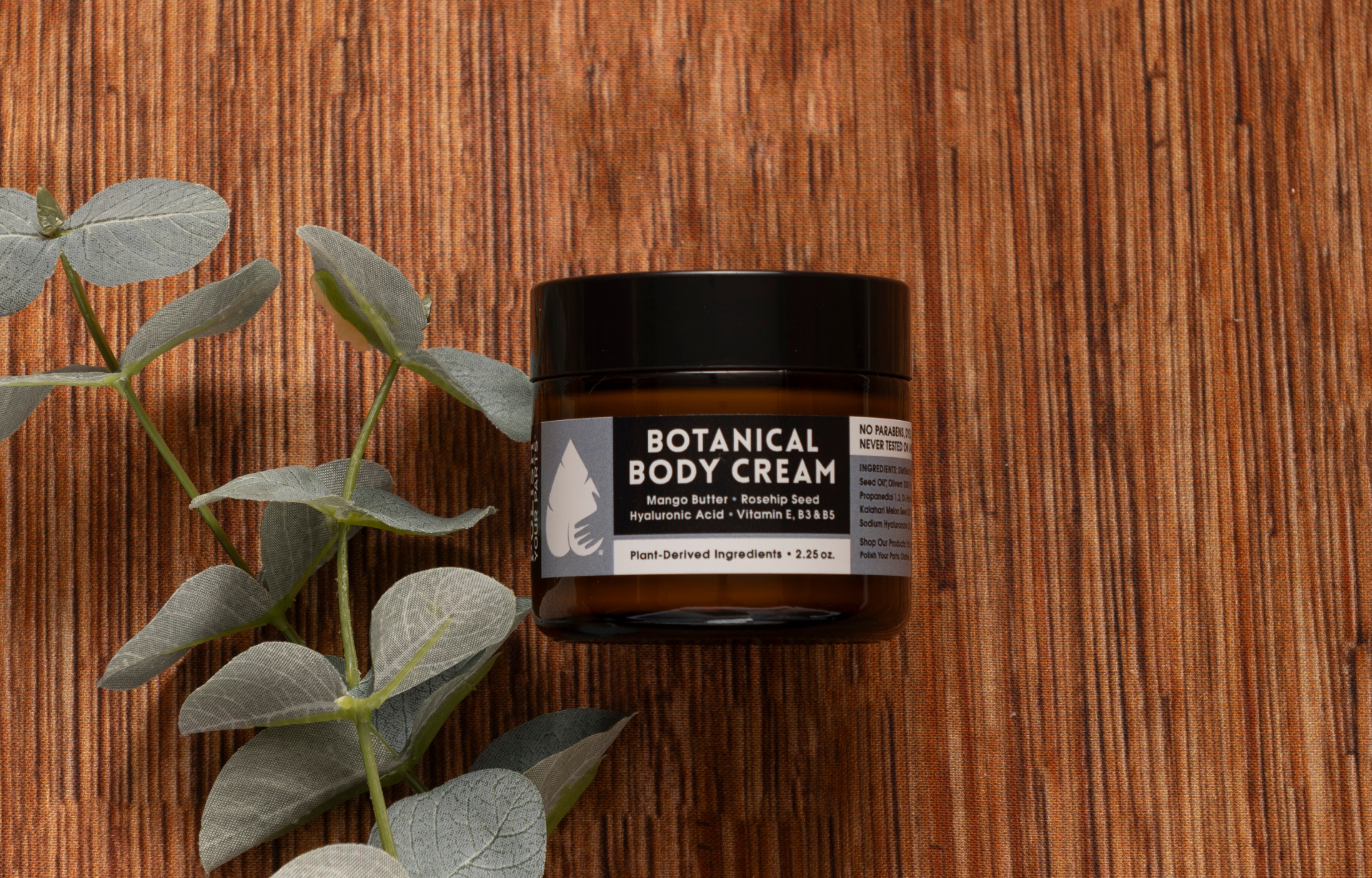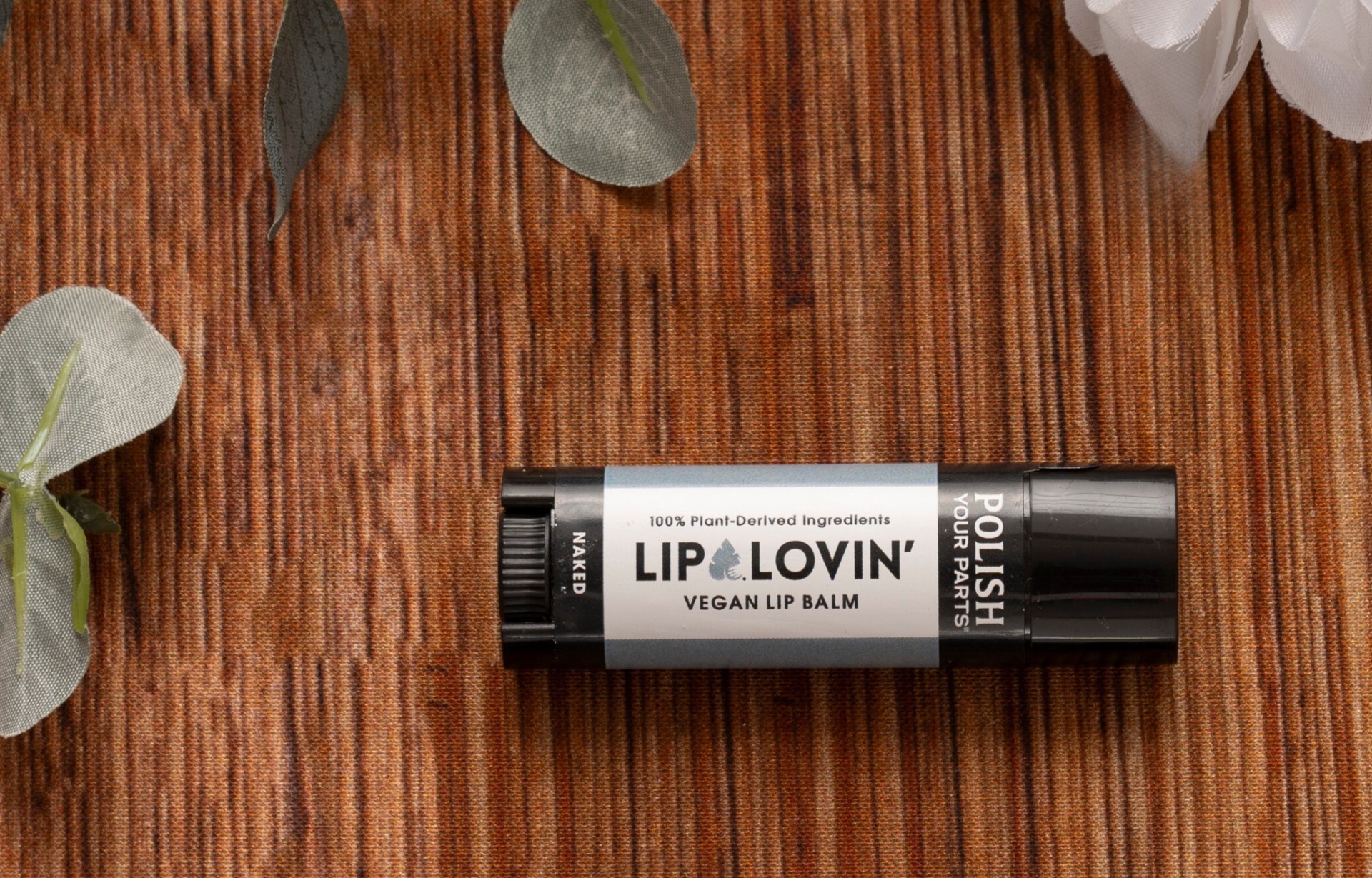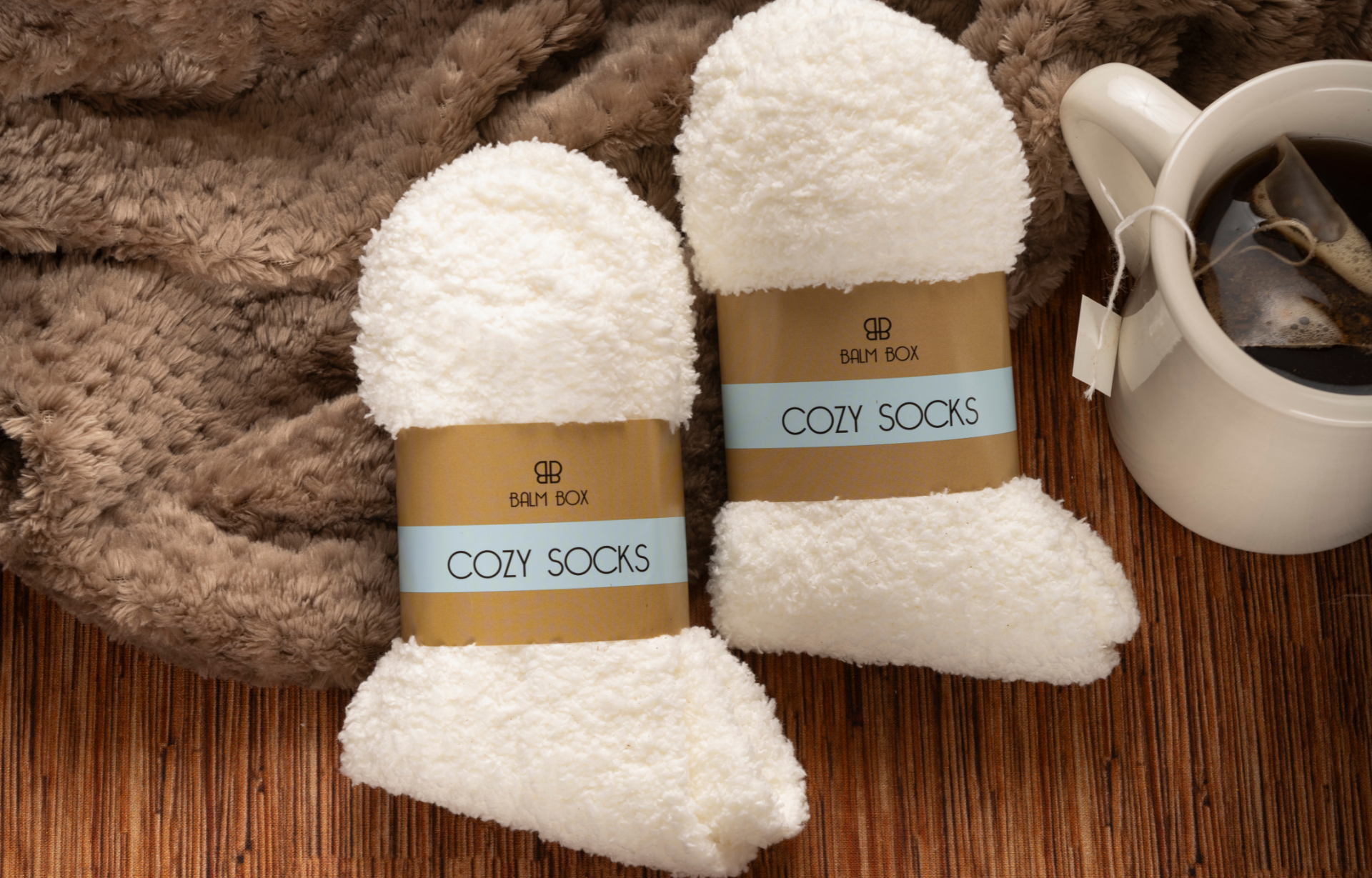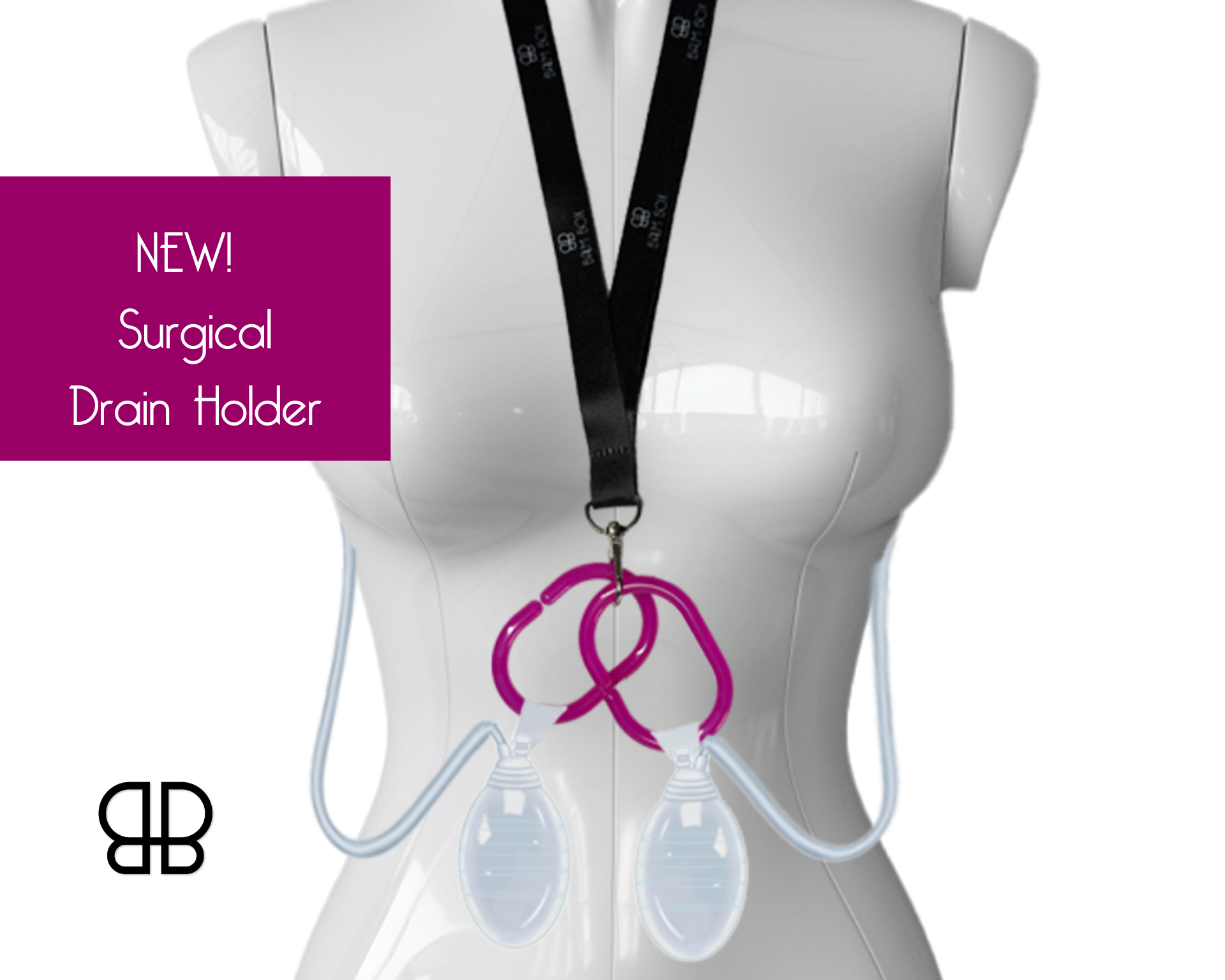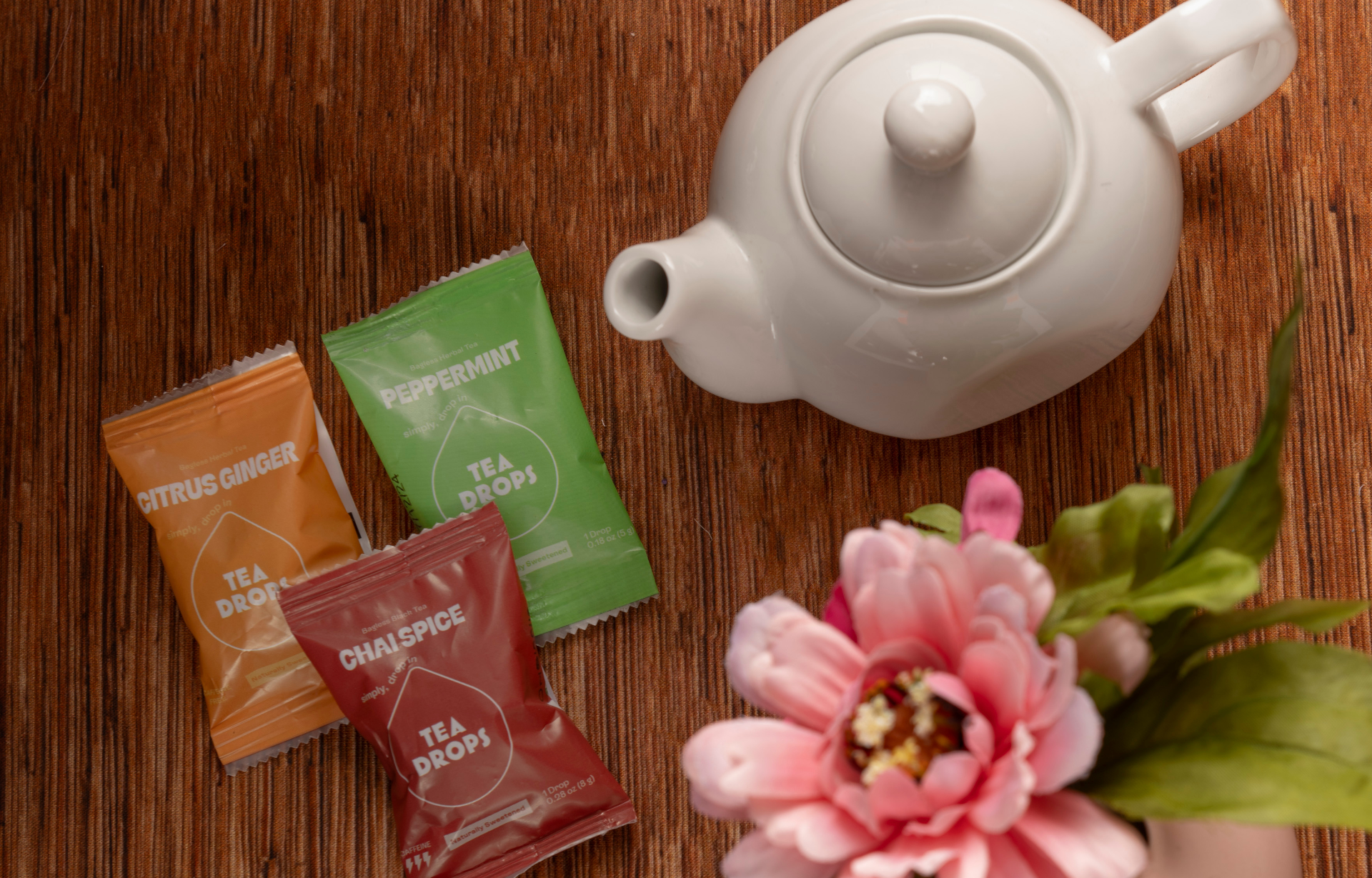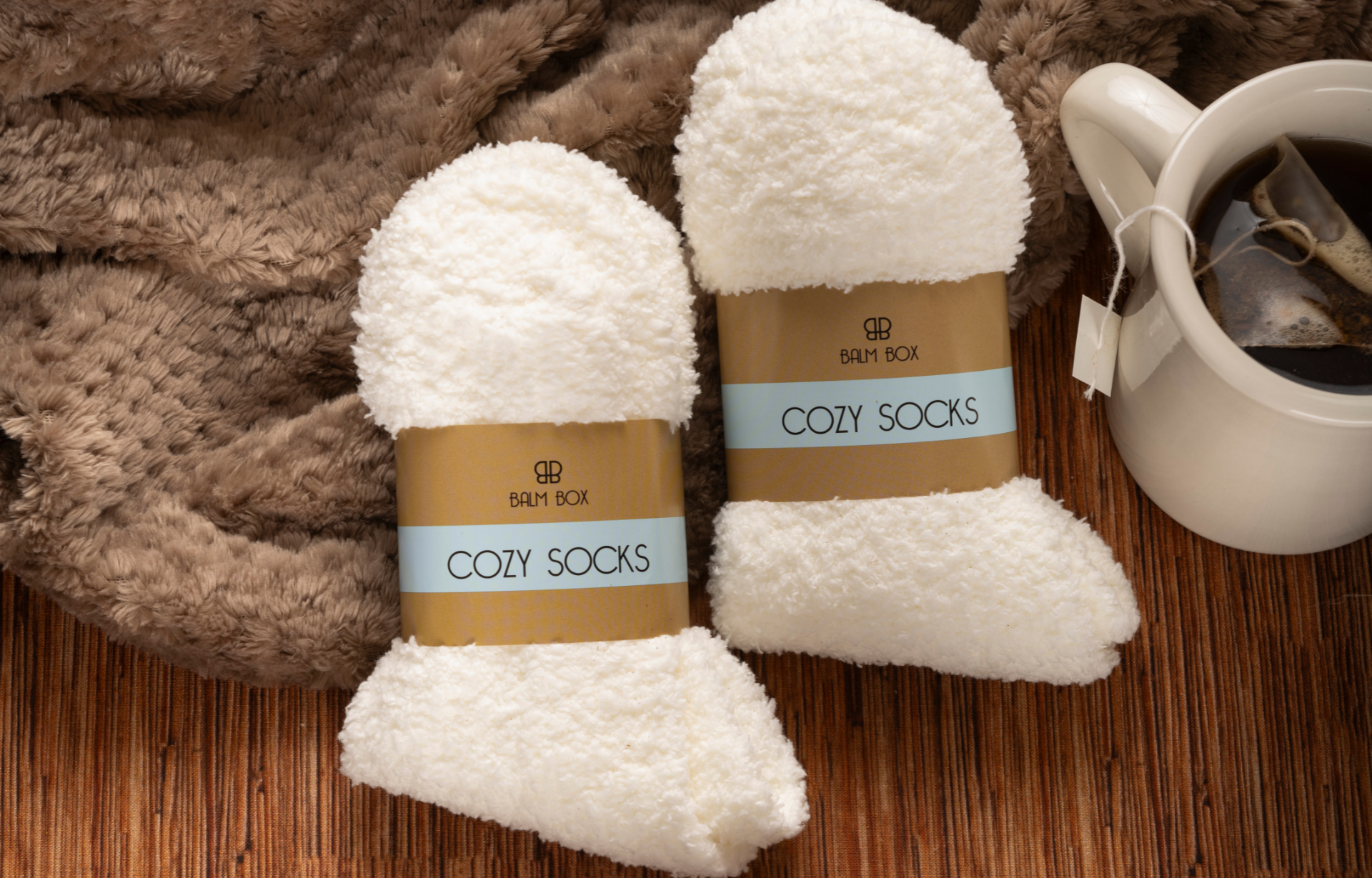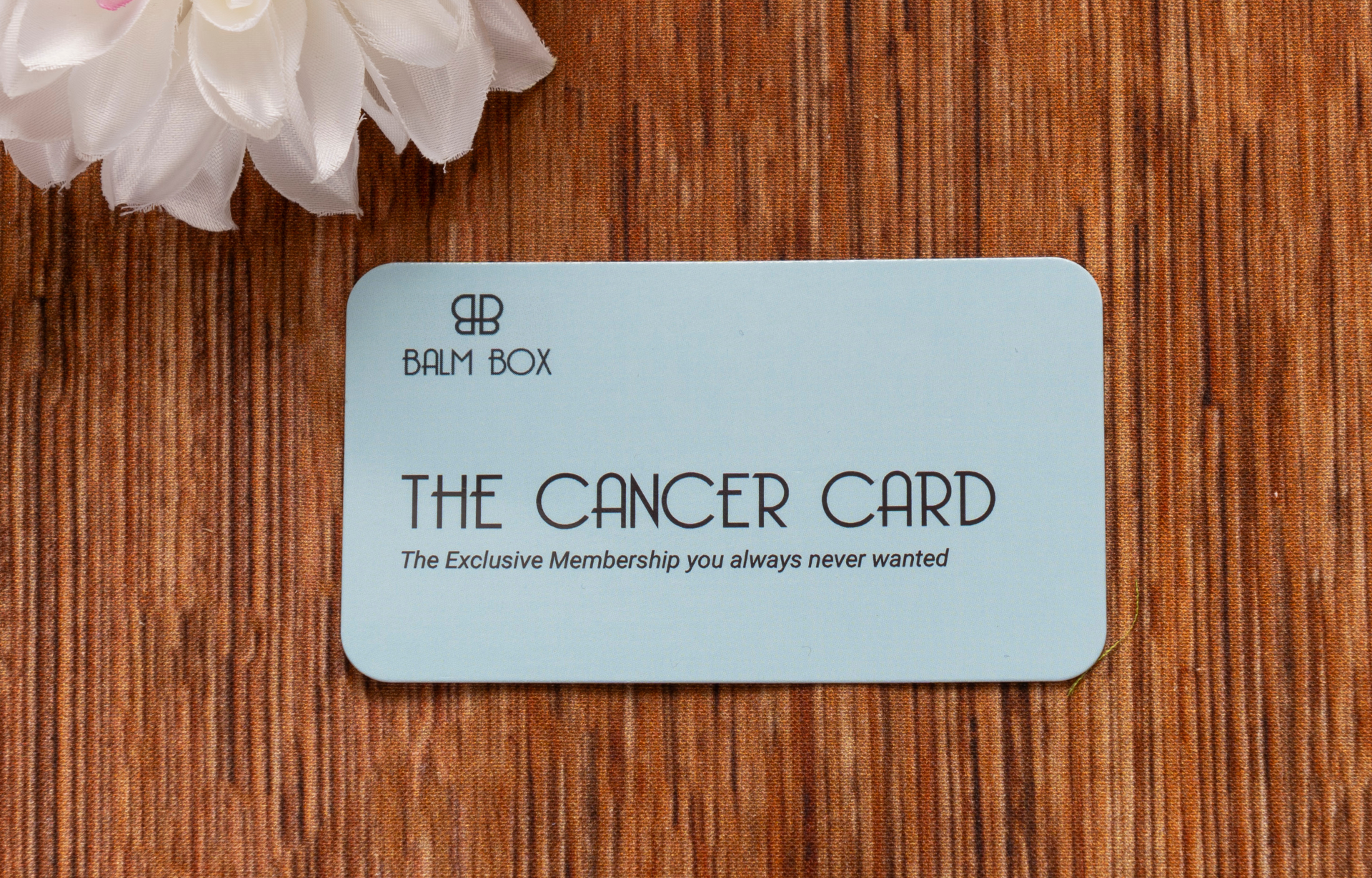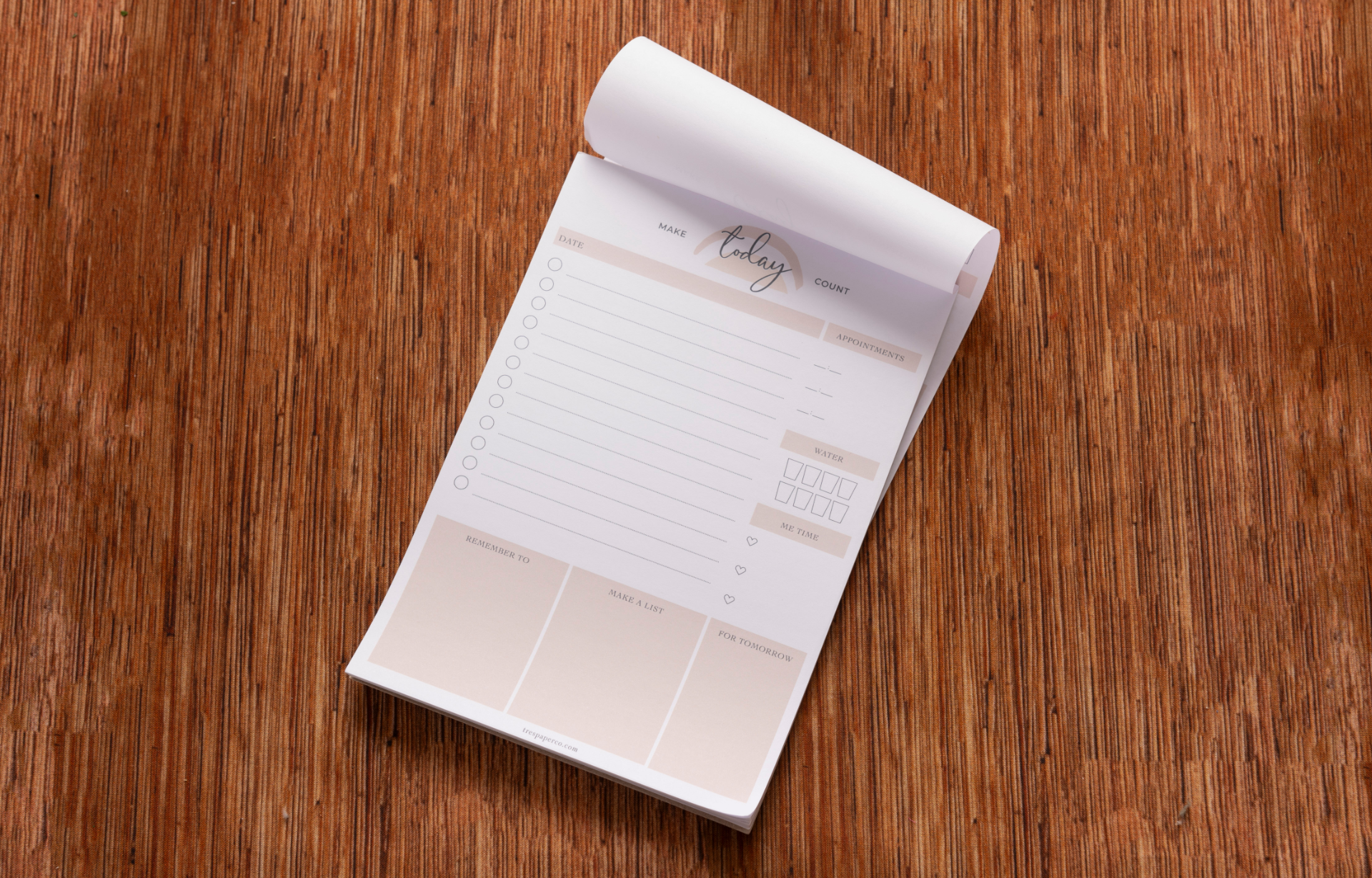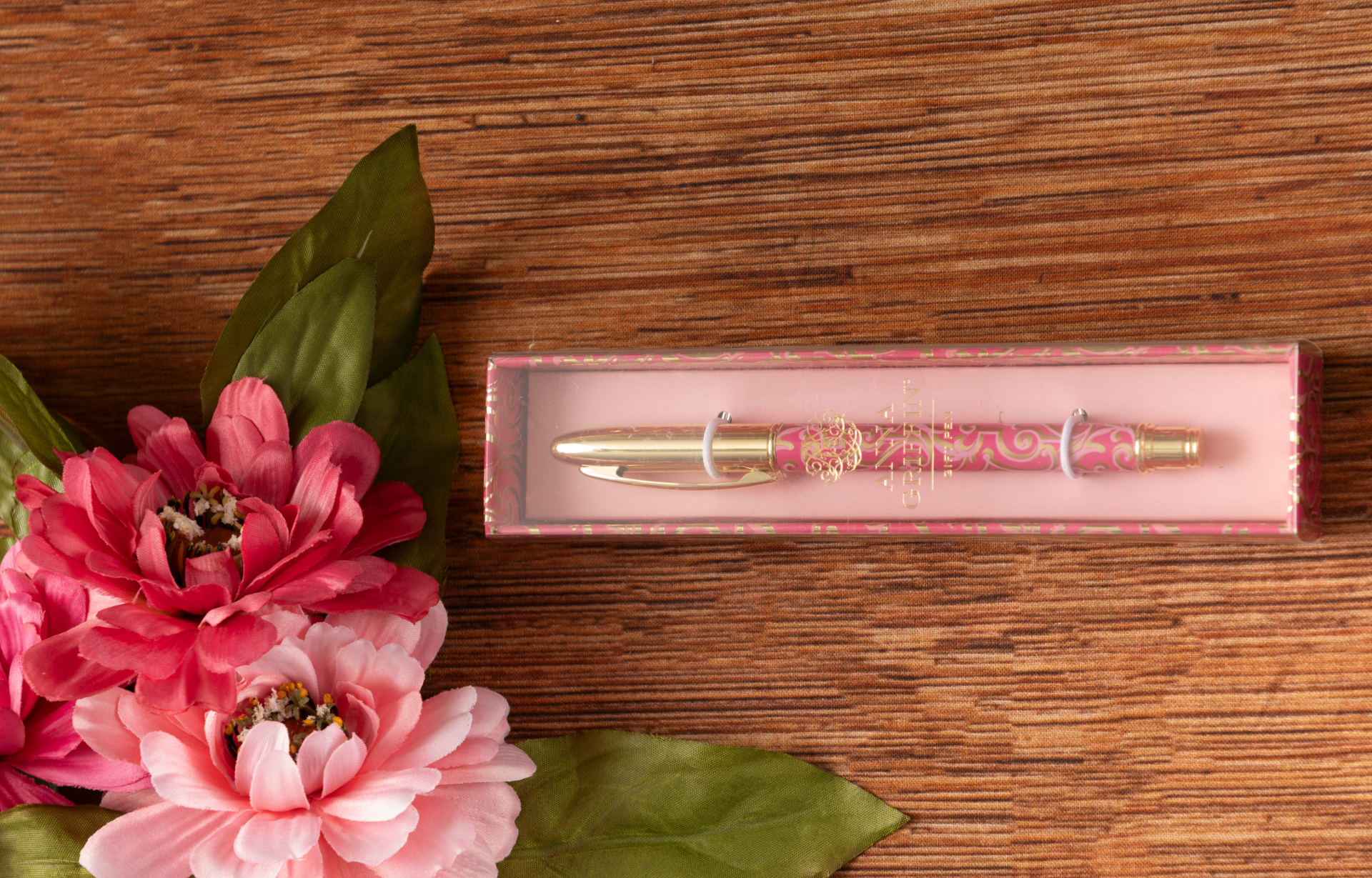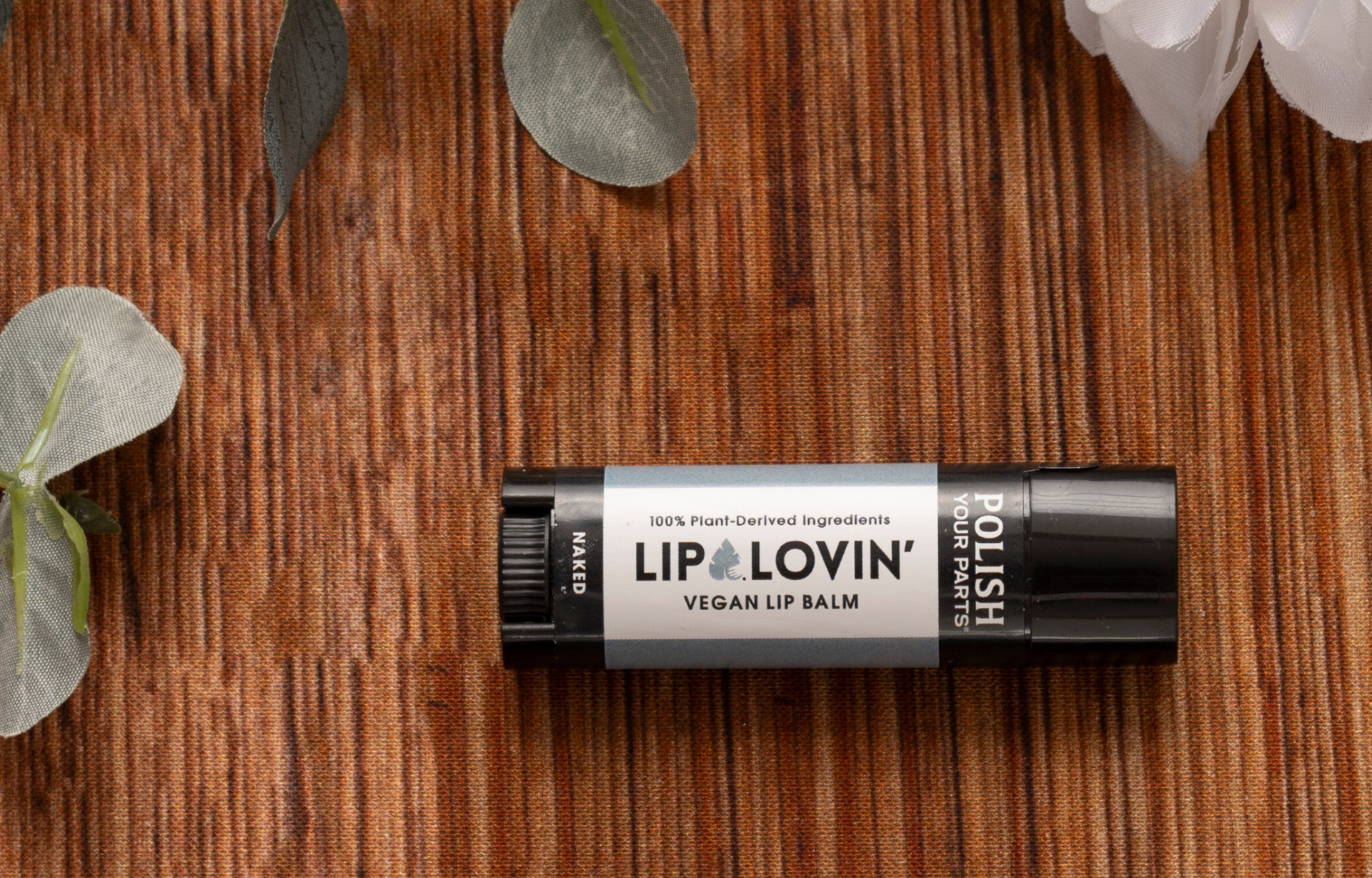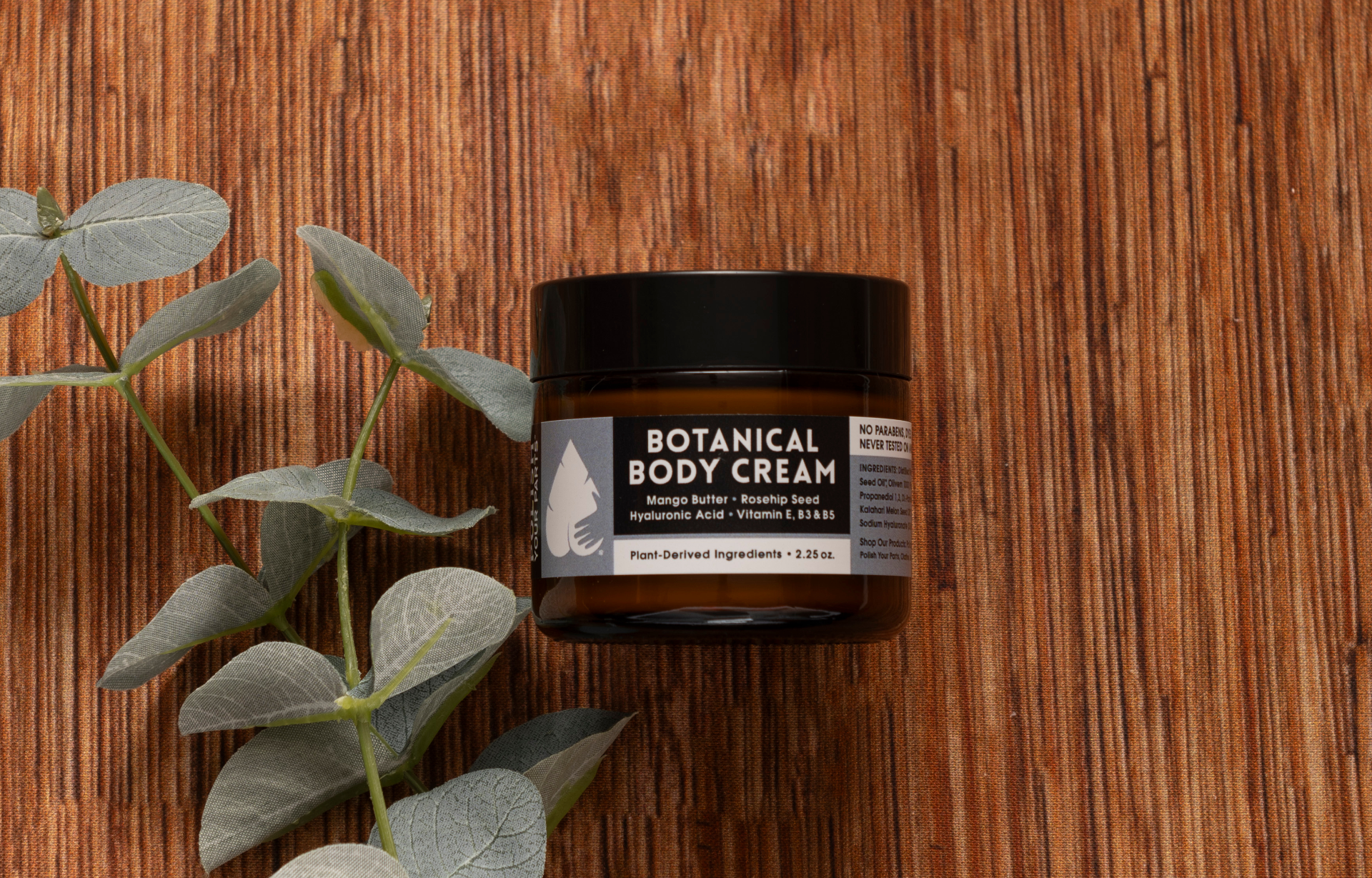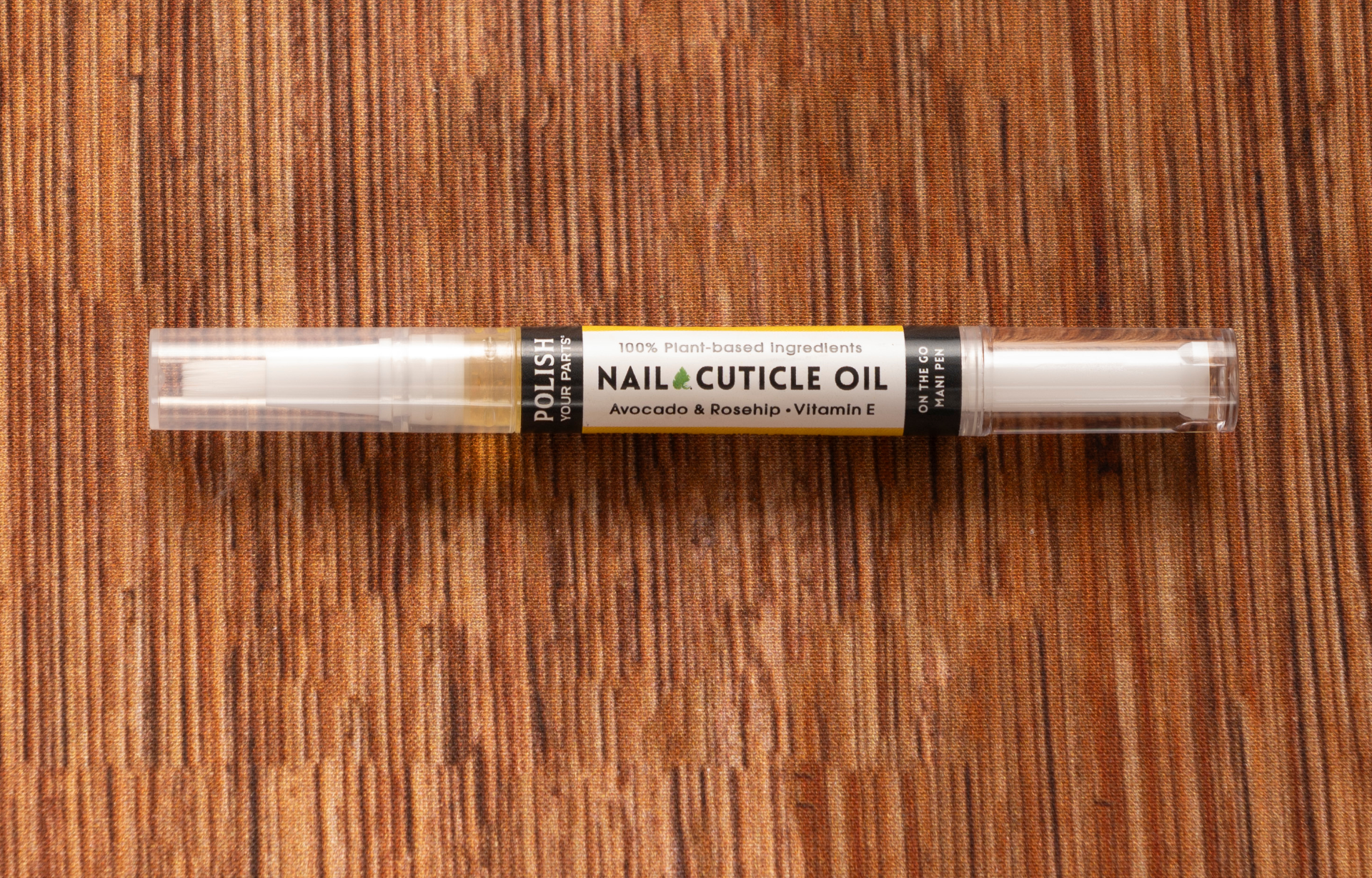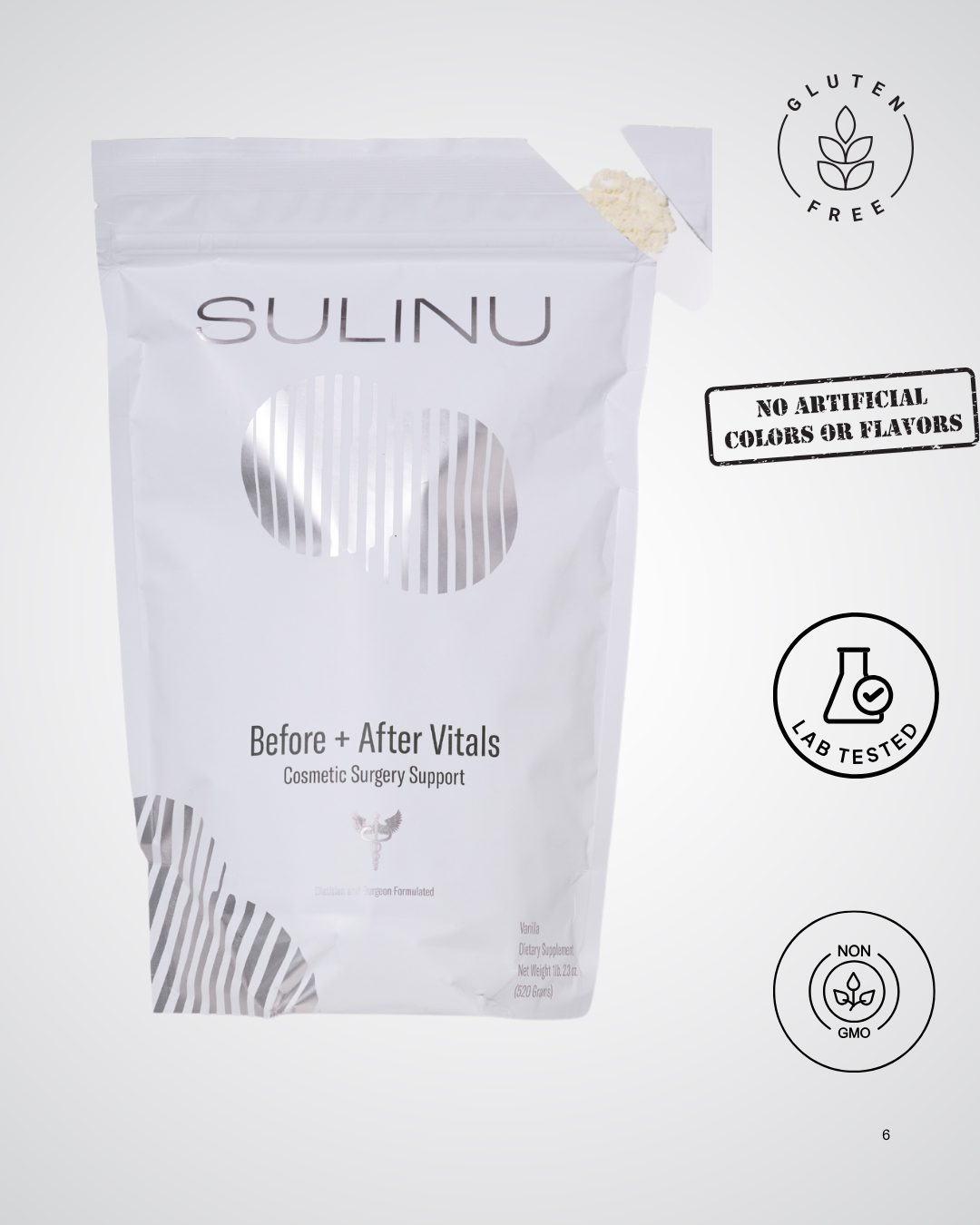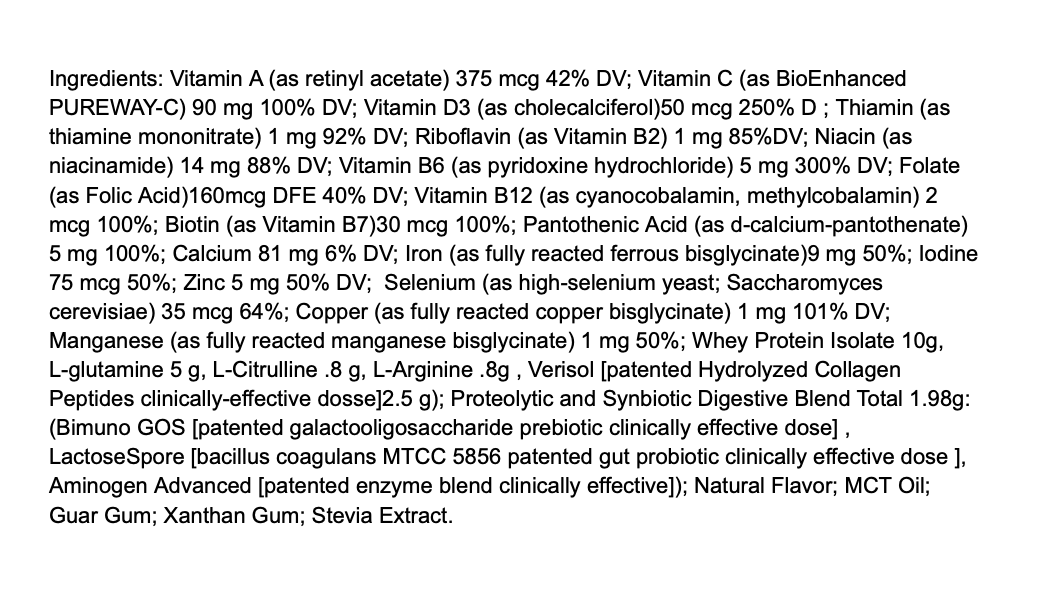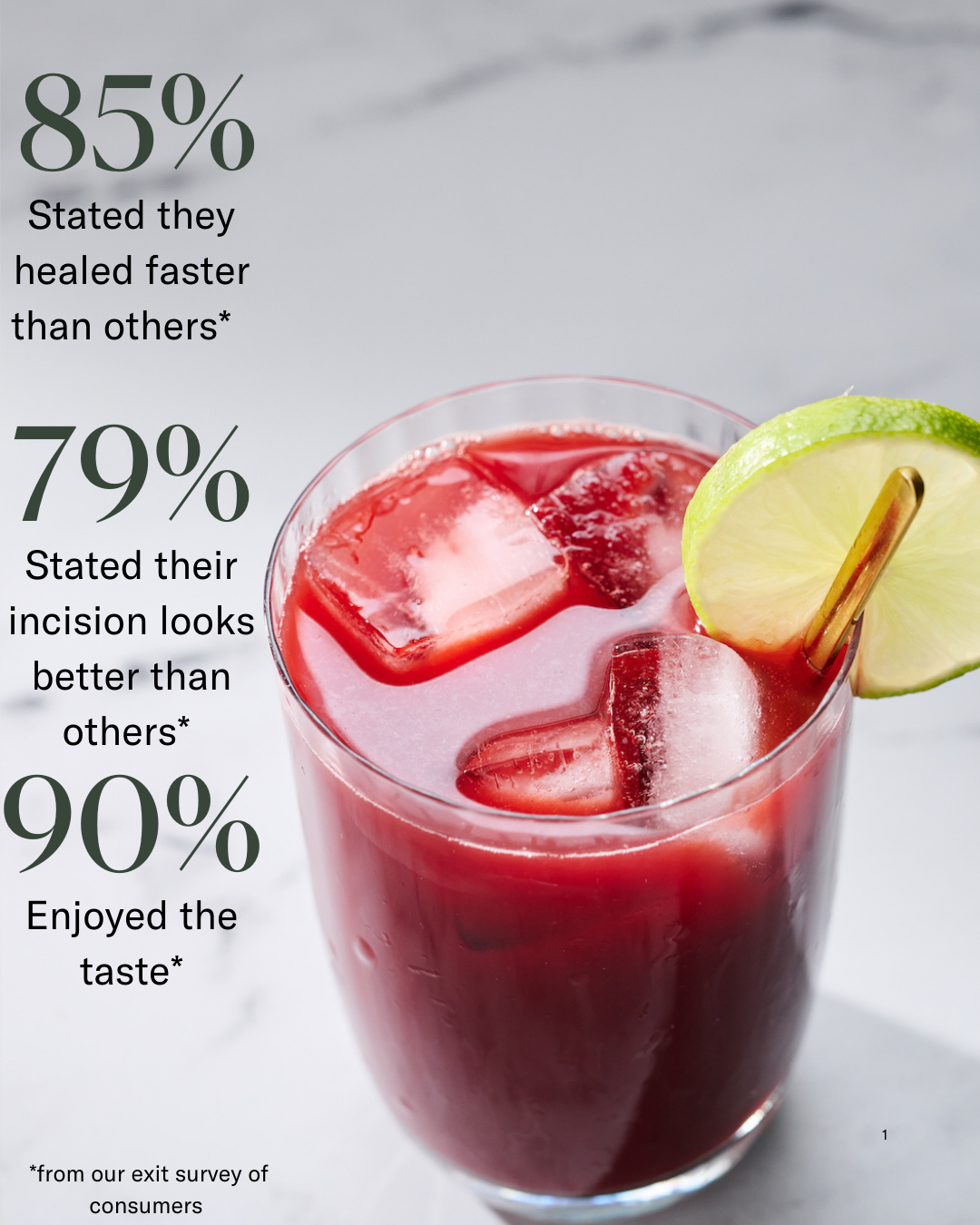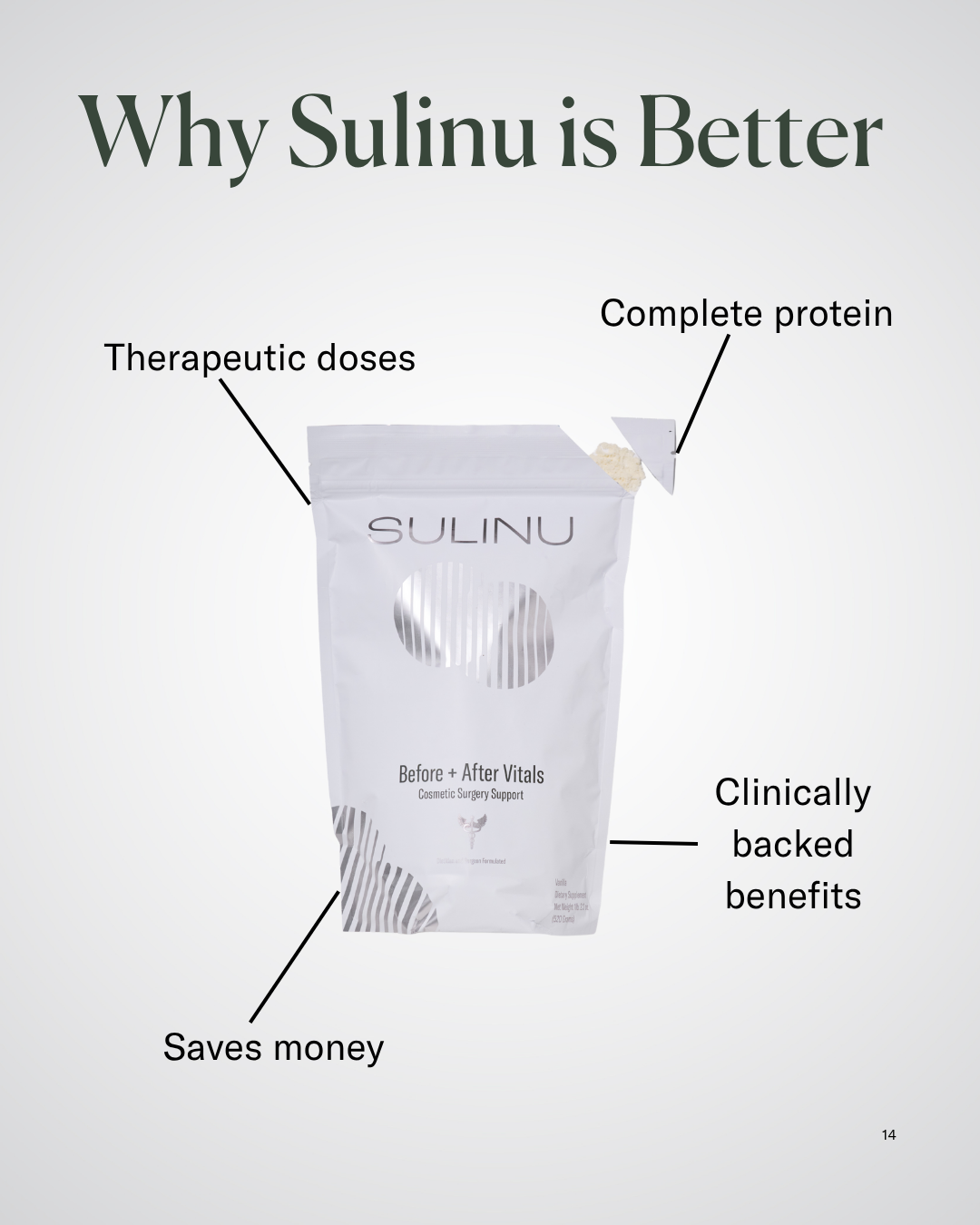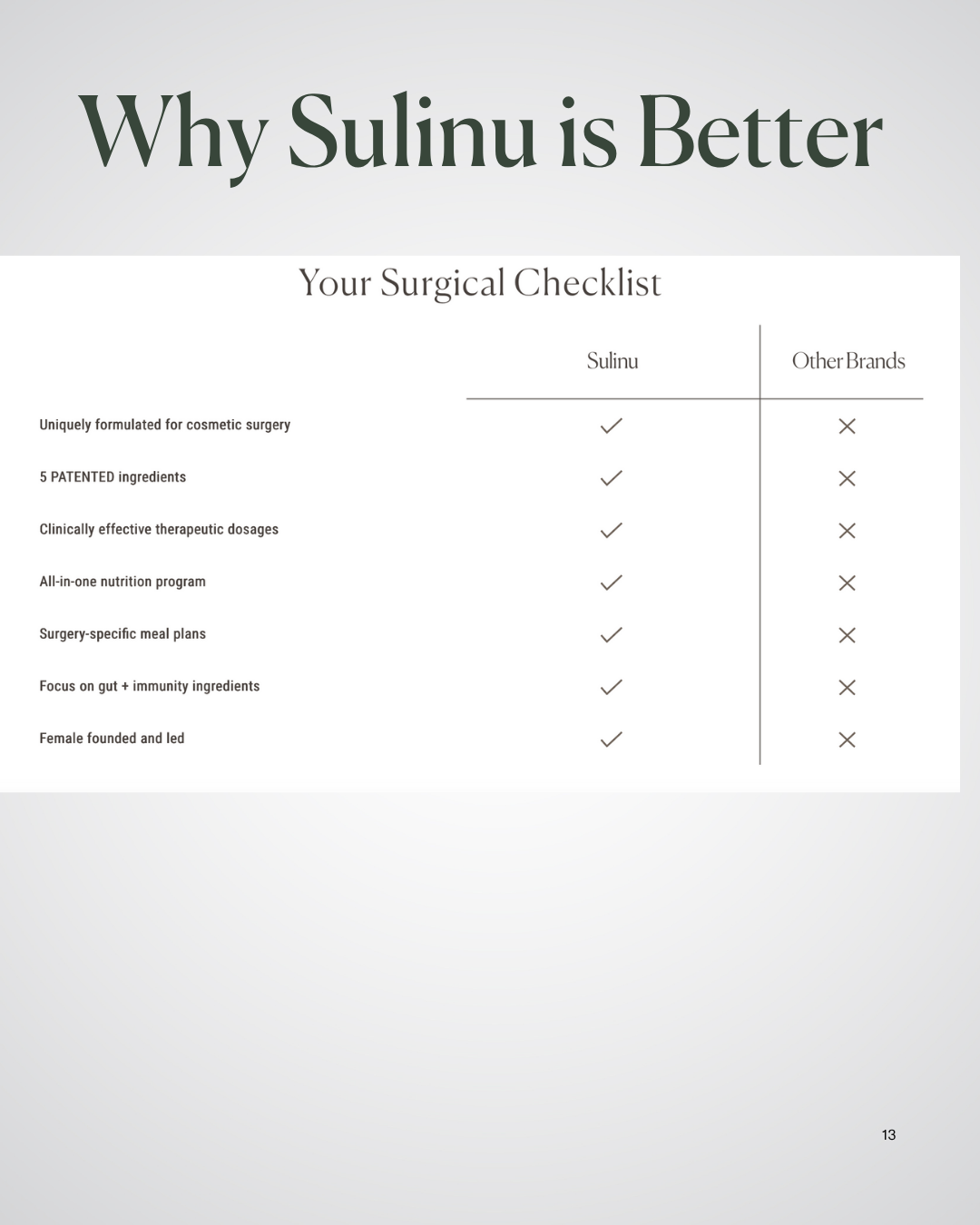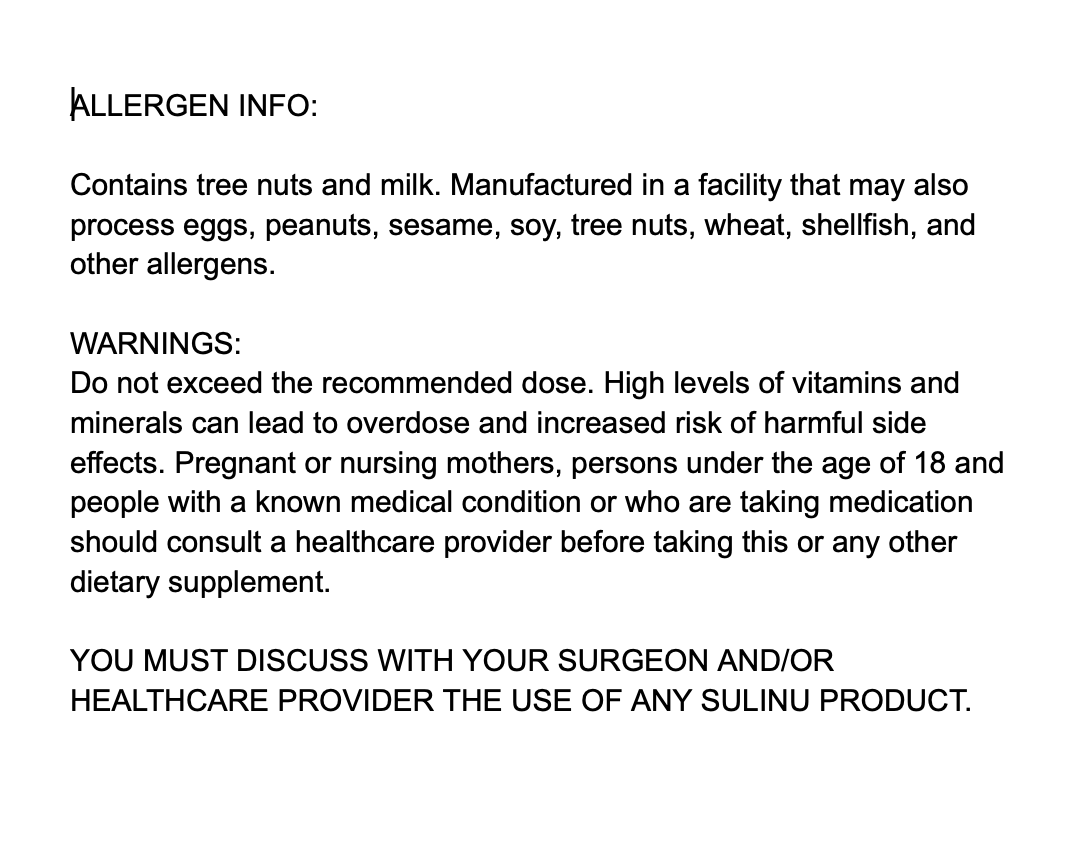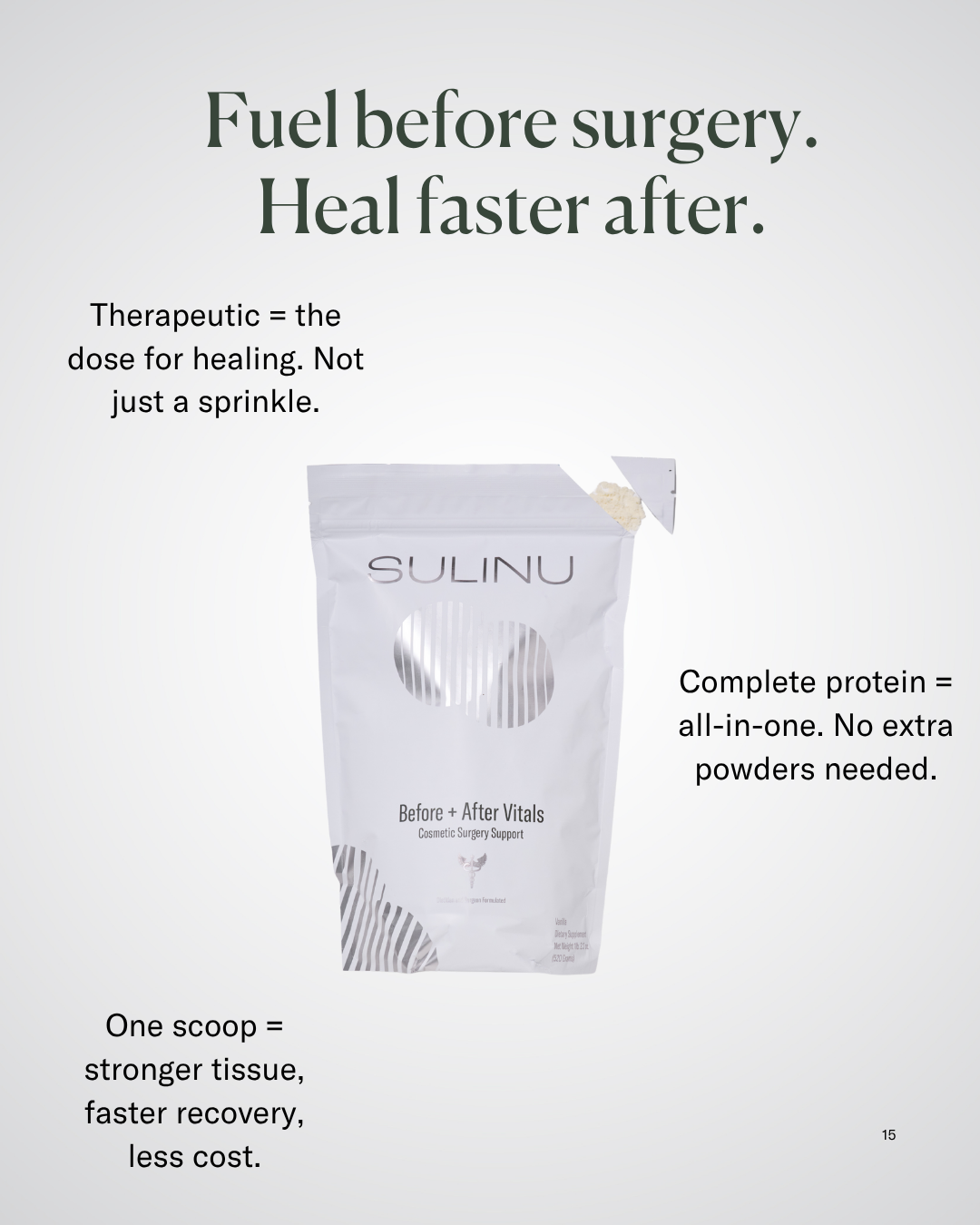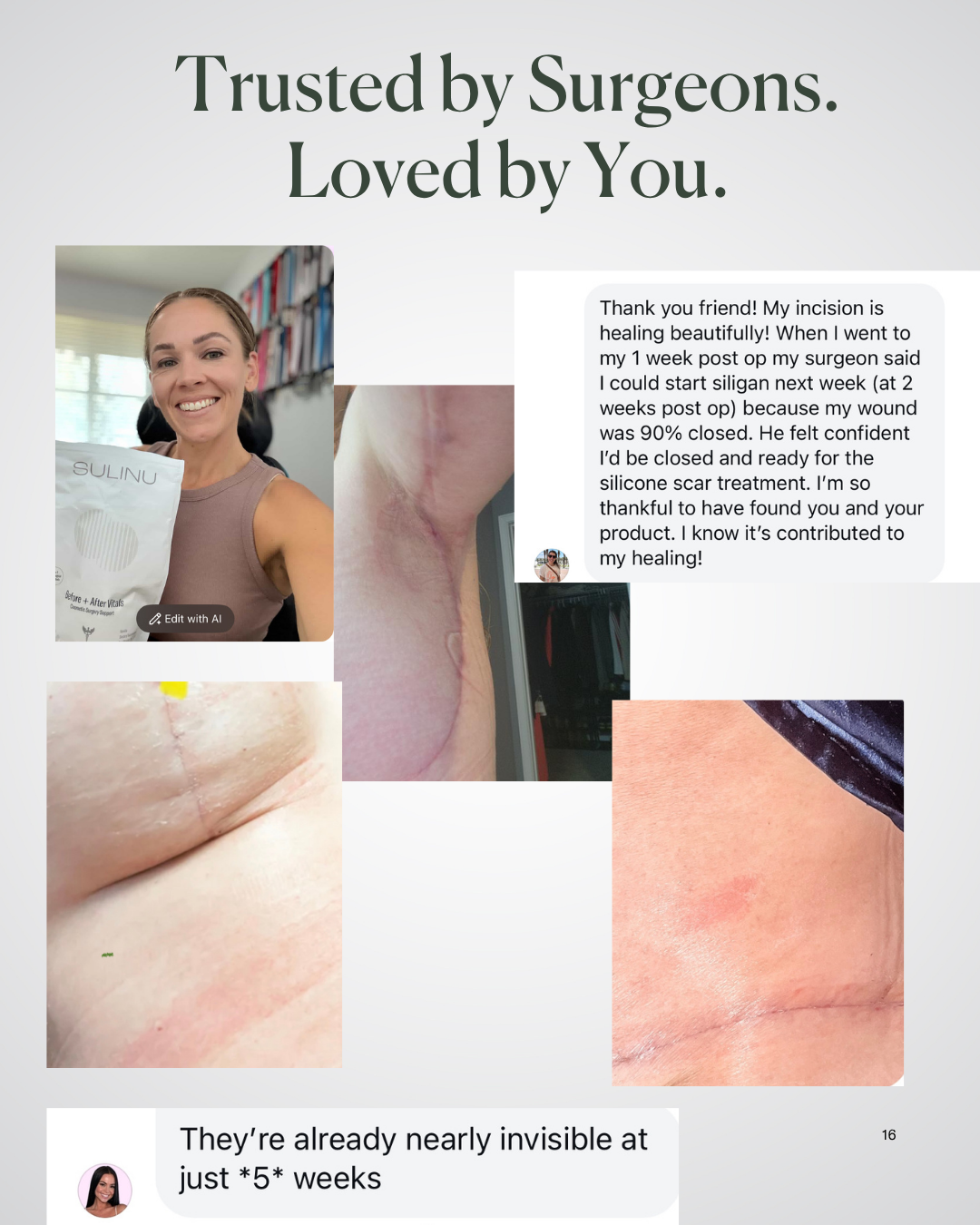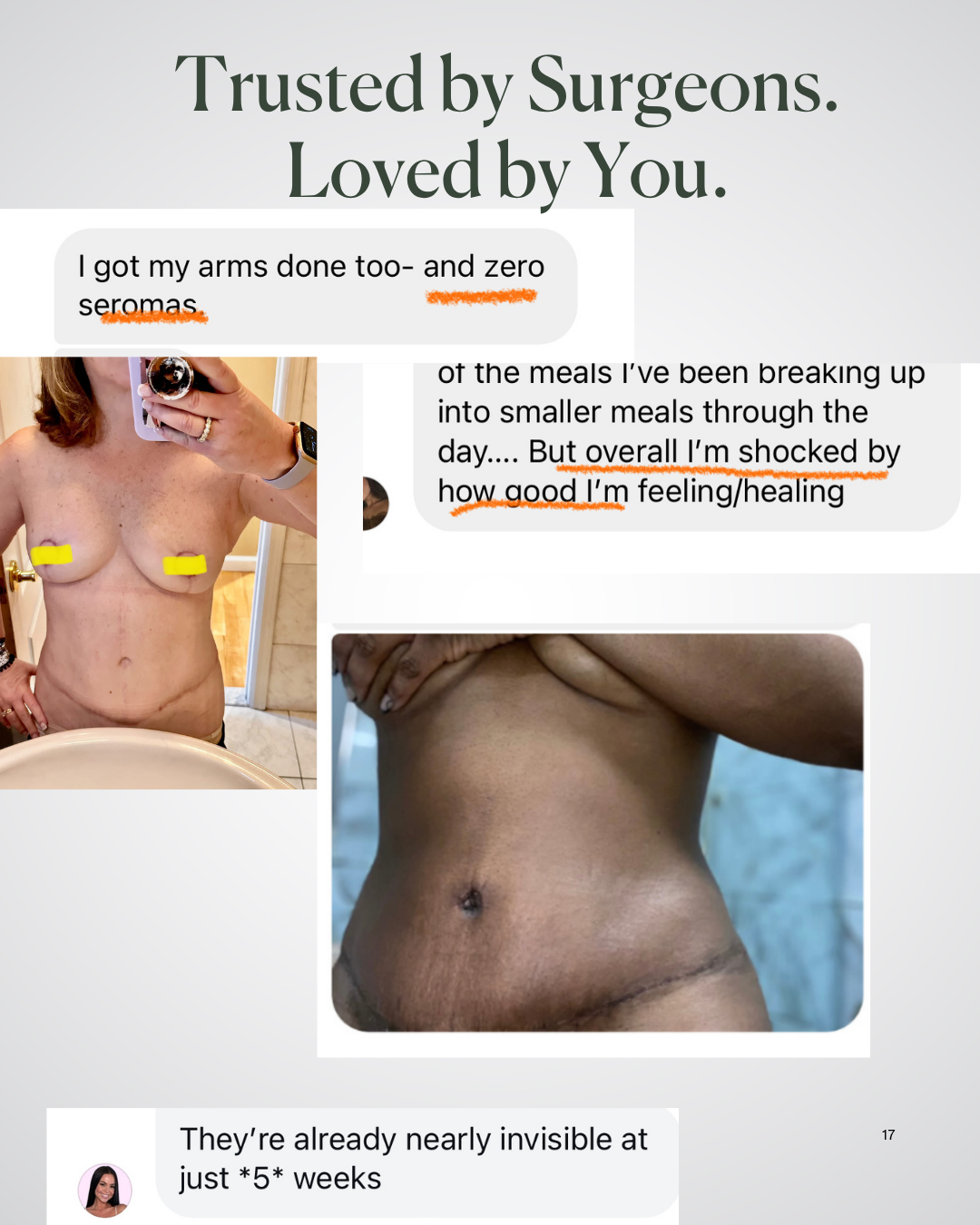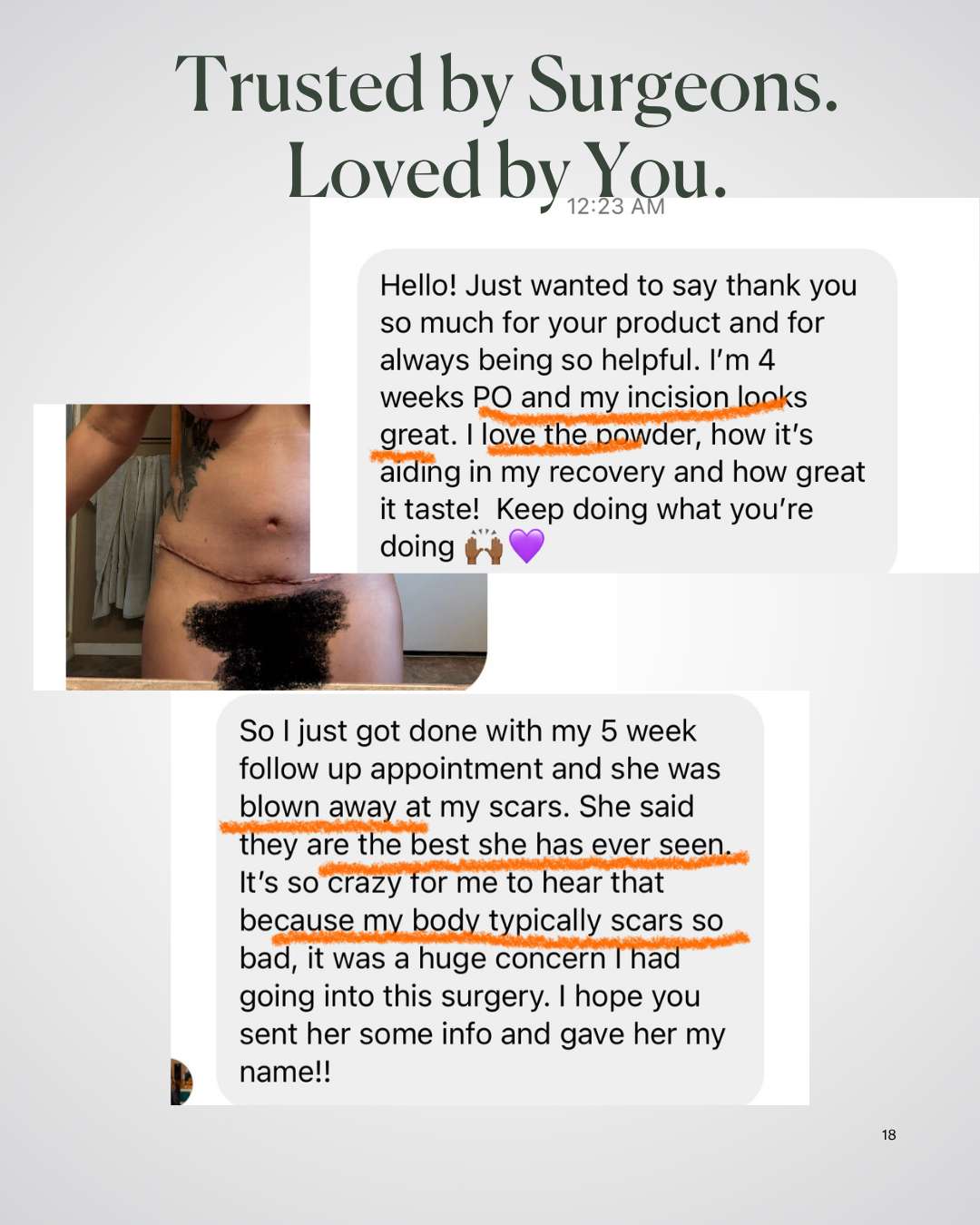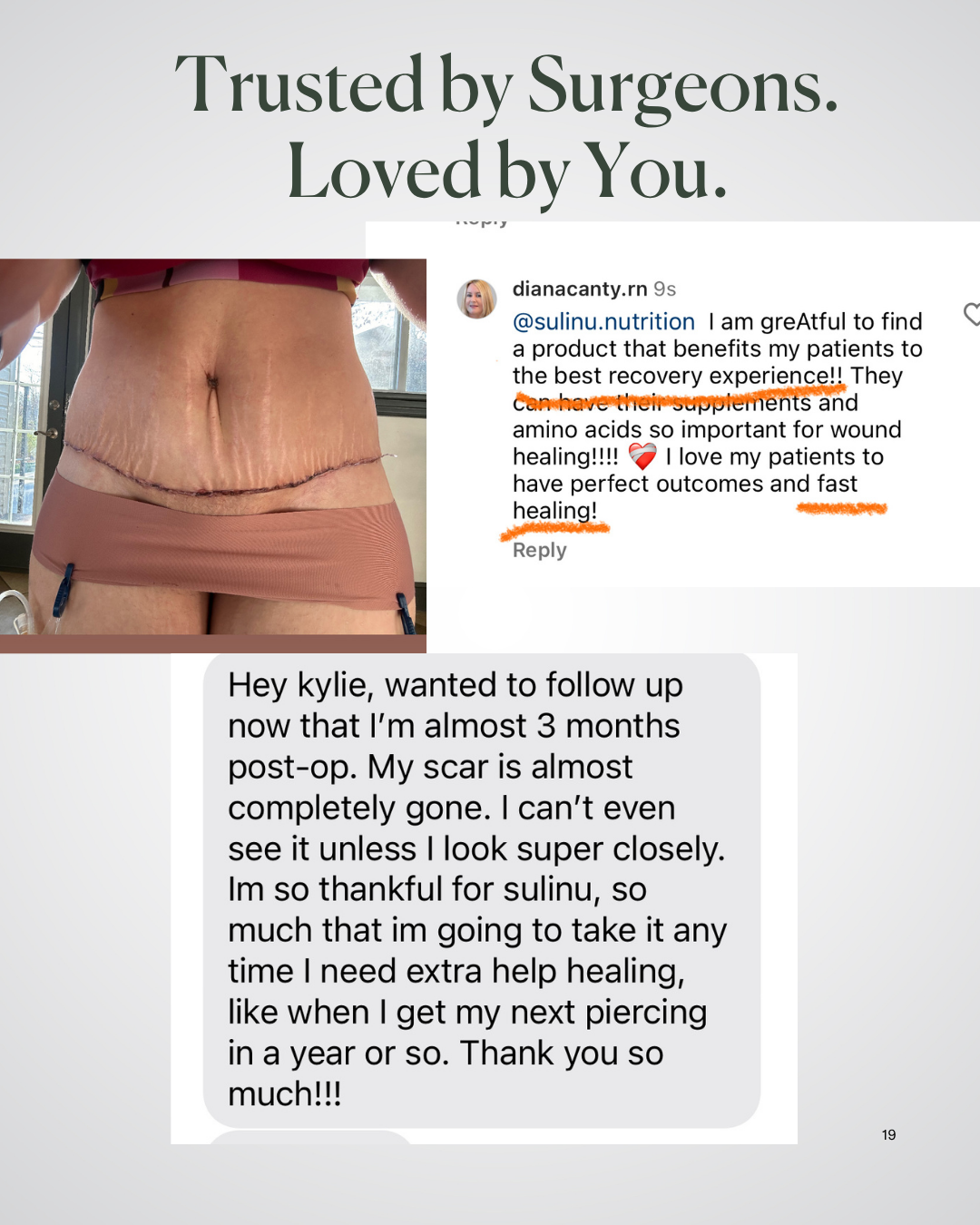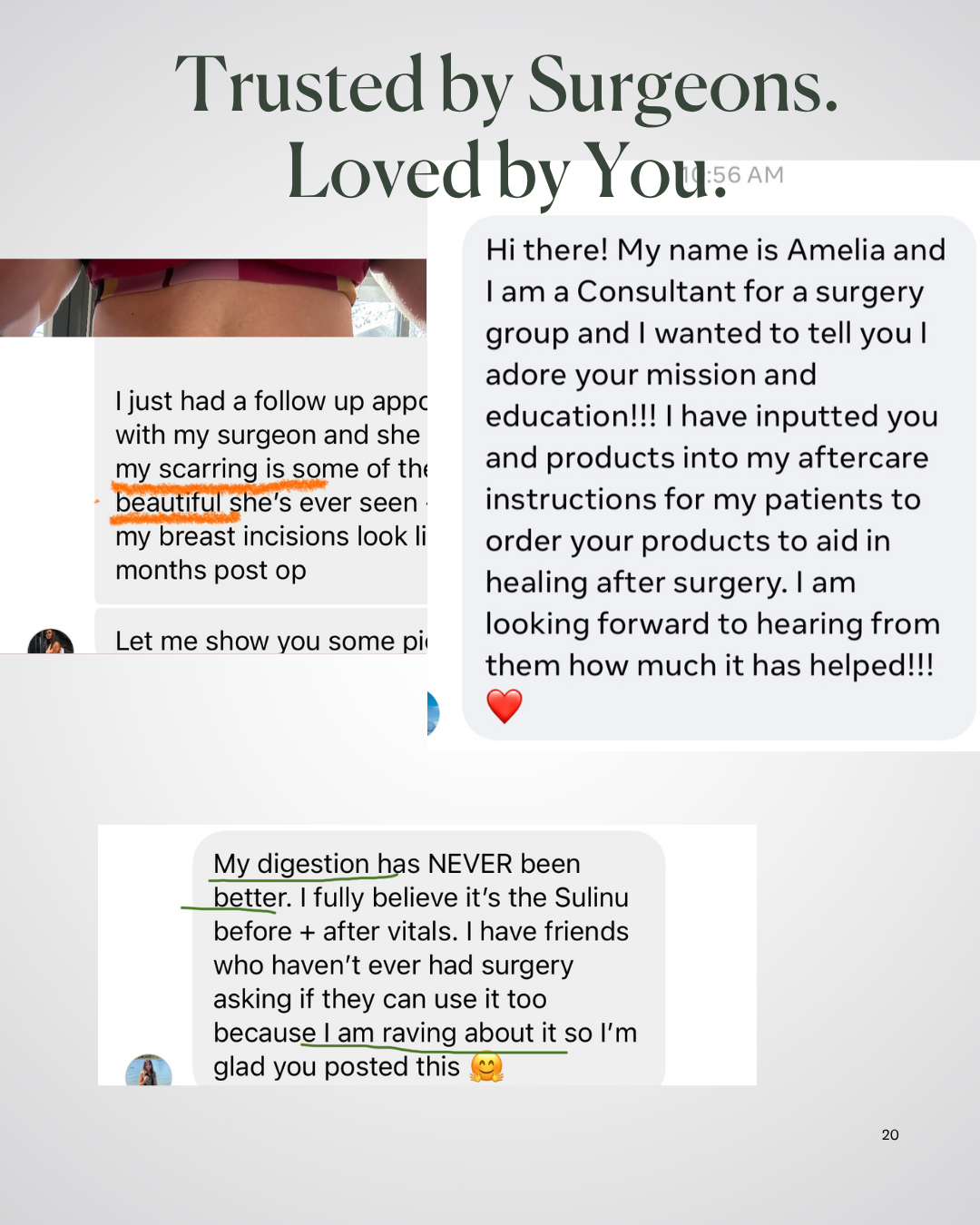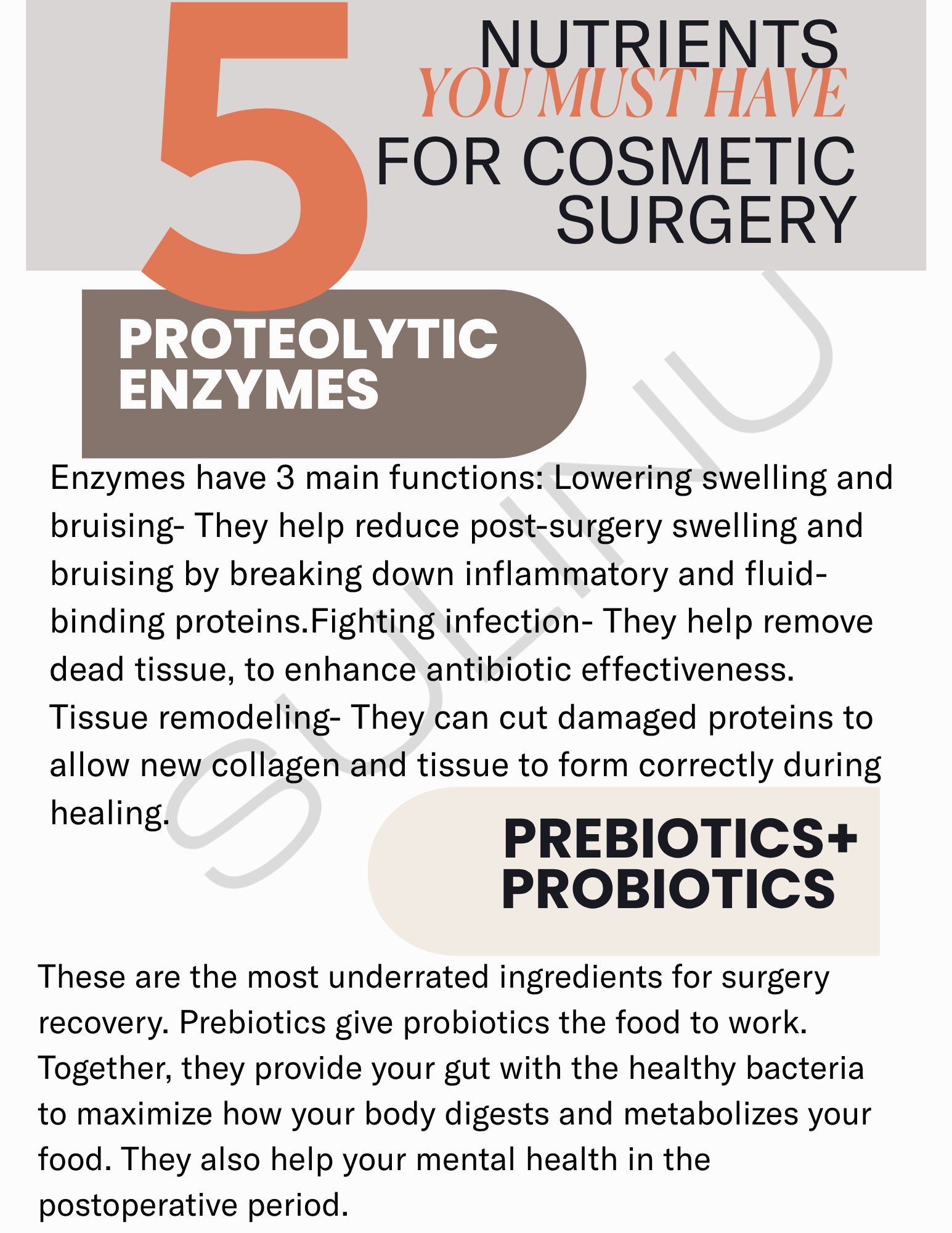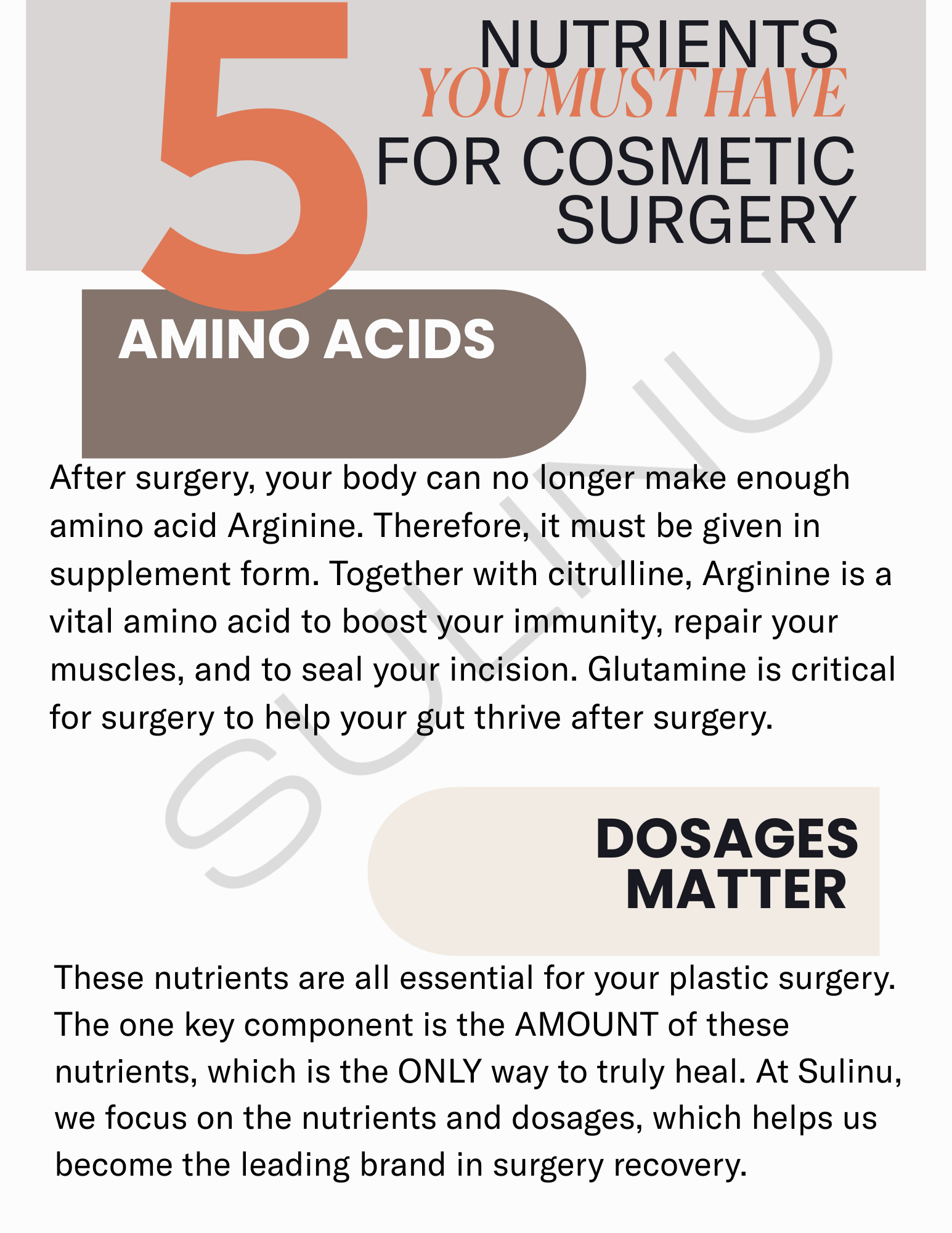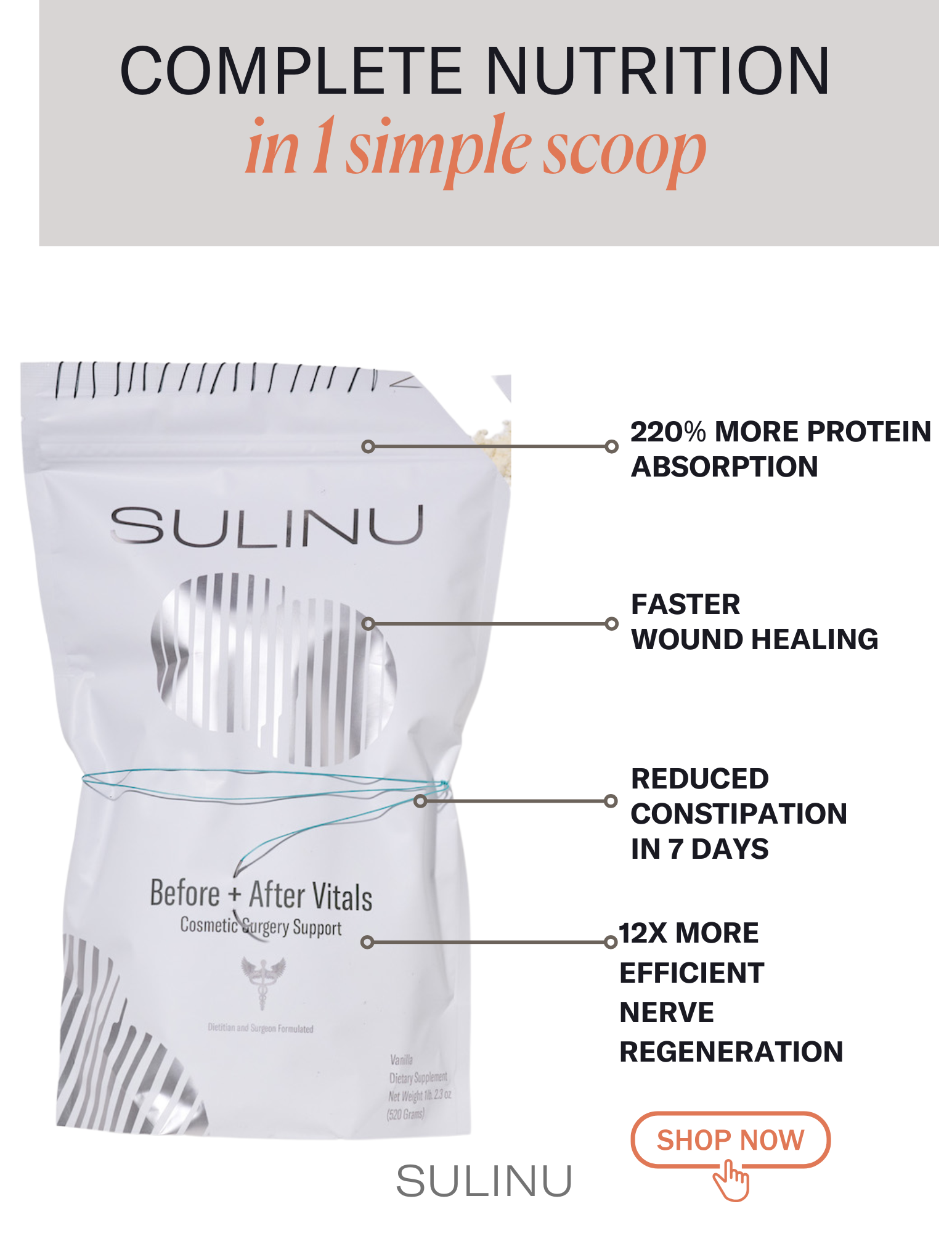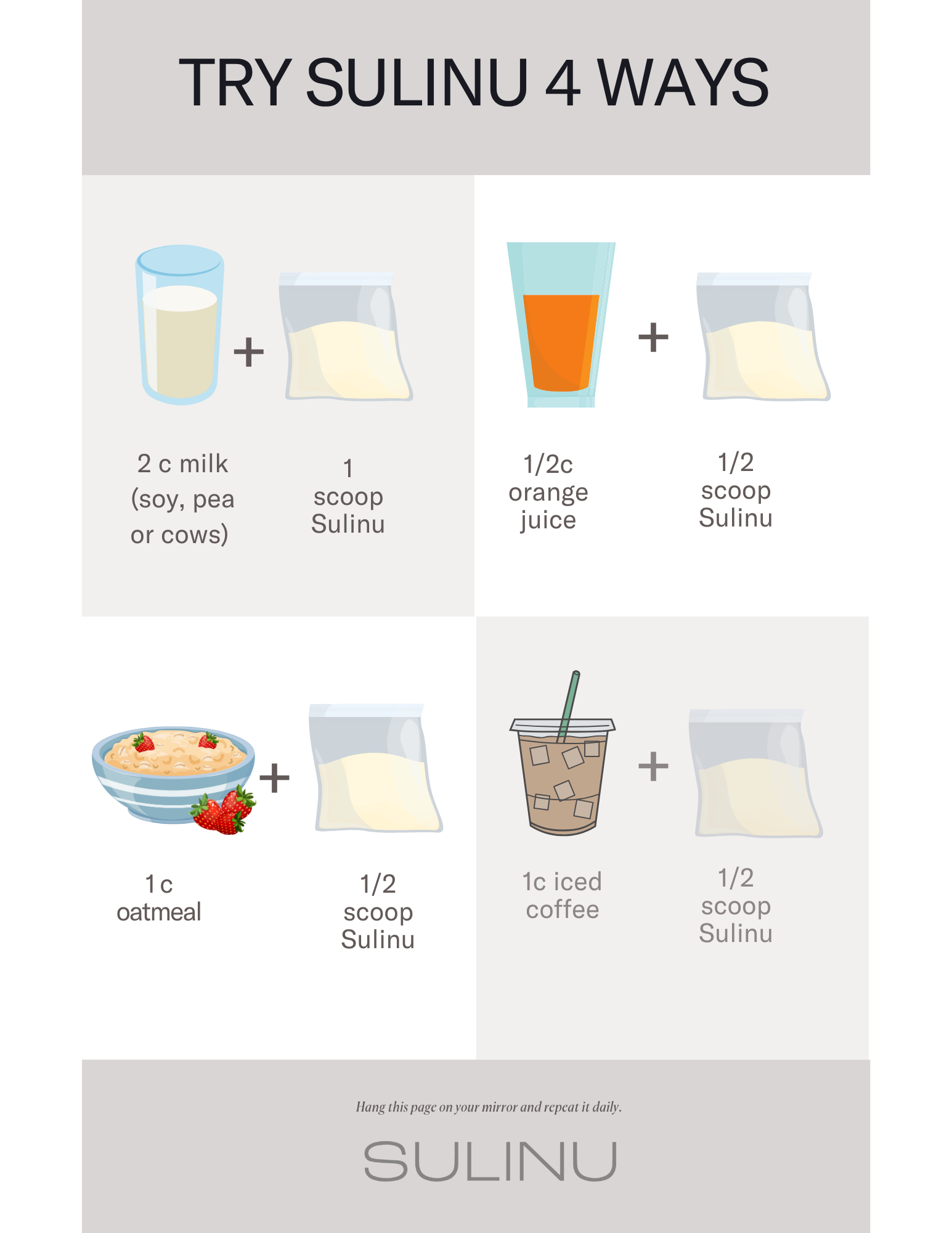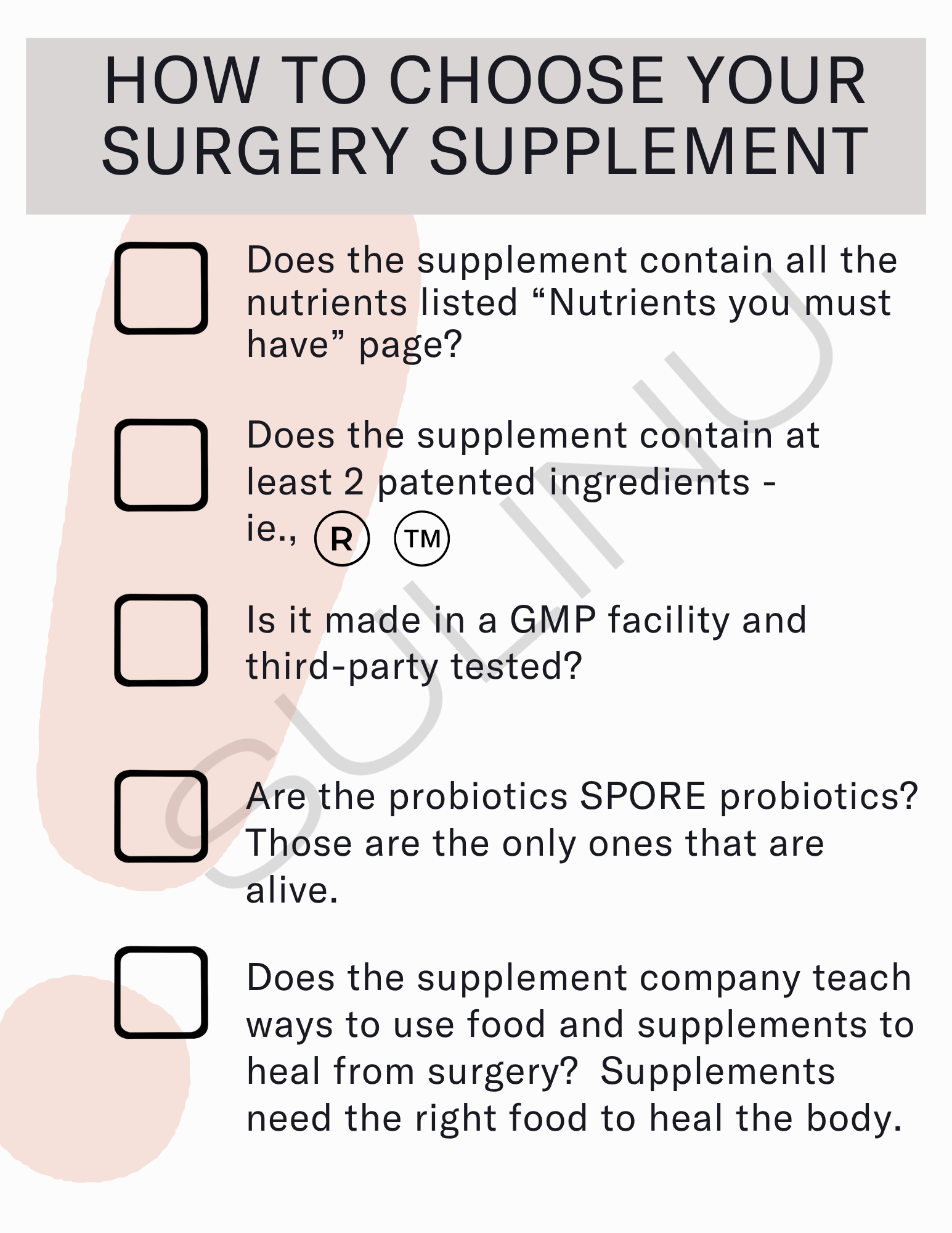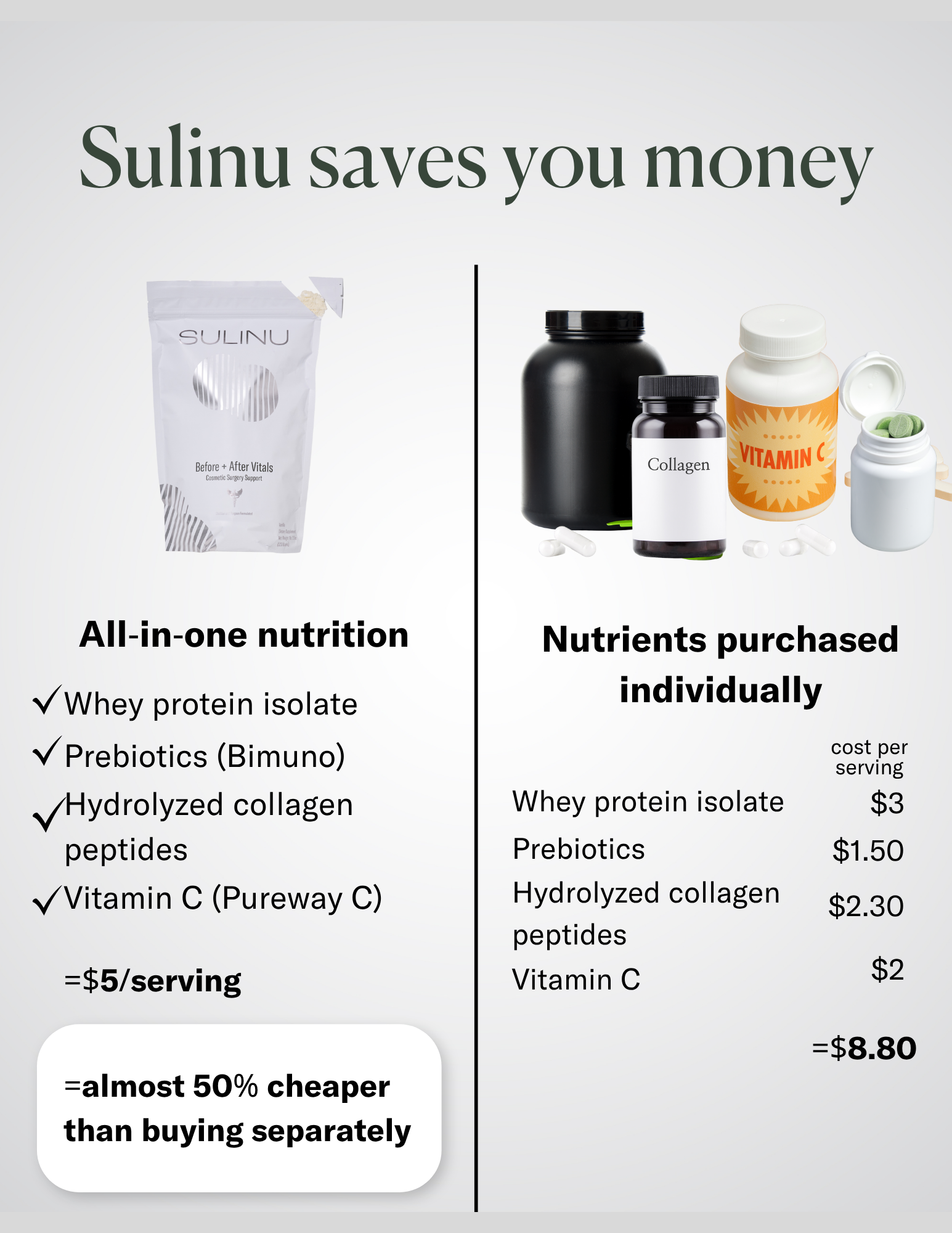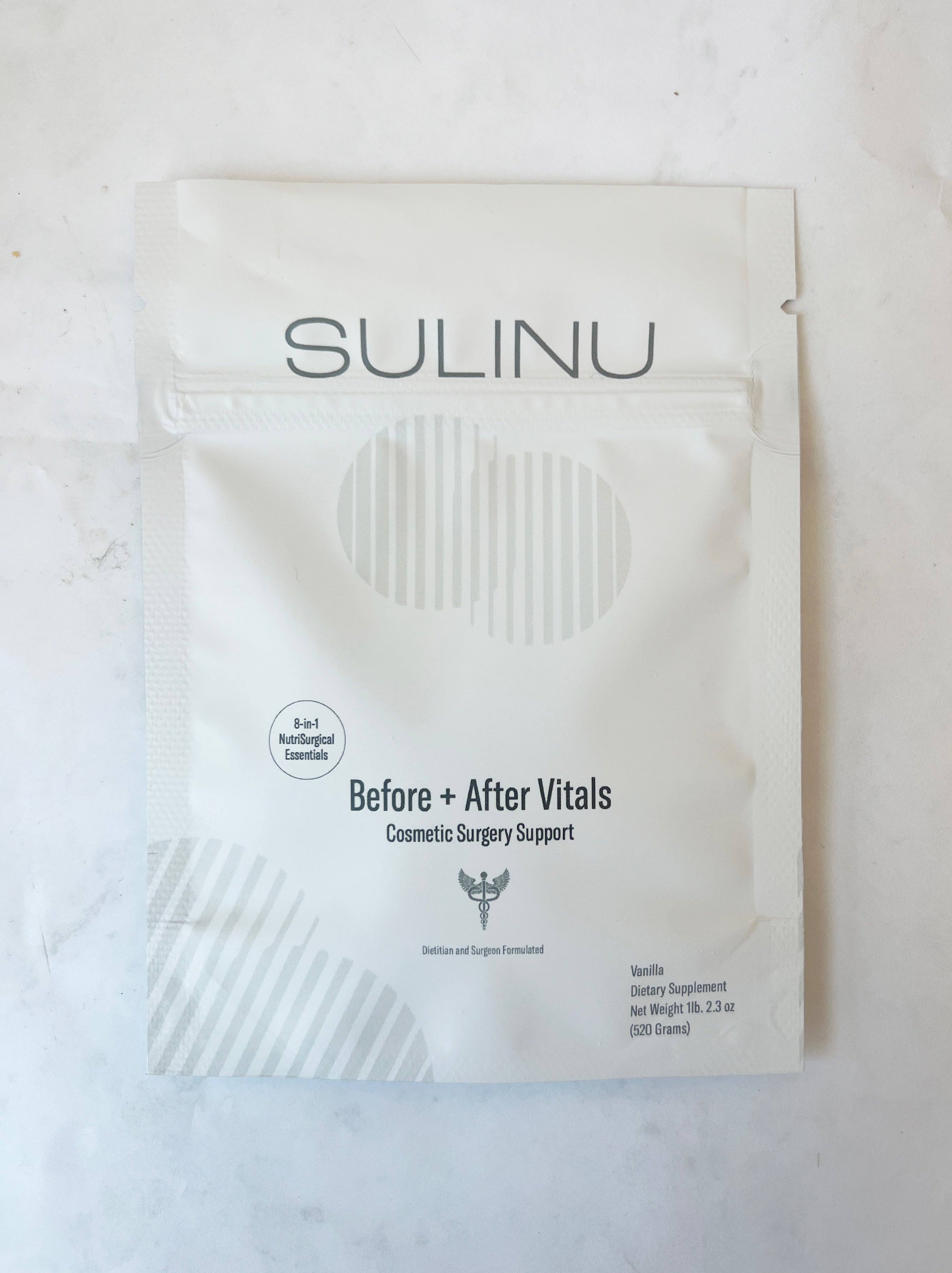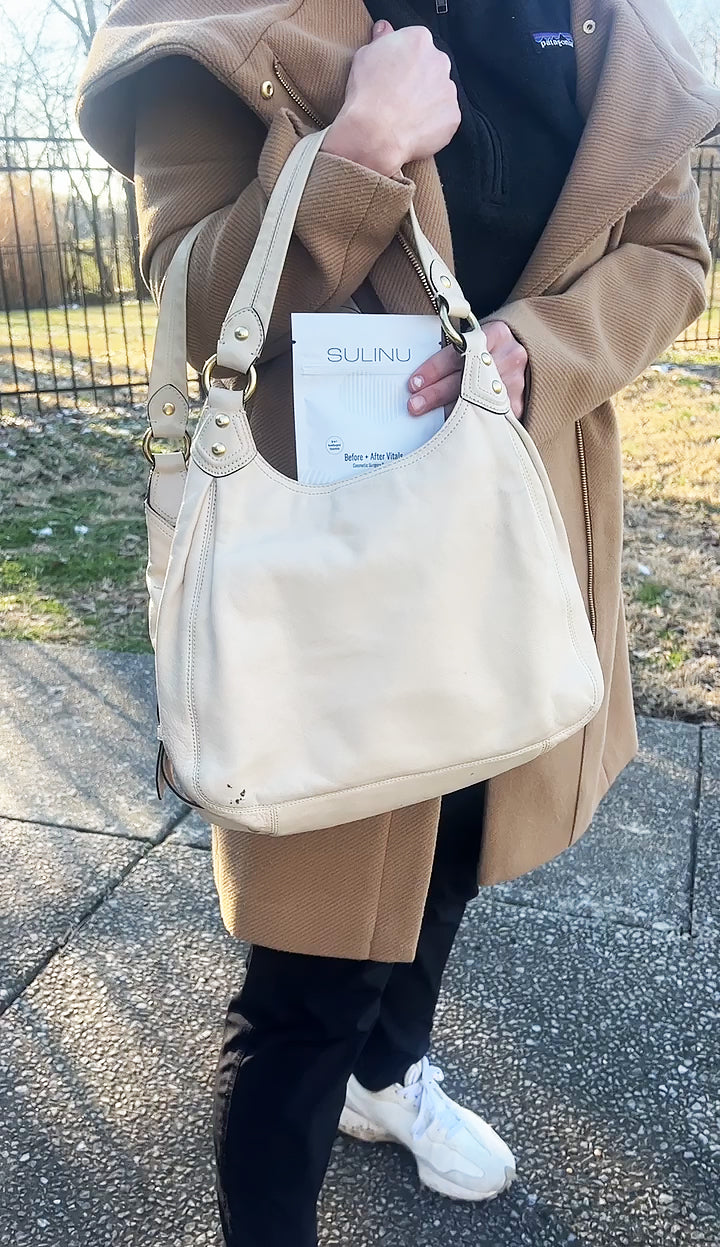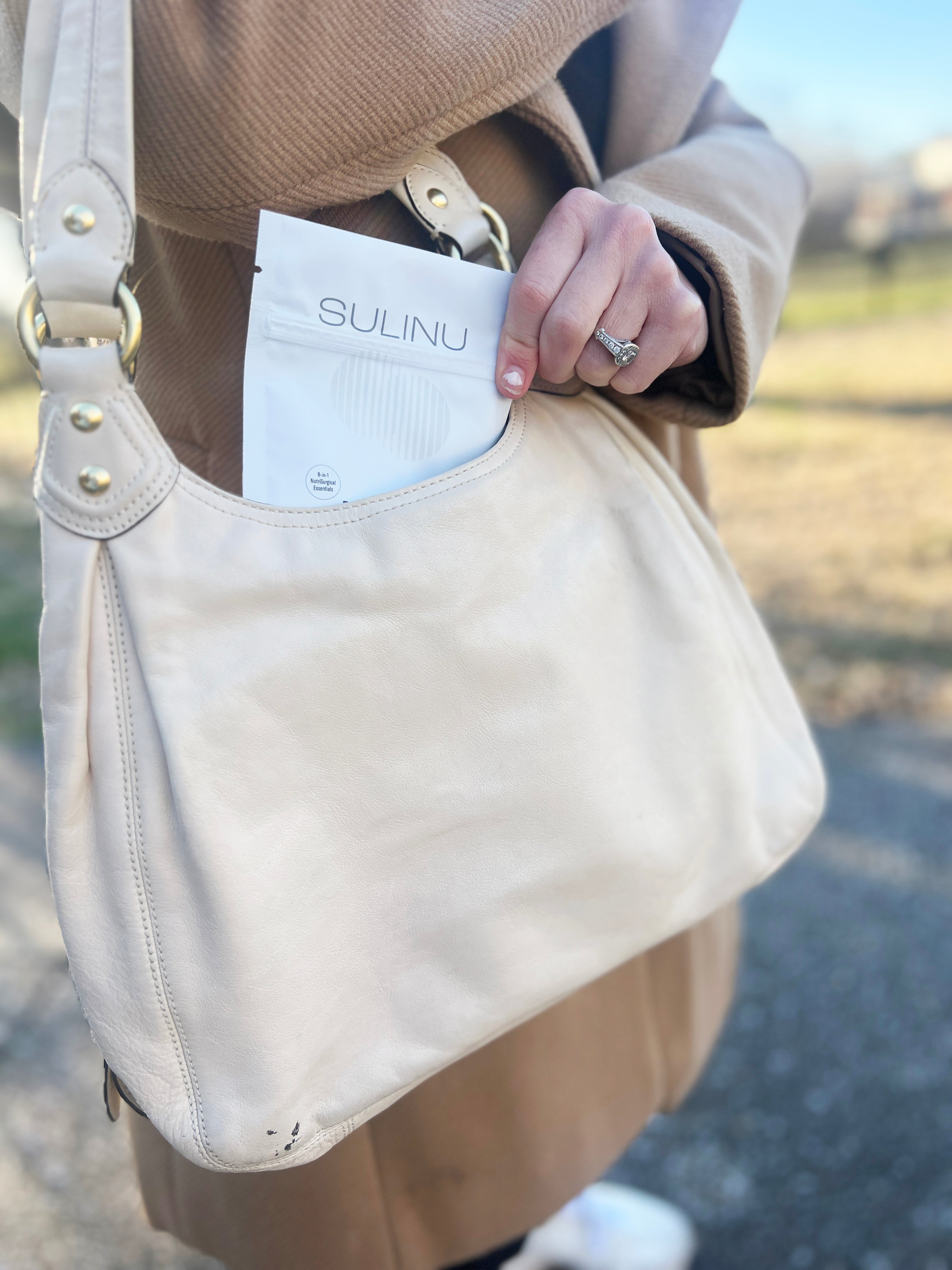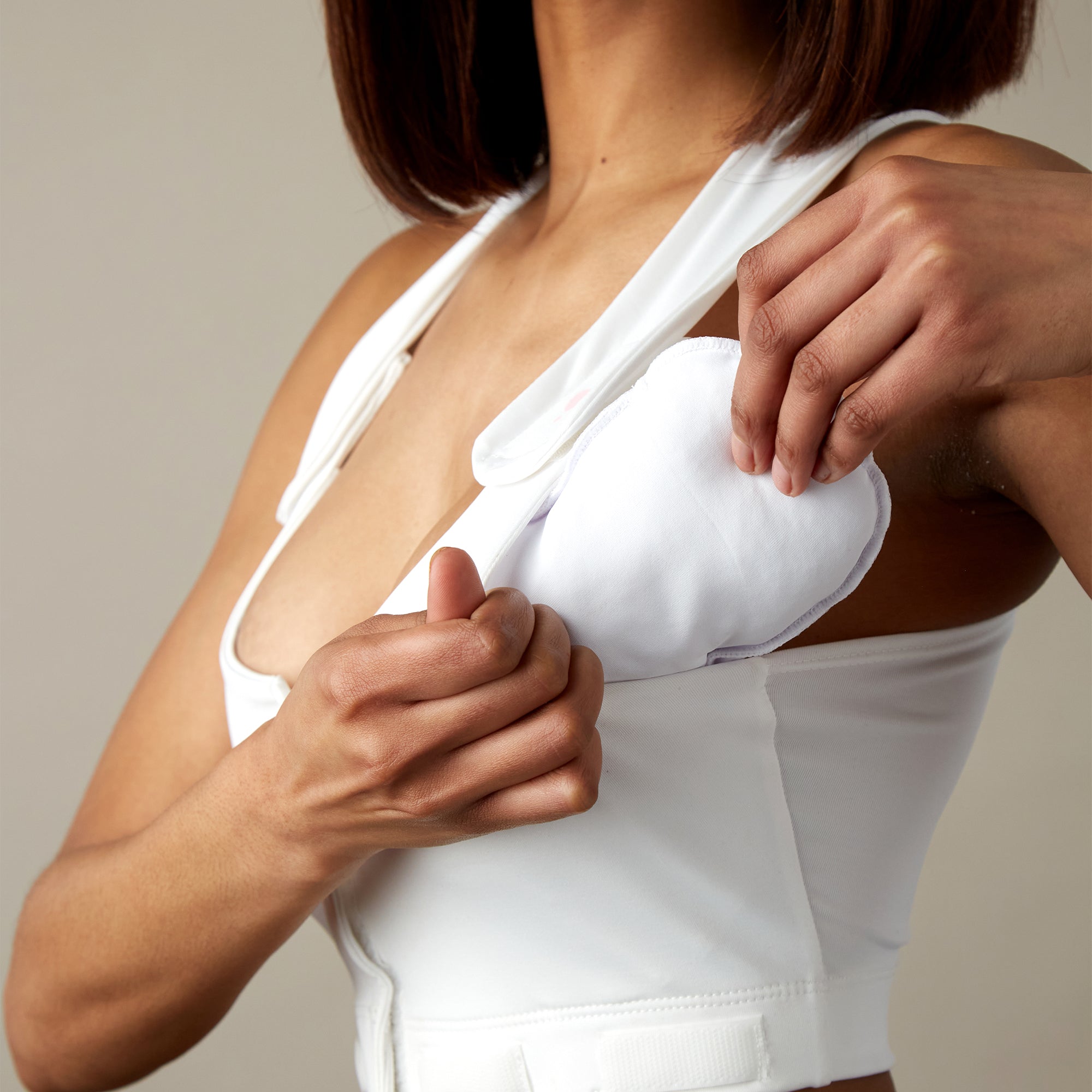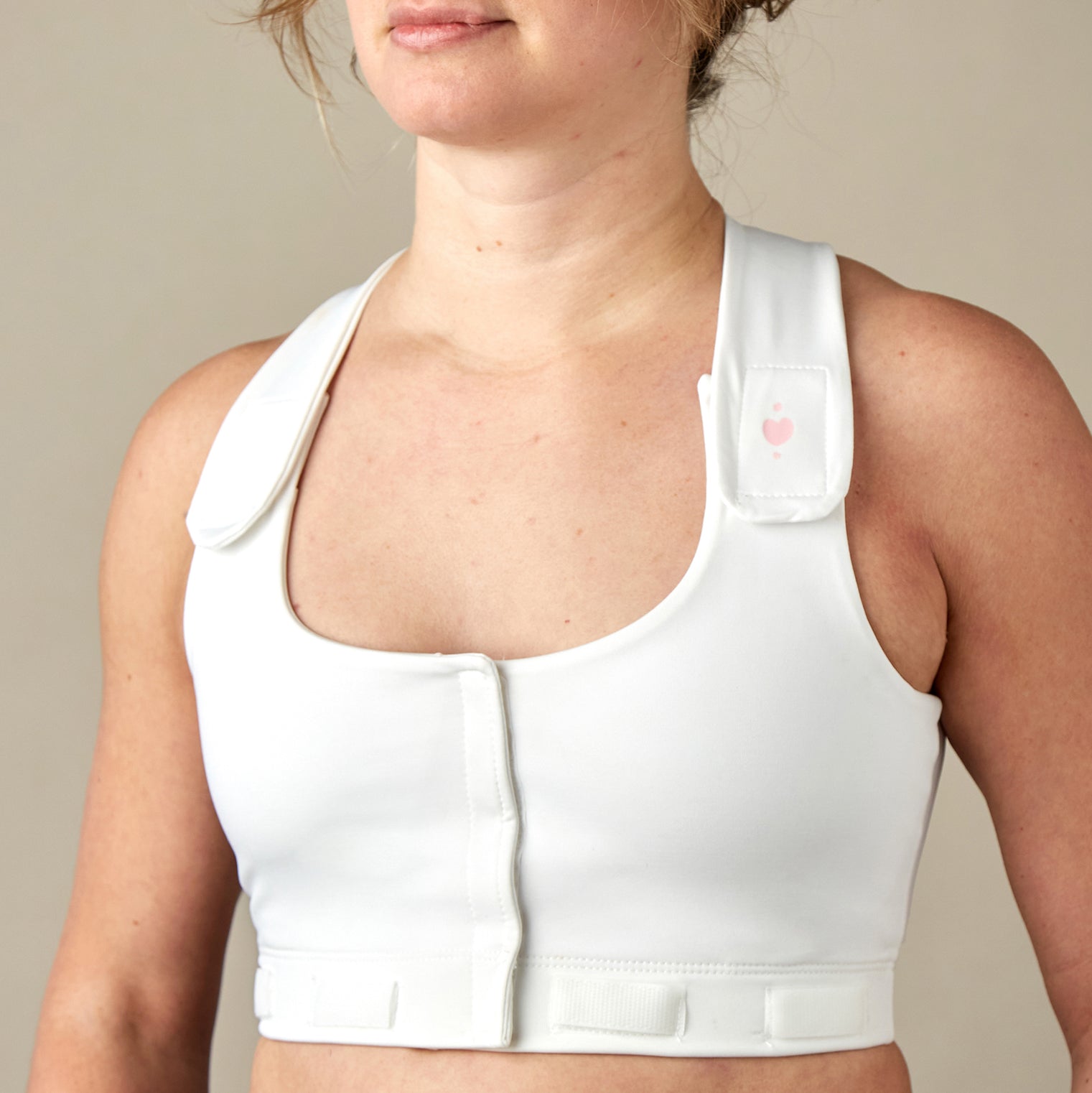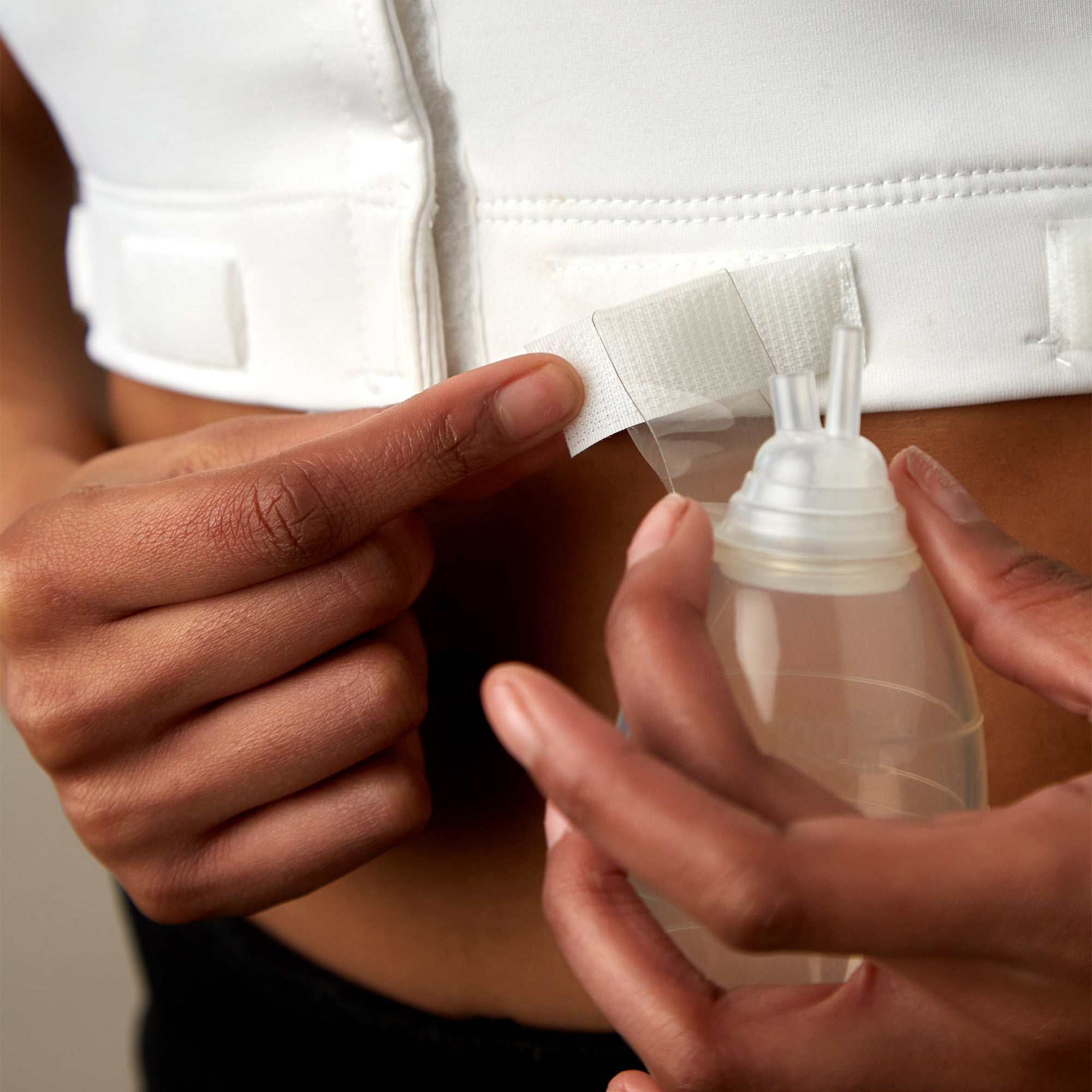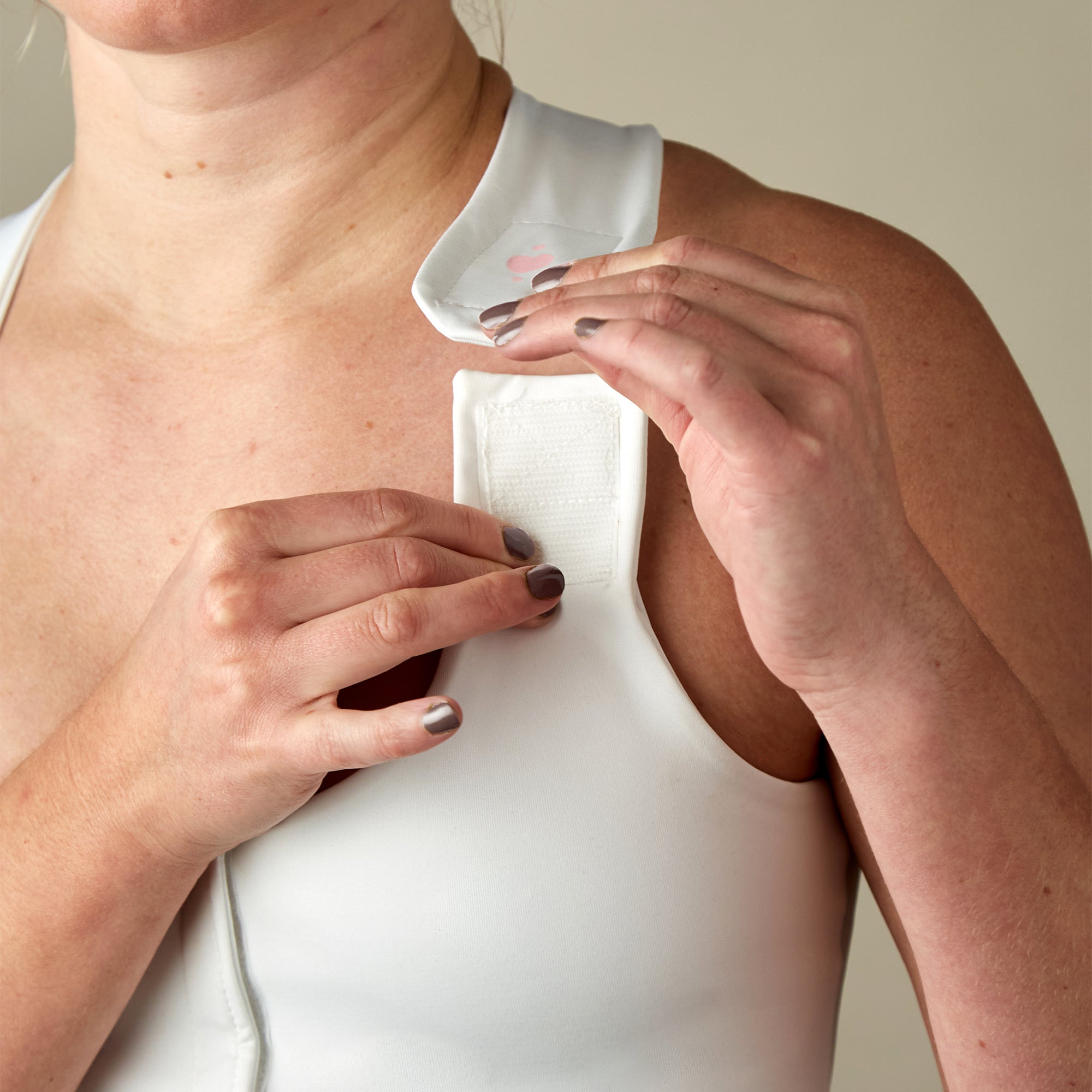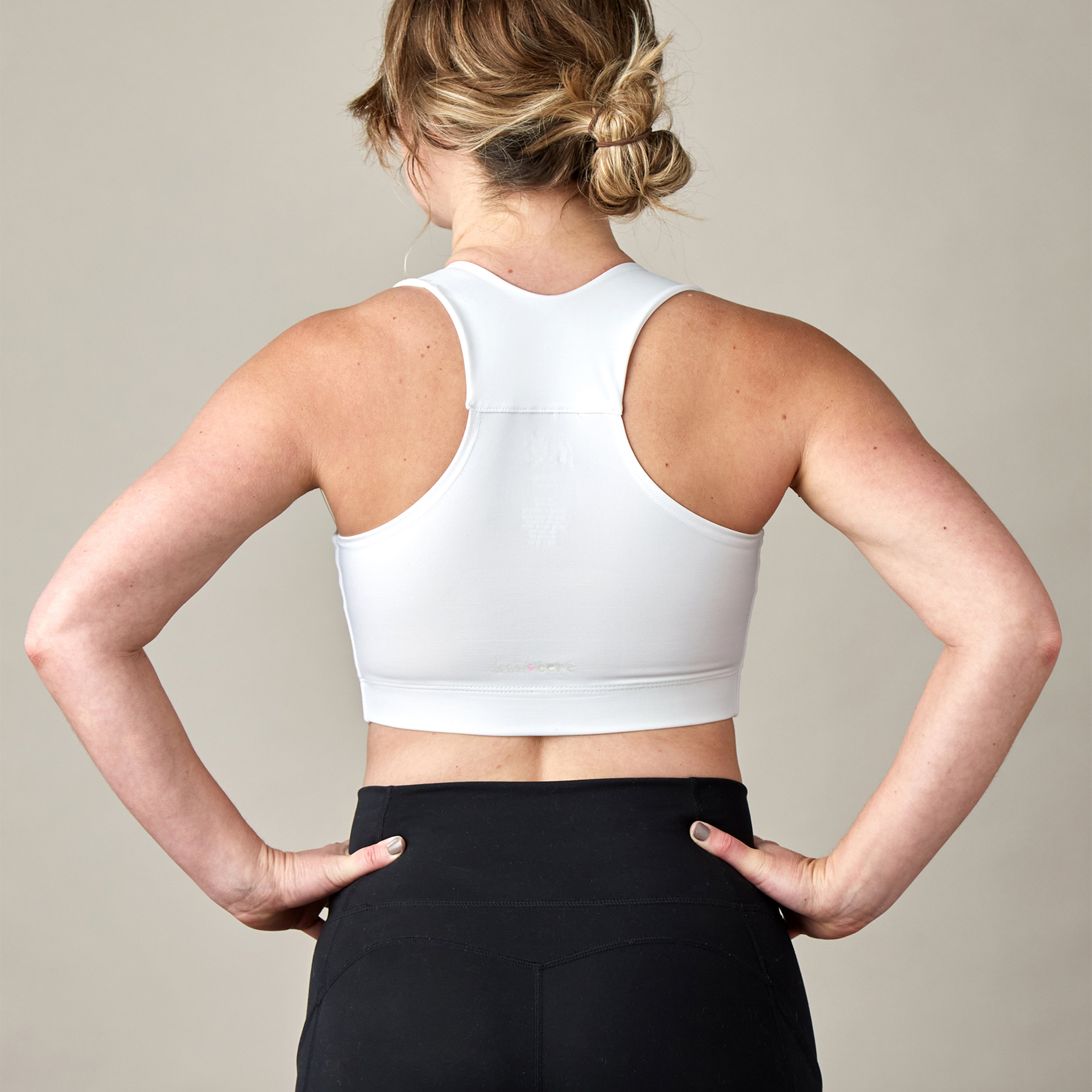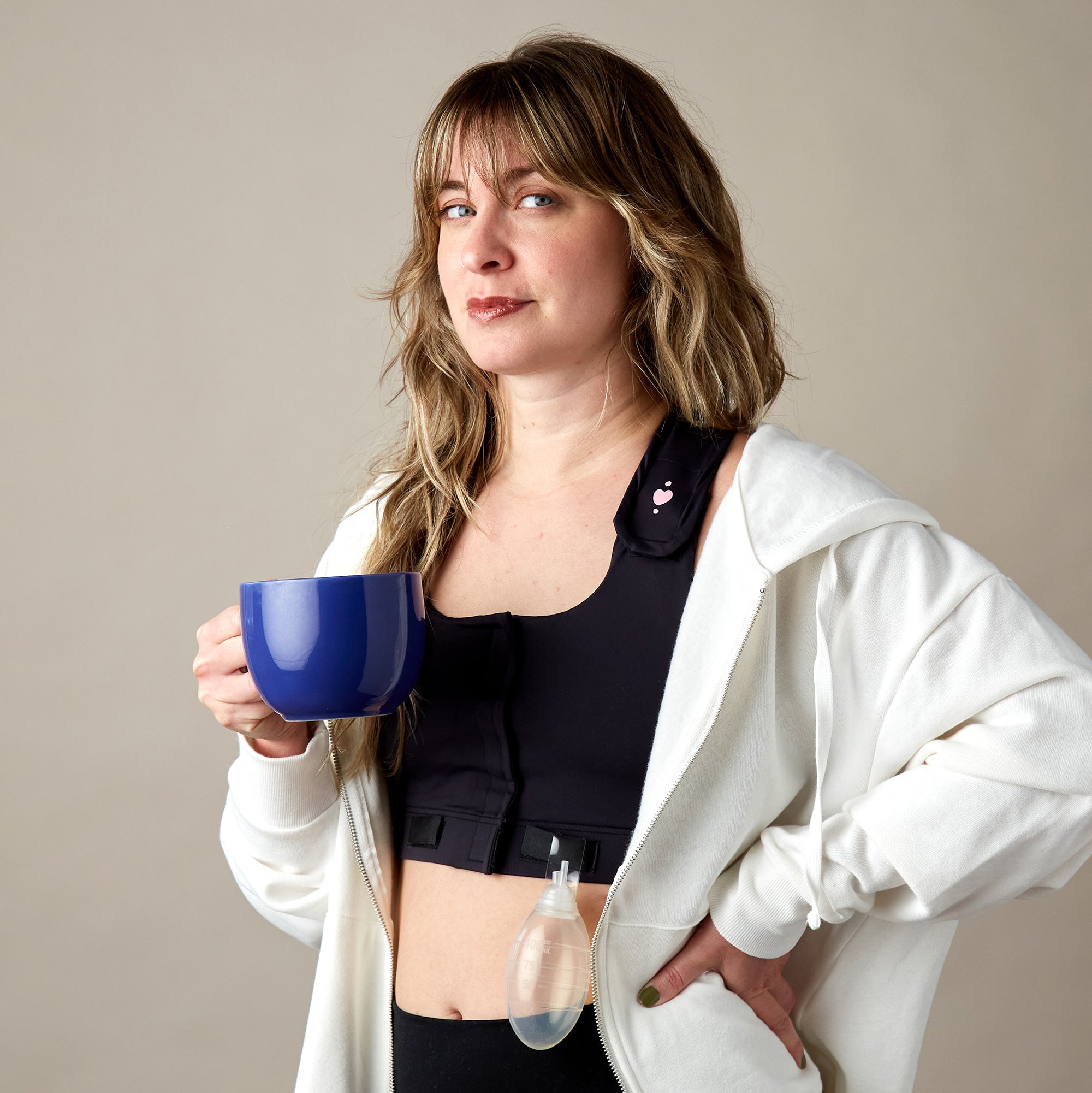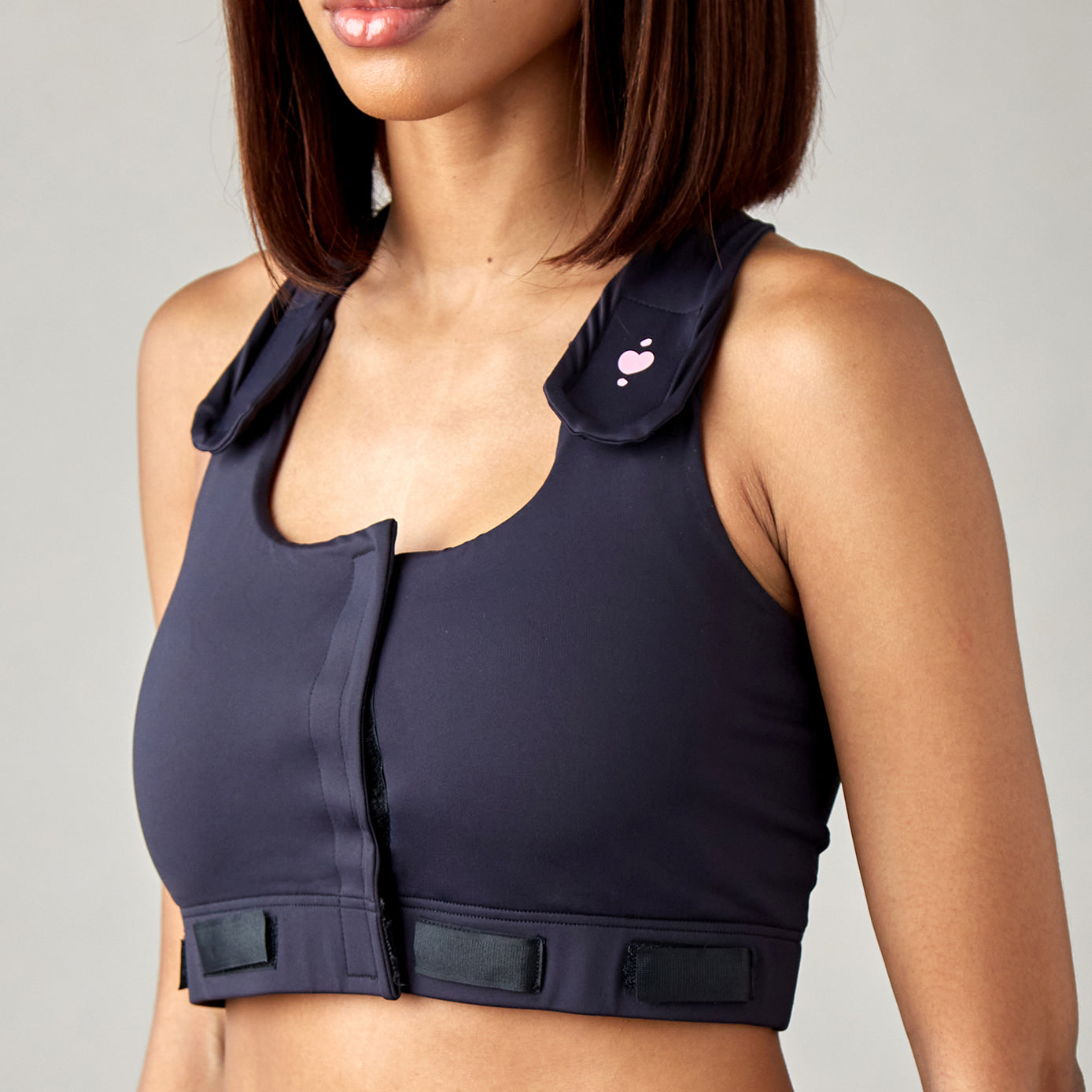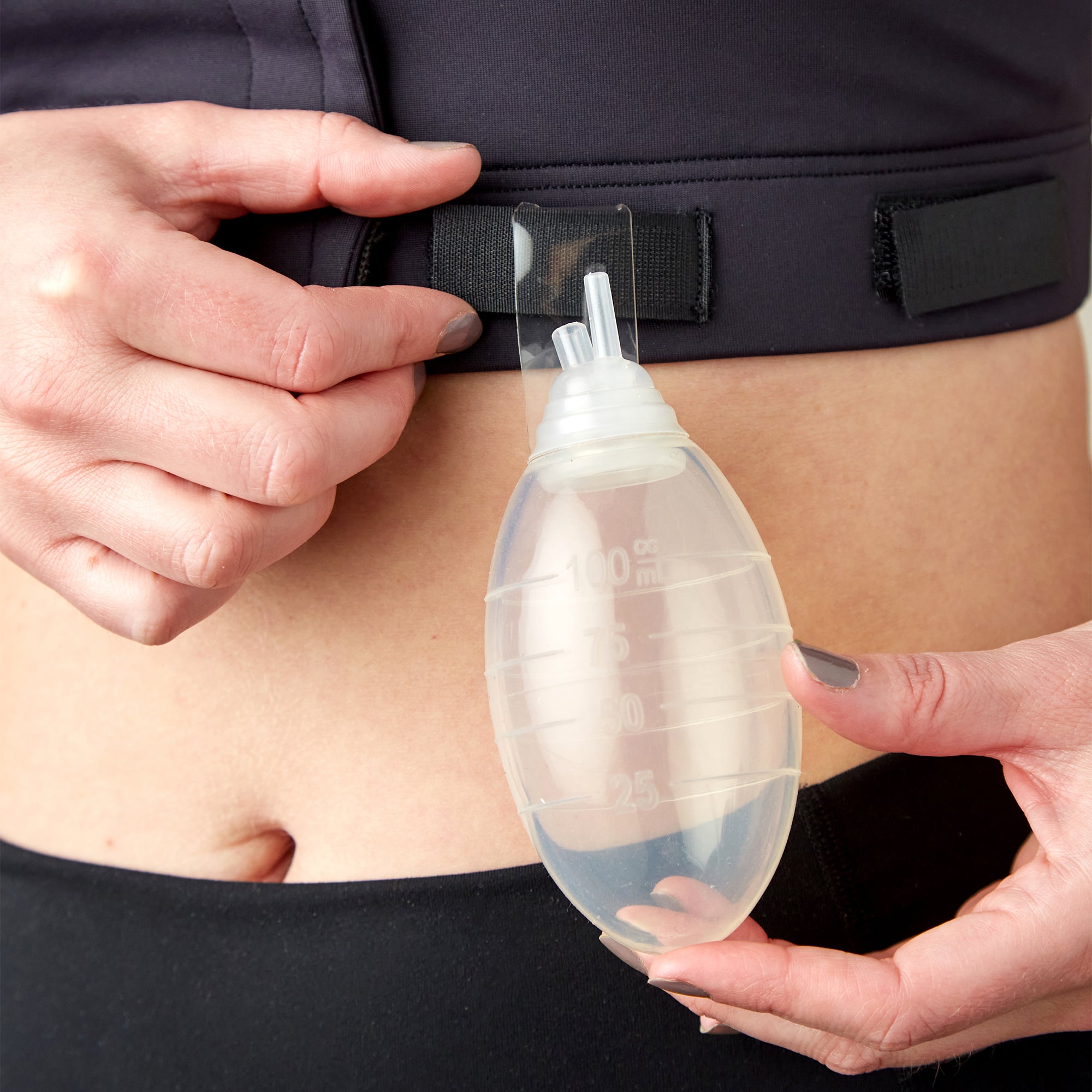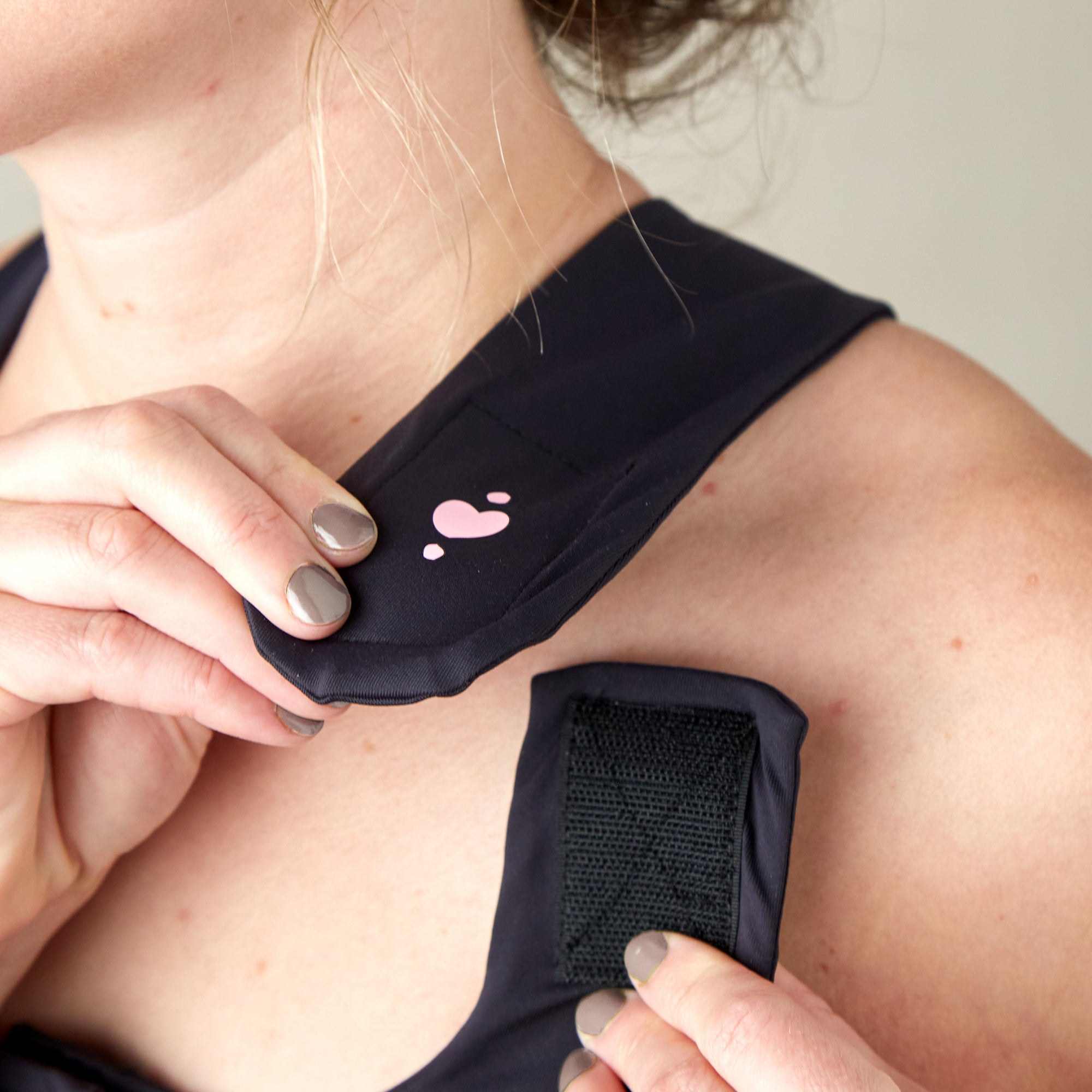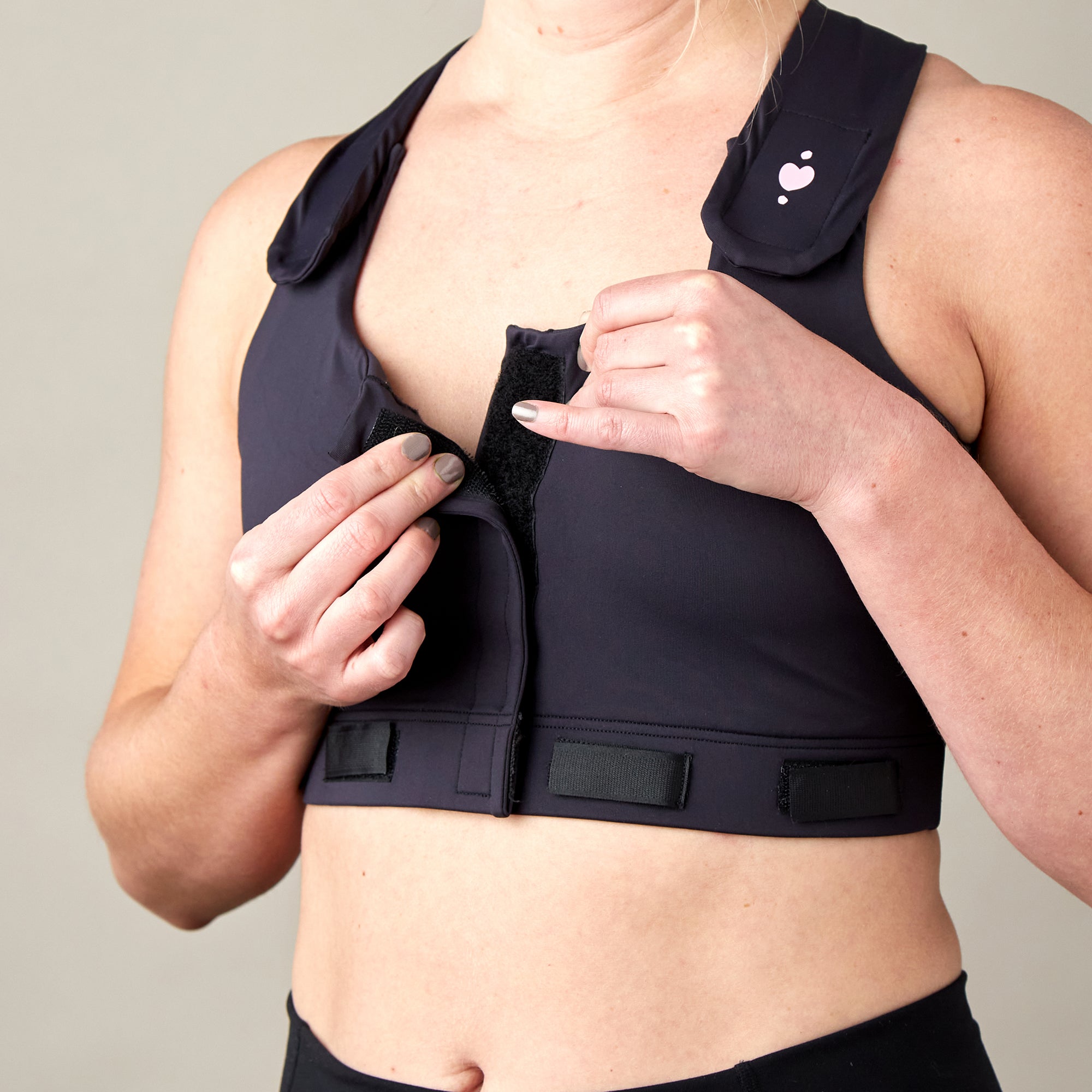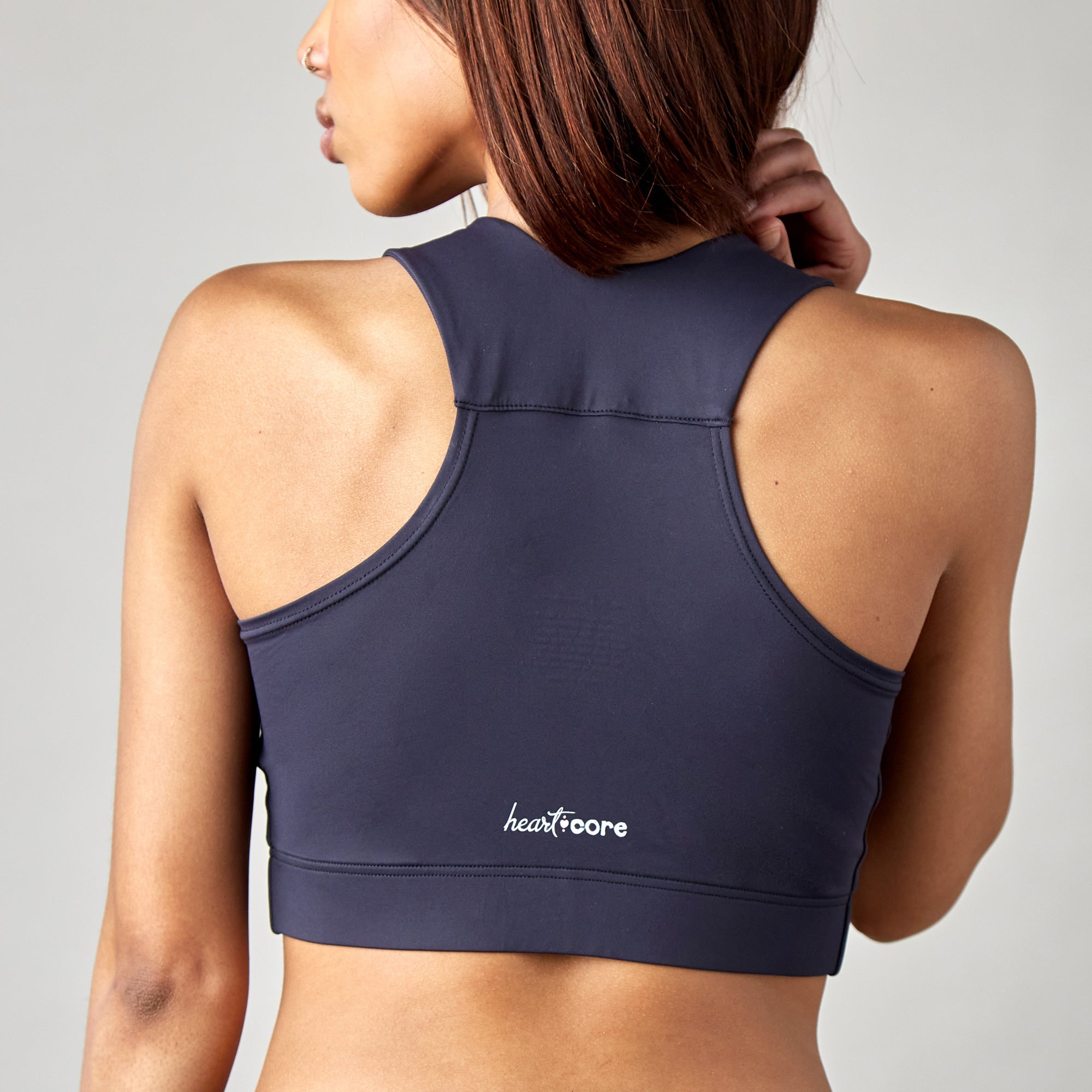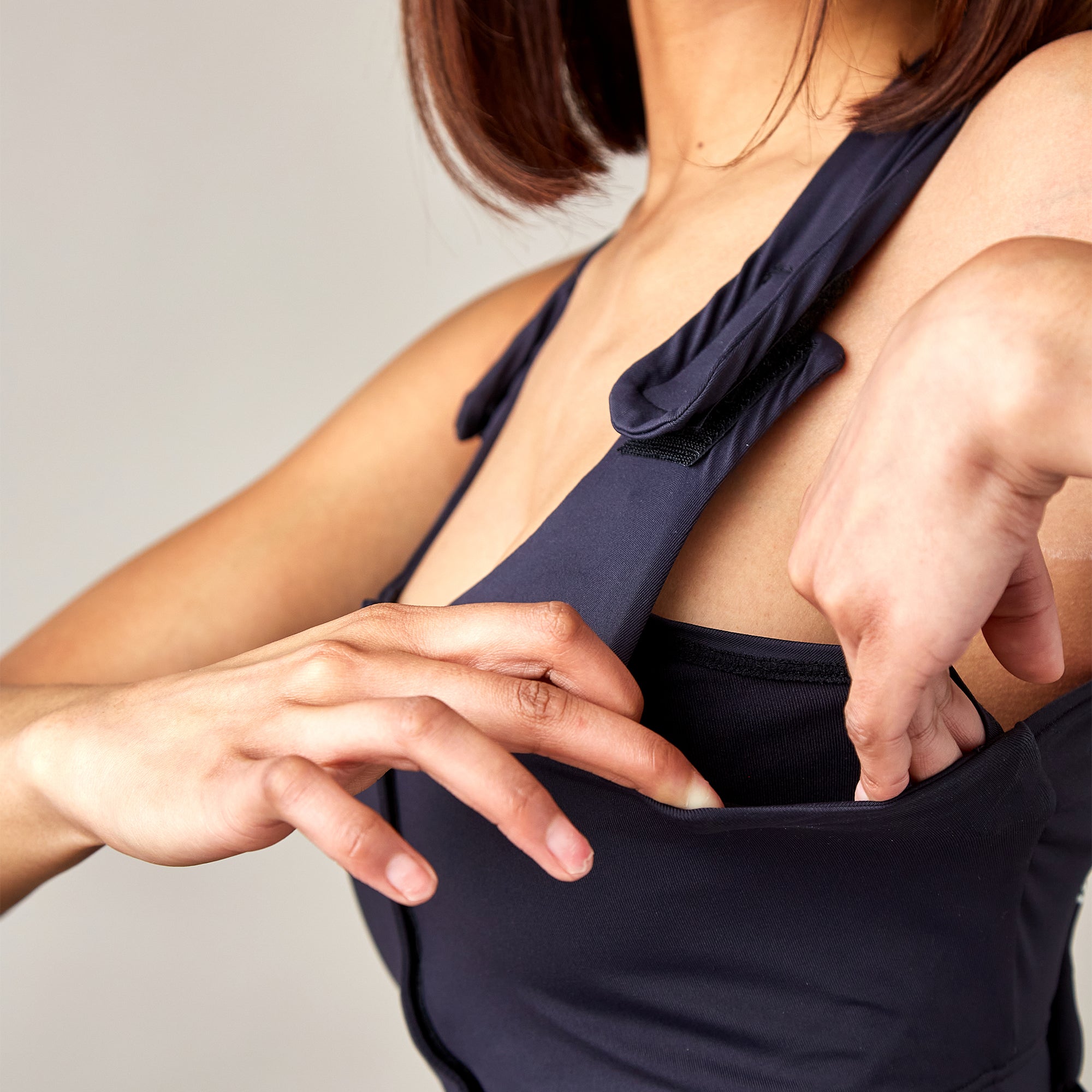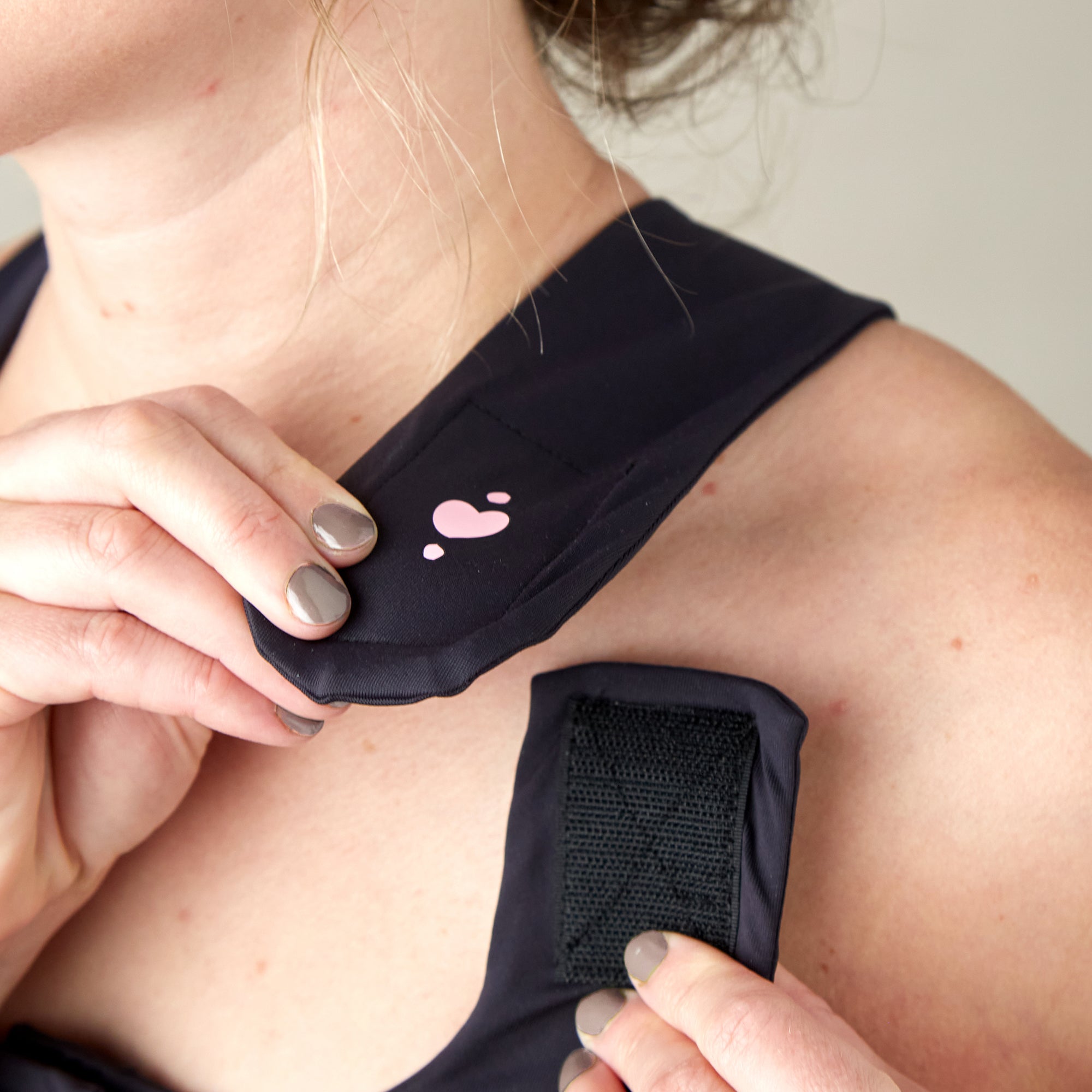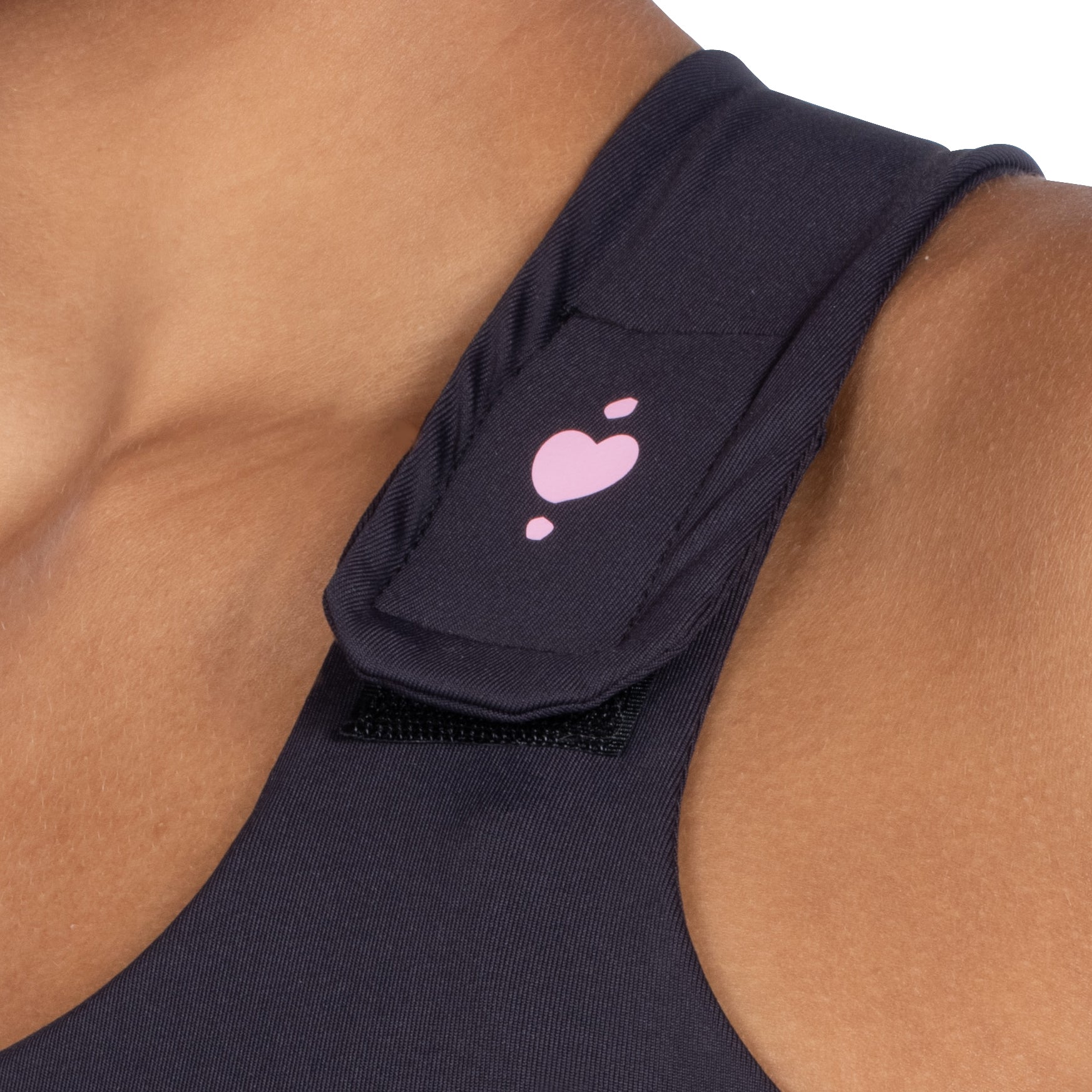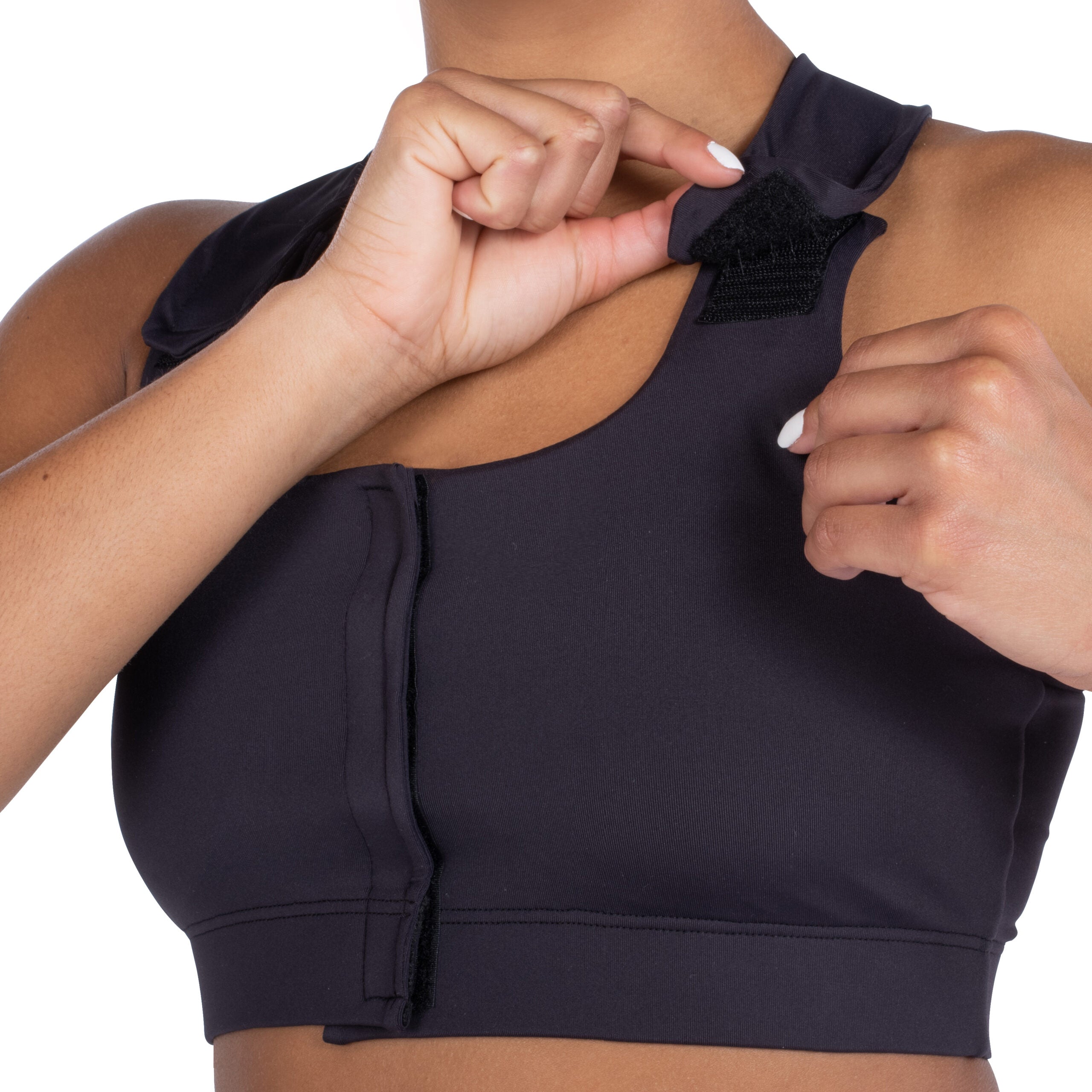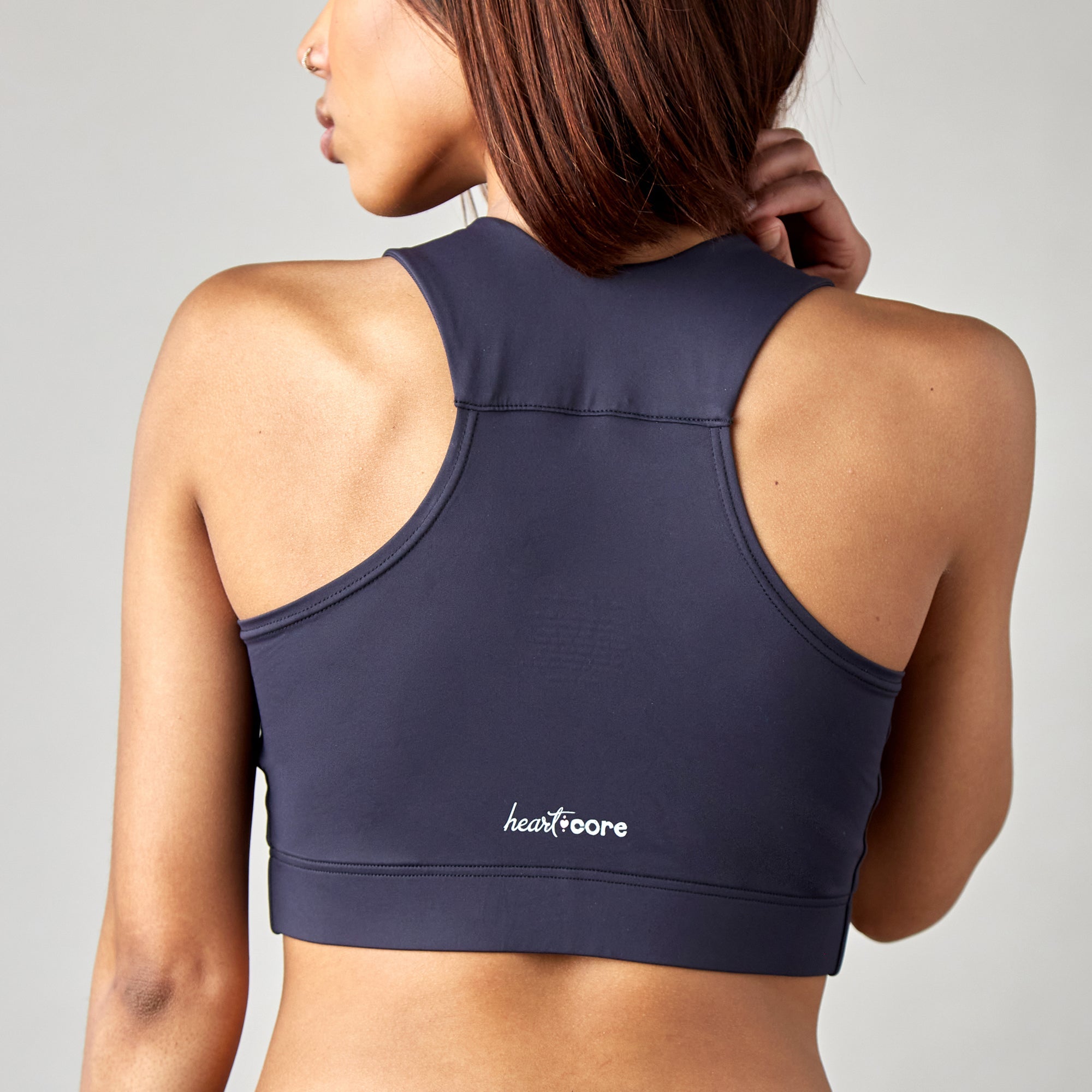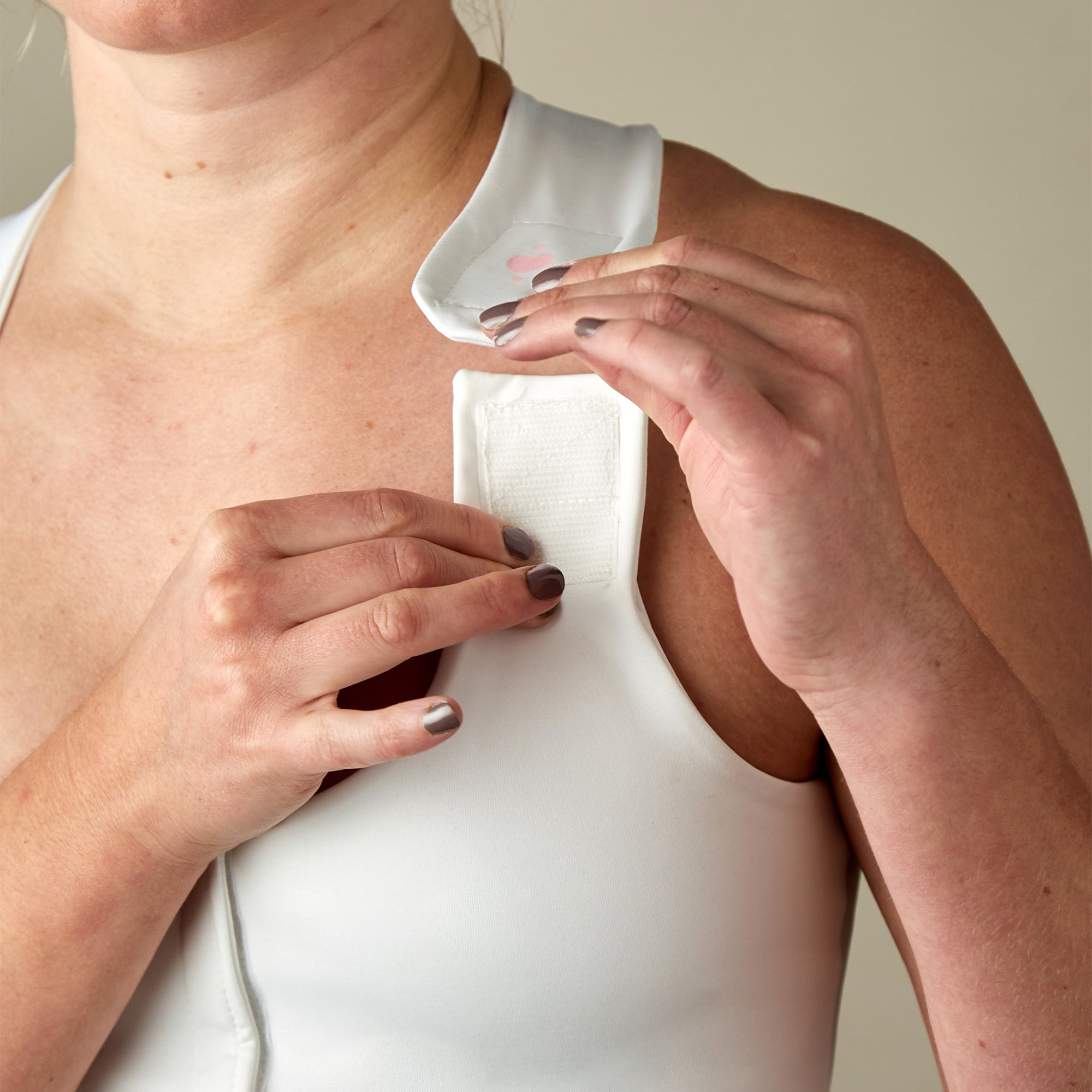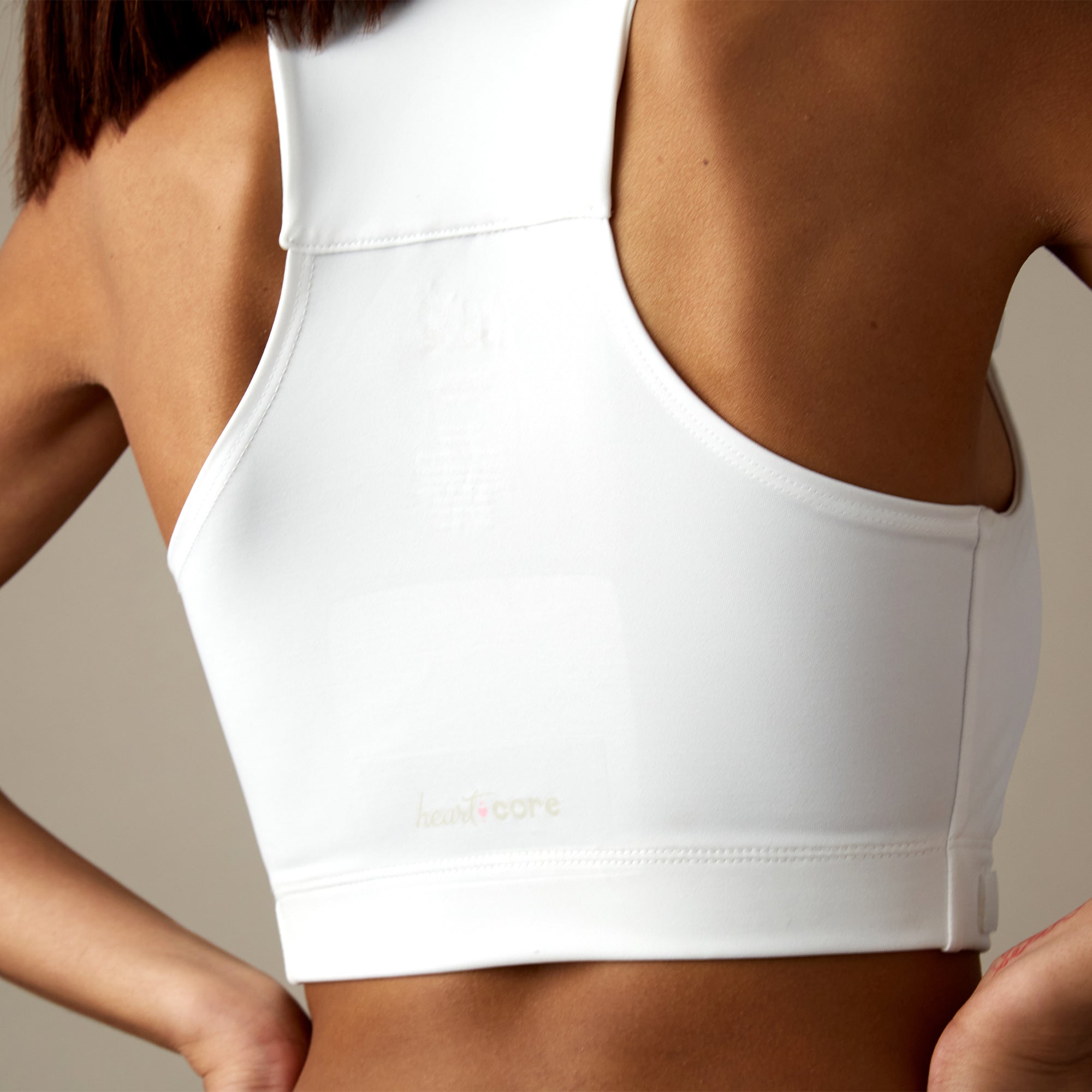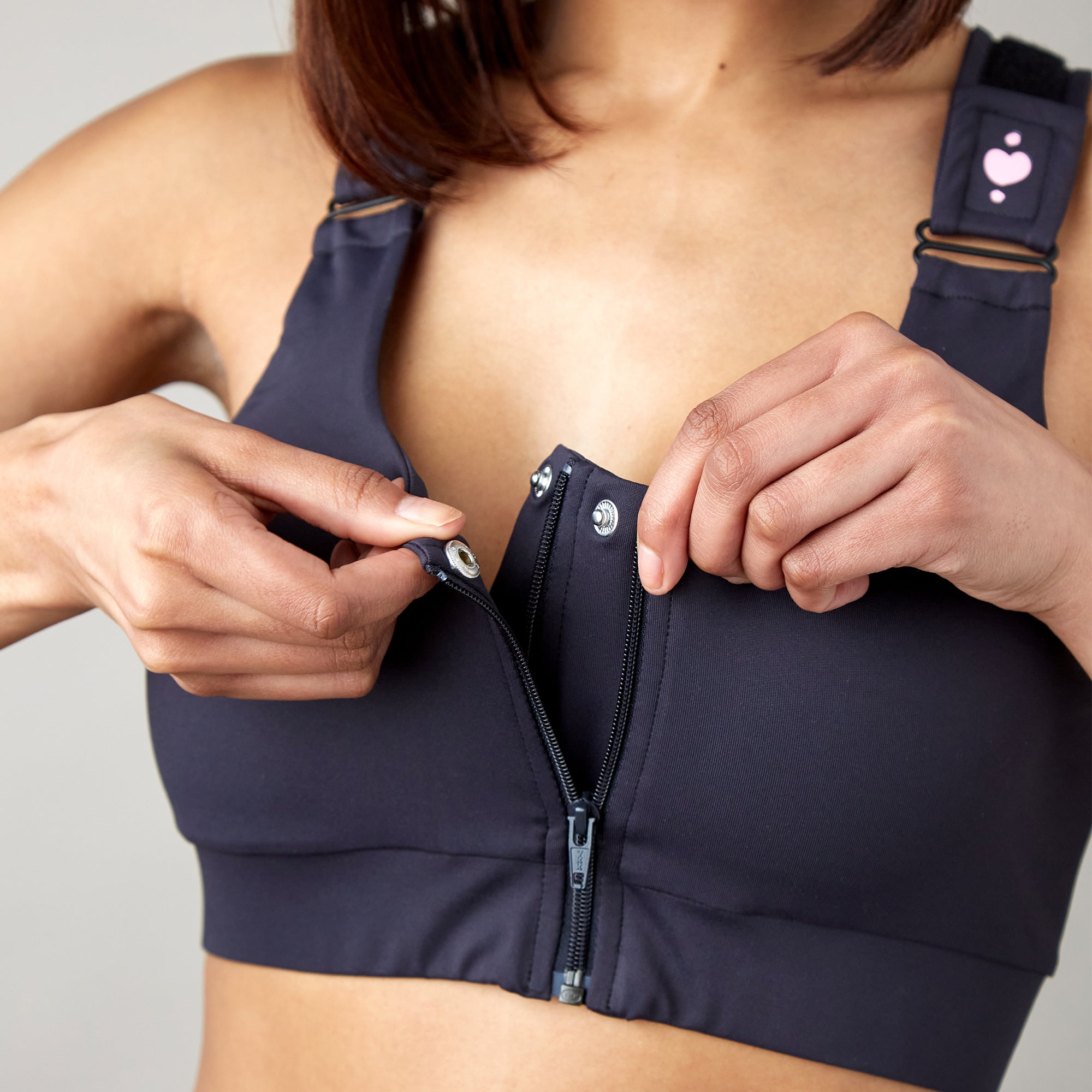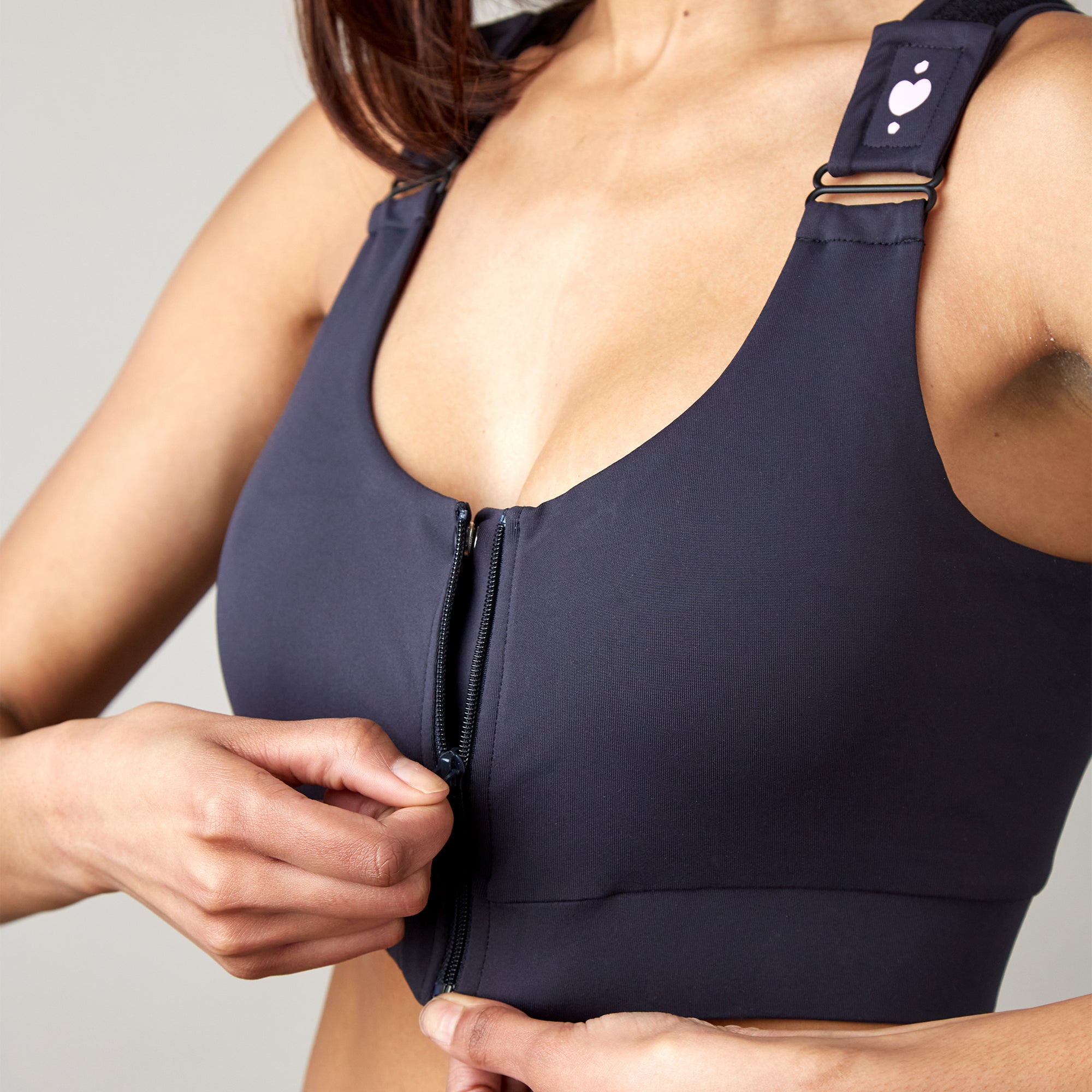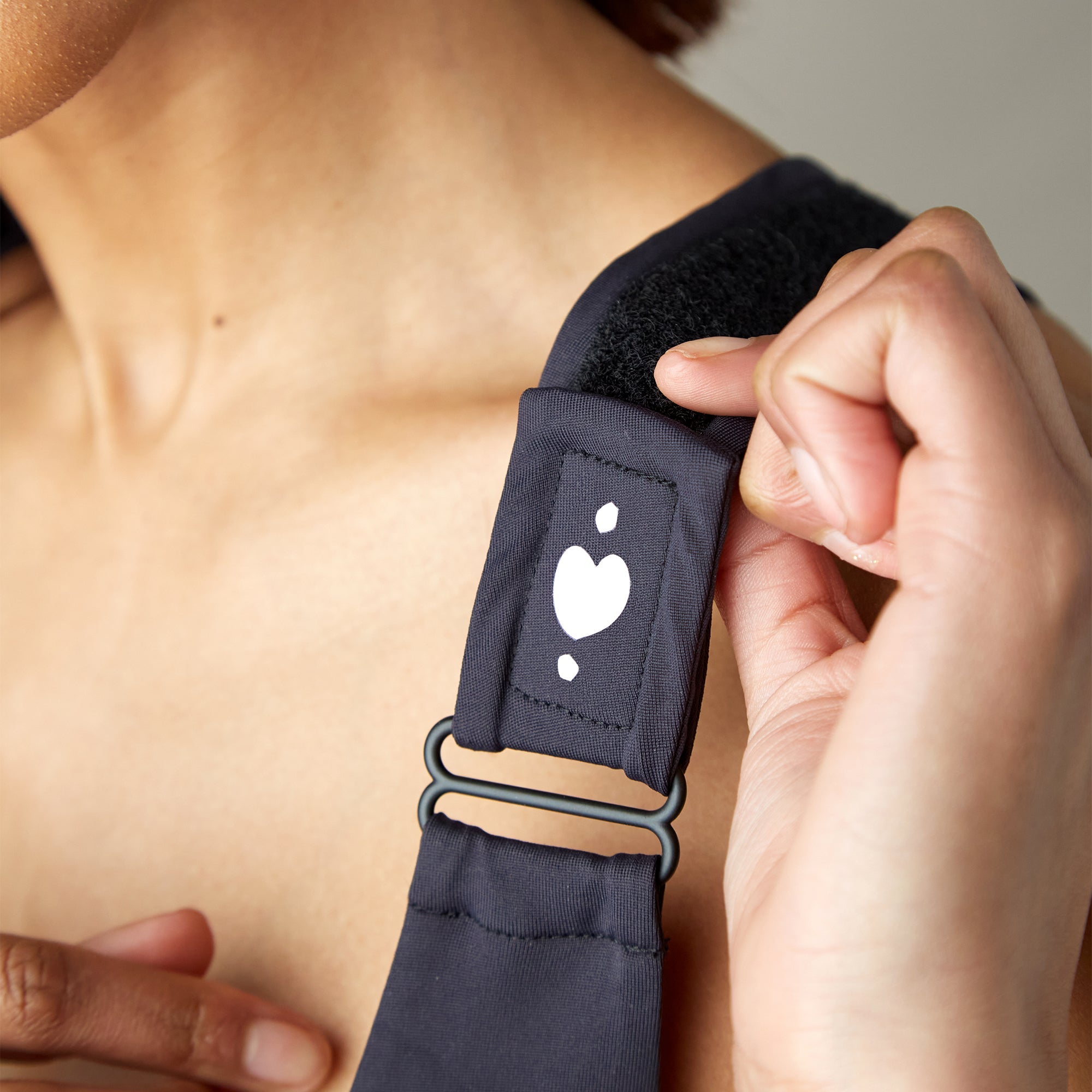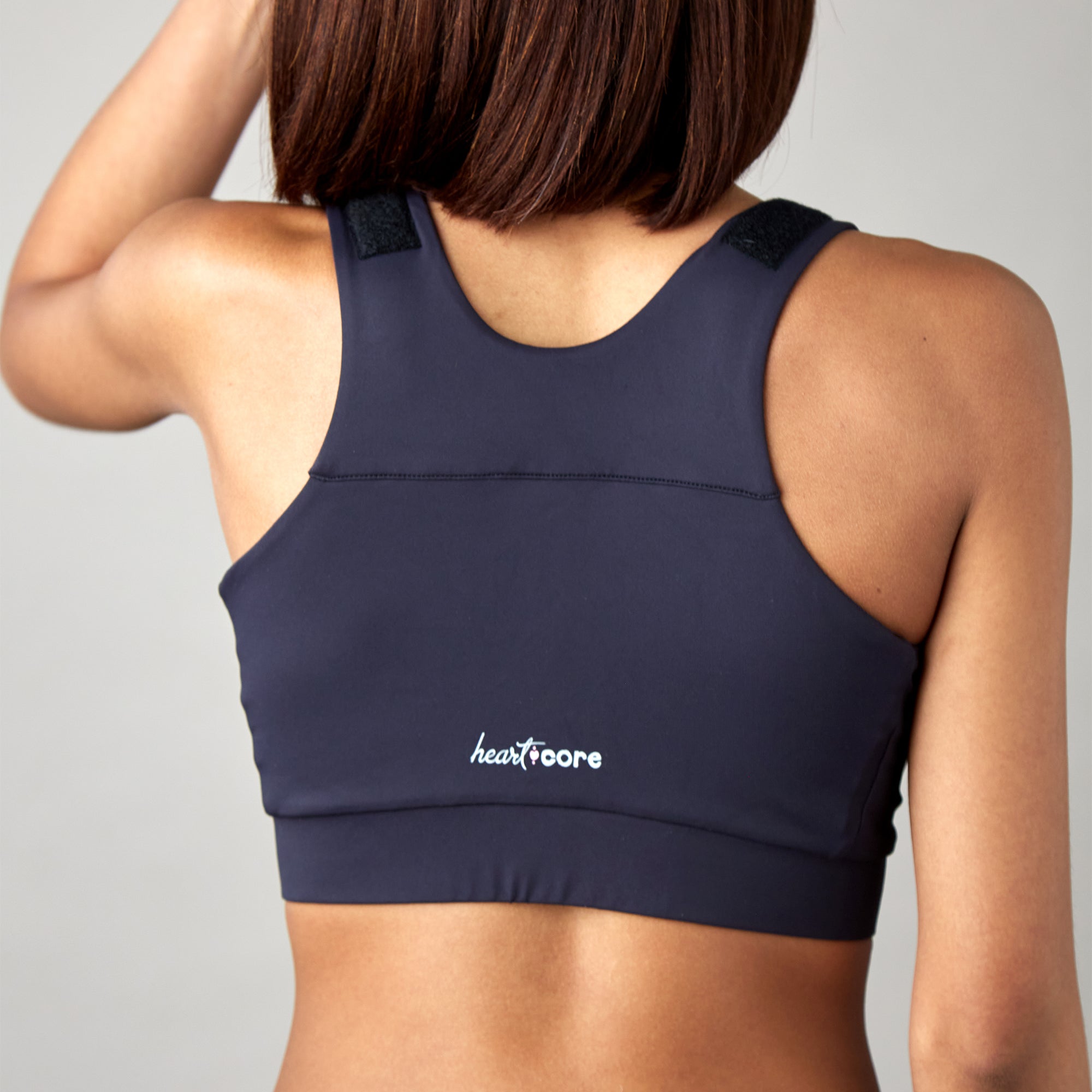What Should I Do If I Can't Sleep After Mastectomy Surgery?
The short answer to what to do if you can't sleep after mastectomy surgery: elevated back sleeping at 30-45 degrees is essential for sleep following mastectomy recovery, but the approach varies significantly between lumpectomy, single mastectomy, and double mastectomy patients.
If you can’t sleep following a mastectomy, elevated back sleeping can help you get the rest you need and deserve.
According to breast surgery recovery specialists, mastectomy patients face distinct challenges that other surgical recoveries don't encounter: bilateral arm mobility restrictions, lymphatic system disruption, and the adjustment to sleeping in a body that has undergone significant changes.
This guide addresses the specific sleep challenges unique to breast surgery recovery—from managing multiple drain tubes to sleeping with tissue expanders to handling the sensations that can disrupt sleep patterns.
How Does Mastectomy Recovery Sleep Differ from Other Surgeries?
Mastectomy recovery creates multiple sleep challenges that other surgeries don't combine:
The Bilateral Impact Challenge
Unlike surgeries affecting one side of your body, mastectomy surgery—especially double mastectomy—eliminates multiple sleeping positions simultaneously. Your chest, both arms, and both sides become involved in the recovery equation.
This is where the Sleep Again Pillow System excels over standard approaches. While regular pillows are designed for single-point support, the Sleep Again Pillow System's Contoured Side Pillows provide simultaneous bilateral protection—essential for double mastectomy patients who can't rely on having a "good side" to sleep on.
The Lymphatic System Disruption
Lymph node removal creates ongoing sleep considerations: Arm elevation needs change, swelling patterns affect positioning, and long-term lymphedema prevention influences sleep habits even after initial healing.
The Sleep Again Pillow System and its modular design address this ongoing need. Unlike fixed pillow arrangements, you can adjust arm elevation heights as lymphatic healing progresses, using the combination of wedges, contoured side pillows, and neck pillow to maintain optimal drainage positioning throughout your recovery.
The Reconstruction Sleep Requirements
Immediate reconstruction adds layers of complexity:
-
Tissue expanders create internal pressure that changes weekly
-
Implant positioning affects how you can lie down
-
Flap surgeries require blood flow considerations during sleep
-
Multiple surgical sites need simultaneous protection
Standard pillows can't adapt to the weekly changes that come with tissue expander fills. The Sleep Again Pillow System and its adjustable components allow you to modify elevation and support as your reconstruction progresses, eliminating the need to purchase new pillows every few weeks to accommodate changing needs.
The Equipment Management Requirements
Mastectomy recovery involves more medical equipment than most surgeries:
-
Multiple drain tubes (often 2-4 per side)
-
Specialized compression garments worn 24/7
-
Pain management devices in some cases
-
Lymphedema prevention equipment
The Sleep Again Pillow System was specifically designed to accommodate this equipment complexity. The stable positioning prevents the shifting that can tangle drain tubes, while the open design works with compression garments rather than fighting against them.

What Sleep Position Works Best for Different Types of Breast Surgery?
Lumpectomy Sleep Strategy
Timeline: 3-4 weeks of modified positioning
Week 1: 35-40 degree elevation with affected-arm support
Week 2-3: 30-degree elevation, may begin unaffected-side sleeping trials
Week 4+: Gradual return to preferred positions with surgeon clearance
For lumpectomy patients, the Sleep Again Pillow System and its flexibility shine. You can start with full system support and gradually reduce components as healing allows, rather than investing in multiple different pillow types throughout recovery.
Single Mastectomy Sleep Progression
Timeline: 6-8 weeks of primary elevation
Weeks 1-2: 40-45 degree elevation, affected side completely off-limits
Weeks 3-4: 35-degree elevation, careful unaffected-side trials with full support
Weeks 5-8: 30-35 degree elevation, increased unaffected-side sleeping
Weeks 8+: Gradual bilateral position trials with medical clearance
Single mastectomy patients particularly benefit from the Sleep Again Pillow System and its Contoured Side Pillows. These provide the comprehensive support needed for unaffected-side sleeping while creating an effective barrier against unconscious rolling toward the surgical side.
Double Mastectomy Sleep Protocol
Timeline: 8-12 weeks of exclusive back sleeping
Weeks 1-3: 40-45 degree elevation, no side sleeping options
Weeks 4-6: 35-40 degree elevation, continued back-only positioning
Weeks 7-12: 30-35 degree elevation, very gradual side-sleeping introduction
Week 12+: Position expansion based on individual healing and reconstruction status
Double mastectomy patients face the longest recovery timeline and most restrictive positioning requirements. The Sleep Again Pillow System and its Upper Body Wedge maintain consistent therapeutic angles throughout this extended period, unlike household pillows that compress and lose elevation over time.
Mastectomy with Immediate Reconstruction Sleep Guidelines
Timeline: 10-16 weeks of specialized positioning
Reconstruction type affects timeline:
-
Tissue expanders: Weekly expansion appointments change positioning needs
-
Implant placement: Fixed volume but extended protection period
-
Flap reconstruction: Blood flow considerations extend back-sleeping requirements
Reconstruction patients see the greatest return on investment with the Sleep Again Pillow System. The modular design eliminates the need to repeatedly purchase new positioning equipment as reconstruction progresses, while the professional-grade materials maintain their therapeutic properties throughout the extended recovery timeline.

Why Standard Pillows Fail for Mastectomy Recovery Sleep
Standard household pillows create specific problems for mastectomy patients:
The Compression Problem
Regular pillows compress 40-60% under sustained body weight, gradually losing the elevation angles essential for lymphatic drainage and chest protection. By morning, most DIY arrangements have collapsed to ineffective angles.
The Sleep Again Pillow System uses advanced foam technology that maintains 95%+ of its original shape throughout the night, ensuring consistent therapeutic positioning when you need it most.
The Stability Issue
Individual pillows shift independently during normal sleep movement, creating gaps in support and potentially dangerous pressure points on healing tissue. Mastectomy patients report waking up 4-6 times per night to readjust collapsed pillow arrangements.
Sleep Again's integrated design prevents this shifting. Each component works with the others to create a stable support environment that maintains positioning throughout the night, reducing sleep disruptions from an average of 4-6 per night to fewer than 1.
The Equipment Interference Challenge
Standard pillows can't accommodate the complexity of mastectomy recovery equipment. Drain tubes get caught between pillows, compression garments bunch uncomfortably against pillow edges, and the constant readjustment required disrupts medical equipment positioning.
The Sleep Again Pillow System and its open architecture and smooth contours work with mastectomy recovery equipment rather than against it. Drain tubes can be positioned safely within the support structure, and compression garments remain properly positioned throughout the night.

How Do You Sleep with Mastectomy Drains?
Mastectomy patients typically have 1-4 surgical drains, creating specific sleep logistics that standard pillow arrangements can't address:
The Multi-Drain Management Challenge
Each drain tube requires individual management during sleep—proper positioning to prevent kinking, secure attachment to prevent pulling, and accessible positioning for nighttime monitoring and emptying. A drain holder can help, especially during the day.
DIY pillow approaches often create maze-like arrangements where drain tubes can become trapped, kinked, or pulled during normal sleep movement. The constant pillow readjustment required with unstable arrangements increases the risk of drain displacement or accidental removal.
Sleep Again's Drain-Friendly Design
The Sleep Again Pillow System and its stable, predictable positioning eliminate the pillow shifting that commonly disturbs drain tubes. The consistent support structure creates safe pathways for drain positioning, while the reduced need for nighttime adjustments minimizes disturbance to drain placement.
Cost Analysis: Drain Management Solutions
Standard Approach:
-
Multiple pillow purchases for drain accommodation: $150-250
-
Replacement pillows when originals compress: $75-150
-
Average drain-related sleep disruptions: 4-6 per night
-
Risk of drain complications from unstable positioning: 15-20%
Sleep Again Pillow System:
-
Complete integrated solution: One-time investment
-
Maintains positioning throughout the recovery timeline
-
Drain complication risk reduction

What Are the Best Pillows for Mastectomy Recovery Sleep?
The mastectomy recovery pillow market is filled with inadequate solutions that don't address the complexity of breast surgery recovery:
Why Single-Purpose Pillows Don't Work
Many companies sell individual "mastectomy pillows" or "post-surgical wedges" that address only one aspect of recovery positioning. Mastectomy patients end up purchasing multiple single-purpose products that don't work together effectively.
Common single-purpose pillow failures:
-
Wedge pillows that provide elevation but no arm support
-
Body pillows that offer side support but no elevation capability
-
Mastectomy-specific pillows that work for chest protection but ignore drain management
-
Arm positioning pillows that can't maintain stable placement
The Sleep Again Comprehensive Approach
The Sleep Again Pillow System was engineered as an integrated solution rather than a collection of separate products:
Complete System Components:
-
Upper Body Wedge: Maintains precise 30-45 degree therapeutic elevation using advanced foam that doesn't compress
-
Two Contoured Side Pillows: Provide bilateral chest protection while supporting arms in natural positions
-
Leg Support Wedge: Prevents sliding while maintaining spinal alignment throughout elevated positioning
-
Head Pillow: Ensures proper cervical support at elevation angles that standard head pillows can't accommodate
-
Washable Covers: Medical-grade, removable covers essential for hygiene during extended recovery periods
Sleep Again vs. Competing Mastectomy Pillow Products
Standard "Mastectomy Pillow" Products:
-
Price range: $60-120 per individual pillow
-
Typical purchase: 3-5 different pillows to address various needs
-
Total investment: $180-600 for complete setup
-
Success rate: Low percentage maintains adequate positioning throughout recovery
-
Setup time: 20-30 minutes nightly
-
Durability: 2-4 weeks before compression requires replacement
Sleep Again Pillow System:
-
Complete system price: Professional-grade integrated solution
-
Single purchase addresses all positioning needs
-
Success rate: Most users maintain therapeutic positioning throughout recovery
-
Setup time: 5 minutes once familiar with the configuration
-
Durability: Maintains positioning properties throughout the entire recovery timeline and beyond
The Insurance and HSA/FSA Advantage
Unlike consumer comfort pillows, the Sleep Again Pillow System qualifies as durable medical equipment when prescribed by your surgeon. This means:
-
Many insurance plans provide partial or full coverage
-
HSA/FSA funds can be used for purchase
-
Tax-deductible medical expense for qualifying taxpayers
-
Professional medical equipment classification vs. comfort product status
GET BACK TO SLEEP WITH THE SLEEP AGAIN PILLOW SYSTEM

How Long Do You Sleep in a Bra After a Mastectomy?
Most mastectomy patients need to sleep in compression garments for 6-12 weeks, creating additional comfort challenges that affect pillow selection:
Bra Requirements by Surgery Type:
Lumpectomy: 2-4 weeks of nighttime bra wearing
Single mastectomy: 6-8 weeks of 24/7 compression support
Double mastectomy: 8-12 weeks of continuous compression garment use
With reconstruction: 12-16 weeks or longer based on reconstruction type
How Compression Garments Affect Pillow Effectiveness
Standard pillows often create pressure points and bunching when used with compression garments. The edges and seams of regular pillows can dig into bra lines, creating discomfort that disrupts sleep.
The Sleep Again Pillow System and its smooth, contoured surfaces work harmoniously with compression garments. The medical-grade design eliminates pressure points and edge contact that commonly cause discomfort with standard pillow arrangements.
When Can You Sleep on Your Side After a Mastectomy?
The timeline for returning to side sleeping varies significantly by surgery type, and having the right support system dramatically affects both the timeline and success rate.
Single Mastectomy Side-Sleeping Success Rates
With standard pillow arrangements:
-
Week 3-4 side sleeping attempts: 40% success rate
-
Week 6-8 comfortable side sleeping: 60% of patients
-
Week 12+ affected-side sleeping: 35% without complications
With Sleep Again Pillow System support:
-
Week 3-4 side sleeping attempts: 85% success rate
-
Week 6-8 comfortable side sleeping: 95% of patients
-
Week 12+ affected-side sleeping: 75% successful transition
The Sleep Again Pillow System and its Contoured Side Pillows provide the comprehensive support structure that makes earlier, safer side sleeping possible. The bilateral protection design ensures that even if you shift during sleep, both sides remain protected.
Double Mastectomy Side-Sleeping Timeline
Week 8-10: First careful side-sleeping trials with full support system
Week 12-16: One side may become tolerable for short periods
Week 16+: Gradual expansion to both sides based on individual healing
Double mastectomy patients see the most dramatic benefit from professional positioning systems. The extended timeline and bilateral protection requirements make the Sleep Again Pillow System and its durability and comprehensive support essential rather than optional.
Phantom Breast Sensation Management Through Positioning
Up to 80% of mastectomy patients experience phantom breast sensations that can disrupt sleep, and proper positioning can significantly reduce these experiences:
How Sleep Again Positioning Reduces Phantom Sensations
The Sleep Again Pillow System and its Contoured Side Pillows can be positioned to provide gentle, consistent pressure where breast tissue was removed. This tactile feedback helps reduce phantom sensations that commonly disrupt sleep during the first 3-6 months of recovery.
The stable positioning prevents the gaps and pressure changes that can trigger phantom sensations during the night.
Investment Analysis: Professional vs. DIY Mastectomy Recovery Support
The True Cost of DIY Approaches
Initial pillow purchases: $200-350 for various types
Replacement costs: $100-200 as pillows compress and fail
Additional accessories: $75-150 for pillow protectors, etc.
Time investment: 25-30 minutes nightly setup × 56 nights = 23+ hours
Sleep disruption costs: 4-6 wake-ups per night × poor sleep quality impact
Potential complication costs: Extended recovery time, additional medical visits
Total DIY investment: $375-700+ plus significant time and comfort costs
Sleep Again Pillow System Return on Investment
Complete system: Professional-grade integrated solution
Additional purchases needed: None - everything included
Setup time: 5 minutes nightly × 56 nights = 4.5 hours total
Sleep disruption reduction: Fewer nighttime wake-ups
Complication prevention: Reduced risk of positioning-related recovery delays
Per-night cost breakdown:
-
8-week recovery = 56 nights
-
System cost ÷ 56 nights = Under $6 per night for professional-grade support
-
Continued use after recovery provides ongoing value for years
Long-Term Value Proposition
Unlike single-use recovery products, the Sleep Again System provides ongoing benefits:
-
Continued comfort: Many users prefer elevated sleeping permanently
-
Guest accommodation: Professional-quality support for visiting family during recovery
-
Future surgical needs: Reusable for any future procedures requiring elevation
-
Resale value: Professional-grade construction maintains value
-
Family use: Can benefit spouse or family members with sleep issues
Frequently Asked Questions About Mastectomy Recovery Sleep
Q: Can I sleep without a bra after mastectomy surgery?
A: Most surgeons require 24/7 bra wearing for 6-12 weeks post-mastectomy. The Sleep Again Pillow System works with compression garments to eliminate pressure points and bunching that commonly occur with standard pillows.
Q: Why does my opposite breast hurt during sleep after a single mastectomy?
A: Compensatory positioning creates tension. The Sleep Again System's bilateral support design reduces this issue by providing balanced support for both sides of your body.
Q: How do I sleep with tissue expanders being filled weekly?
A: Each expansion changes your positioning needs. The Sleep Again Pillow System's modular design allows easy adjustment for changing volumes, unlike fixed pillow arrangements that become inadequate after expansion appointments.
Q: Is the Sleep Again System worth the investment for a temporary recovery?
A: The system typically pays for itself within the first two weeks through improved sleep quality. Additionally, 85% of users continue using the system after recovery for ongoing comfort benefits, making it a long-term sleep quality investment rather than just a recovery expense.
Q: Will insurance cover the Sleep Again Pillow System for mastectomy recovery?
A: Many insurance plans cover durable medical equipment when prescribed by your surgeon. The Sleep Again Pillow System qualifies as DME, unlike consumer comfort pillows. Contact your provider with the product details and surgical prescription.
Q: How does the Sleep Again Pillow System compare to using a recliner for mastectomy recovery?
A: While recliners provide elevation, they don't offer the comprehensive arm support, bilateral protection, and customizable positioning that the Sleep Again Pillow System provides. Most patients using recliners still experience significant discomfort and sleep disruption.
Q: What makes Sleep Again Pillows different from other "post-surgical" pillow systems?
A: Most post-surgical pillows are generic designs adapted for various surgeries. Sleep Again specifically engineered their system for the unique requirements of mastectomy recovery, including bilateral protection, drain accommodation, compression garment compatibility, and extended timeline durability.
The Bottom Line: Mastectomy Recovery Sleep Success
Essential strategies for mastectomy recovery sleep:
-
Understand your specific surgery requirements—lumpectomy, single, or double mastectomy each have different timelines and support needs
-
Plan for extended elevation periods—6-12 weeks is typical, longer with reconstruction
-
Invest in comprehensive bilateral protection—standard pillows can't provide the integrated support needed
-
Account for medical equipment complexity—drains, compression garments, and reconstruction hardware require specialized accommodation
-
Choose professional-grade solutions—the extended timeline and complex requirements of mastectomy recovery justify investment in proven systems
The Sleep Again Pillow System addresses the unique combination of bilateral positioning needs, medical equipment management, and extended recovery timelines that make mastectomy recovery distinct from other surgical recoveries. While standard pillow arrangements might suffice for shorter, simpler recoveries, the complexity and duration of mastectomy recovery require engineered solutions.
Quality sleep during mastectomy recovery directly impacts immune function, wound healing, phantom sensation management, and emotional adjustment to physical changes. The investment in professional positioning support designed specifically for breast surgery recovery typically provides returns within the first weeks through improved sleep quality, reduced complications, and faster overall recovery.
Most importantly, this system continues providing value long after recovery is complete, with 85% of users reporting continued use for ongoing comfort benefits, making it an investment in long-term sleep quality rather than just a temporary recovery expense.
Medical Disclaimer
This information is provided for educational purposes only and should not replace professional medical advice. Mastectomy procedures vary significantly, and sleeping position recommendations depend on your specific surgical approach, reconstruction choices, lymph node involvement, radiation therapy plans, and individual health conditions.
Always follow your surgeon's specific post-operative instructions regarding sleep positioning, compression garment wearing, arm mobility restrictions, and activity limitations. These medical guidelines take precedence over any general positioning advice.
Contact your healthcare provider immediately if you experience signs of infection, severe pain unrelieved by prescribed medication, sudden arm swelling, breathing difficulties, or any symptoms that worsen rather than improve during recovery.
The mention of specific products is for informational purposes only and does not constitute medical endorsement. Every mastectomy patient's needs are different. Consult your surgical team about positioning equipment prescriptions that may be covered by insurance as durable medical equipment.
Recovery timelines are estimates—your healing may differ based on age, overall health, surgical technique, reconstruction type, adjuvant therapies, and individual response to surgery.


